





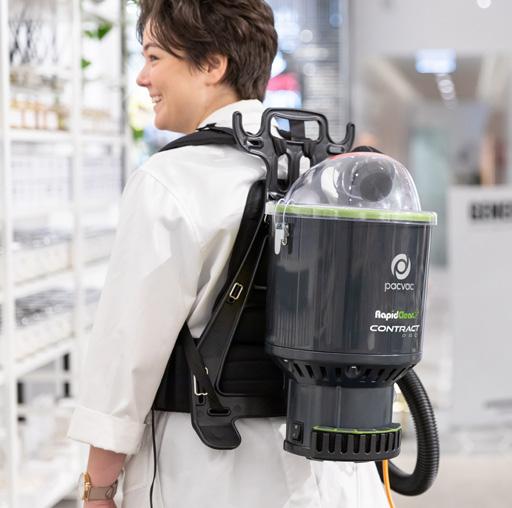
14 Locally Owned Cleaning Supply Stores Across New Zealand www.rapidclean.co.nz | 0508 727 433 DELIVERING SUSTAINABLE HYGIENE INFORMATION www.incleanmag.co.nz May 2023
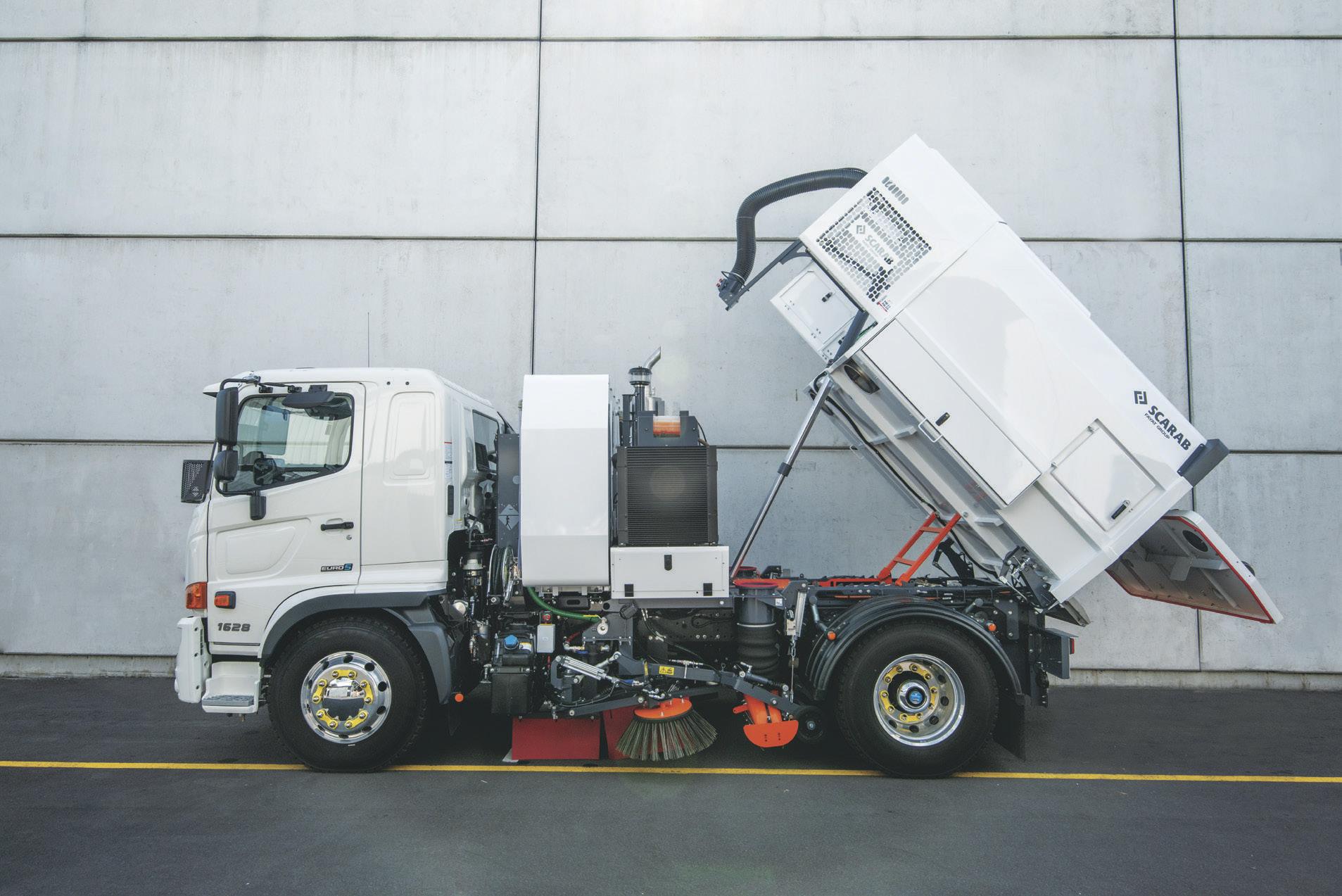



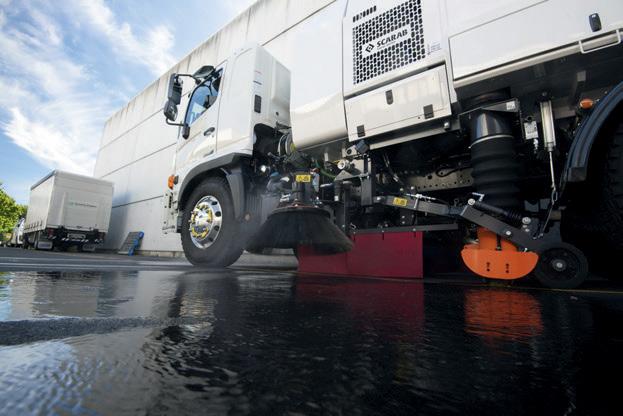
World’s best street sweeper, now in NZ! Introducing Our State-of-the-Art Street Sweeper 100% KIWI OWNED AND OPERATED Removing Dust, Debris, and Dirt for Sparkling Clean Streets Environmentally Friendly Solutions for a Greener Future Enhancing Safety and Aesthetics in Your Community Reliable and Efficient Service for a Tidy neighbourhood 09 358 3881 8 Stanway Place, Ellerslie, Auckland 1051 info@cleaningsupplies.net.nz 0800 2 NZ CLEAN www.cleaningsupplies.net.nz
INCLEAN NZ is published by The Intermedia Group Pty Ltd on behalf of ISSA – The Worldwide Cleaning Industry Association. 41 Bridge Road, Glebe NSW 2037 Australia
PUBLISHER:
Simon Cooper
MANAGING EDITOR:
Claire Hibbit
E: chibbit@intermedia.com.au

P: +61 2 8586 6140
ADVERTISING MANAGER:
Samantha Ewart
E: sewart@intermedia.com.au
P: +61 2 8586 6106
PRODUCTION MANAGER:
Jacqui Cooper
PRODUCTION ASSISTANT:
Natasha Jara
ART DIRECTOR:
Chris Papaspiros
NEW ZEALAND SUBSCRIPTION RATE:
12 months (4 issues) – NZD $44.00 (inc GST)
To subscribe call +61 1800 651 422
E: subscriptions@intermedia.com.au
Editor’s letter
Investing in training has never been more important for New Zealand cleaning and hygiene companies as they seek to overcome post-pandemic staff shortages.
In fact, according to a report on the future of workforce supply by economic consultancy Sense Partners, New Zealand’s employment rate is at a record high of 69.3 per cent, and the country is experiencing the greatest labour shortage among comparable OECD countries.
An ageing population and declining birth rate mean New Zealand will soon have more people approaching retirement than joining the workforce. The Sense Partners report predicts that the country will be short to the tune of 250,000 workers by 2048 if current trends continue.
INCLEAN NZ is owned by ISSA
ABN: 44 617 407 020
P: +61 2 9890 4951
A: Suite 1, Level 1, 52 O’Connell Street, Parramatta, NSW, 2150 W: www.issa.com
DISCLAIMER: This publication is published by The Intermedia Group Ltd (the “Publisher”). Materials in this publication have been created by a variety of different entities and, to the extent permitted by law, the Publisher accepts no liability for materials created by others. All materials should be considered protected by New Zealand and international intellectual property laws. Unless you are authorised by law or the copyright owner to do so, you may not copy any of the materials. The mention of a product or service, person or company in this publication does not indicate the Publisher’s endorsement. The views expressed in this publication do not necessarily represent the opinion of the Publisher, its agents, company officers or employees. Any use of the information contained in this publication is at the sole risk of the person using that information. The user should make independent enquiries as to the accuracy of the information before relying on that information. All express or implied terms, conditions, warranties, statements, assurances and representations in relation to the Publisher, its publications and its services are expressly excluded. To the extent permitted by law, the Publisher will not be liable for any damages including special, exemplary, punitive or consequential damages (including but not limited to economic loss or loss of profit or revenue or loss of opportunity) or indirect loss or damage of any kind arising in contract, tort or otherwise, even if advised of the possibility of such loss of profits or damages. While we use our best endeavours to ensure accuracy of the materials we create, to the extent permitted by law, the Publisher excludes all liability for loss resulting from any inaccuracies or false or misleading statements that may appear in this publication.
Copyright © 2023 - The Intermedia Group Ltd
And the cleaning industry will not be immune from the challenge. In our training feature in this month’s edition, industry experts weigh in on how cleaning contractors experiencing staff shortages should be working on strategies to upskill their employees to stay ahead of the game and be an employer of choice in today’s highly competitive jobs market.
Also in this issue, we explore how recent high profile ransomware attacks across the ditch have been a stark reminder for cleaning companies that they need a robust cyber security plan in place.
And finally, this edition also takes a look at the increased public awareness of indoor air quality and the growing movement towards more efficient and healthier buildings.
There are a range of factors that can contribute to poor indoor air quality, including inadequate ventilation, chemical pollutants from building materials and cleaning products, and biological contaminants such as mould and bacteria.
We speak to leaders in the indoor air quality space about on the move towards more sustainable building materials, the impact of hazardous building materials on IAQ, as well as the role the cleaning and restoration industries can play in helping prevent any harmful effects.
Claire Hibbit Managing Editor
FOR MORE INDUSTRY

NEWS FOLLOW US ON CHECK OUT WWW.INCLEANMAG.CO.NZ
EDITOR’S LETTER www.incleanmag.co.nz 3
What’s on 2023
RIA Conference and Tradeshow
31 May – 2 June 2023
Australasia’s restoration industry will gather in Melbourne www.restorationindustry.org.au
ISSA Show Canada
14-15 June 2023
Canada’s leading trade show and conference www.issa.com
CMS Berlin
19-22 September 2023
International conference and exhibition to take place in Berlin www.cms-berlin.de
ISSA Cleaning & Hygiene Expo
1-2 November 2023
Australia’s premier trade event for the cleaning and hygiene industry will be held at the Melbourne Convention and Exhibition Centre www.issacleaninghygieneexpo.com
ISSA Show North America
13-16 November 2023
Vegas will play host to the industry’s largest event of the year www.issa.com
2024 ISSA Pavilion China Clean Expo
March 26-29, 2024
The flagship exhibition returns to Shanghai in 2024
www.chinacleanexpo.com
Interclean Amsterdam
14- 17 May 2024
Leading manufacturers and industry professionals to gather in Amsterdam www.intercleanshow.com/amsterdam
MOST CLICKED
www.incleanmag.co.nz

ISSA Cleaning & Hygiene Expo welcomes 2023 sponsors
ISSA Cleaning & Hygiene welcomes new and returning sponsors for 2023 event taking place in Melbourne.
New study highlights importance of floor disinfection
Study shows different choices of manual floor mopping materials provide different hygiene outcomes.
Essity first to produce tissue using CO2-free manufacturing process
Essity becomes first company in the cleaning industry to manufacture tissue in a carbon dioxide (CO2) emission-free production process.
Tennant announces sustainability goals
Tennant Company reveals new strategic framework, including net-zero greenhouse gas emissions goals.
Survey reveals increased expectations for healthier workplaces
More than two in five office workers are very or extremely worried about their building’s indoor air quality (IAQ), report finds.
Climate change a key issue for executives, new report finds
Global C-level business leaders view climate change as a top priority for their organisations, new research reveals.
ON THE COVER
RapidClean has 14 cleaning supply stores across New Zealand. The Rapid Group’s aim is to provide customers with the support of a national organisation, while providing a local service, offering a single sourcing, cost effective one-stopshop solution. Read more about the RapidClean offering on page 14.
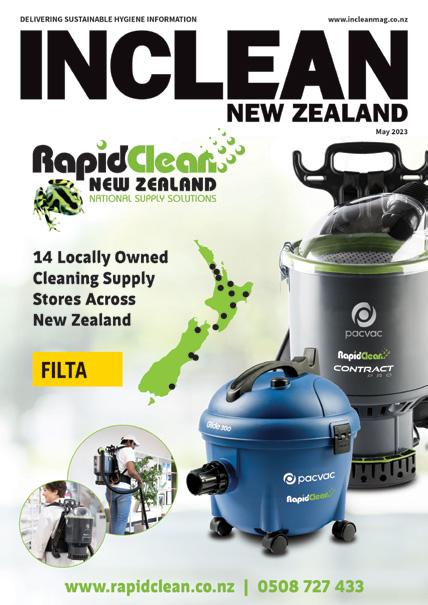
4 INCLEAN NEW ZEALAND February 2023




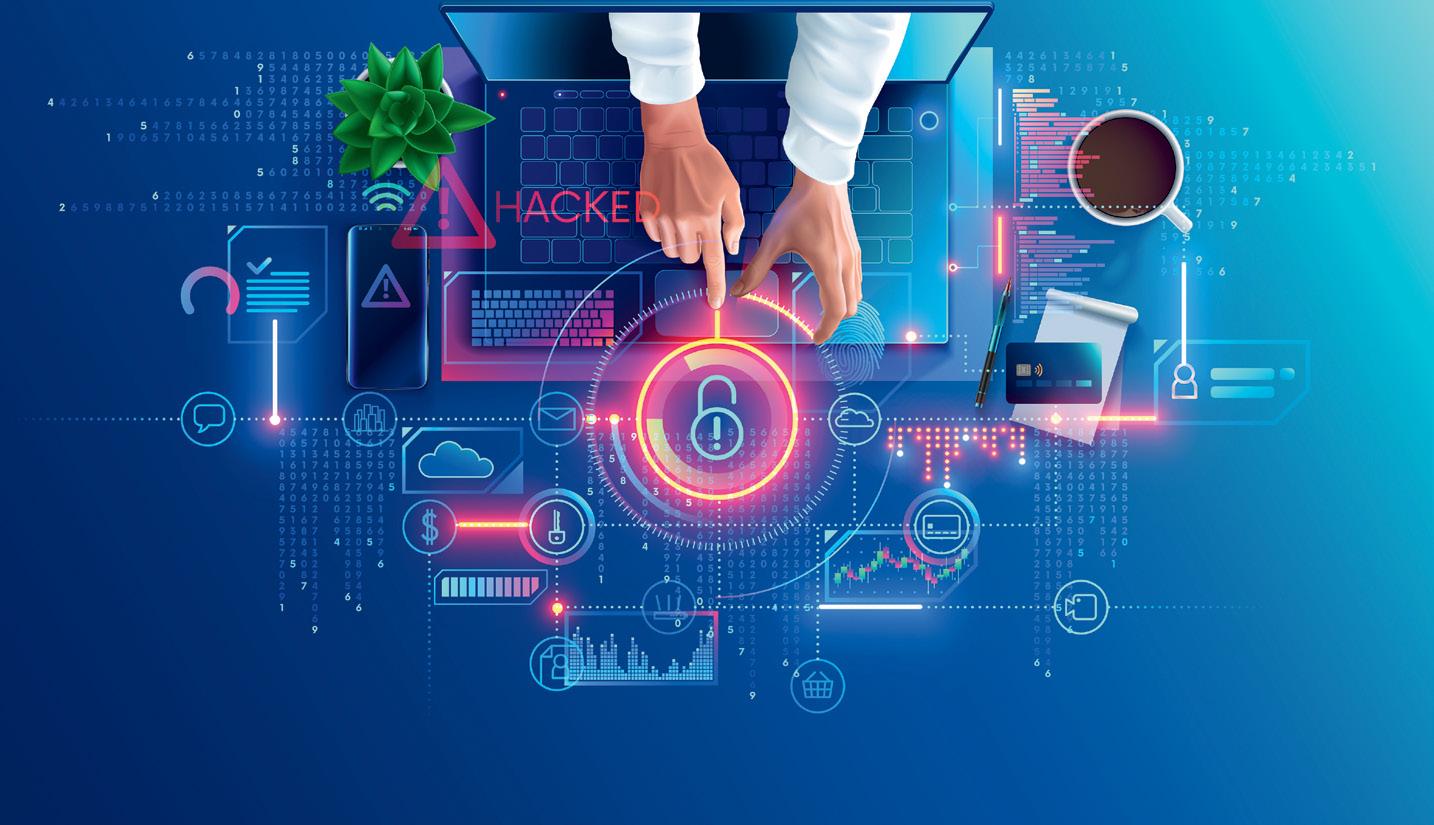
26 Regulars 05 Editor’s letter 10 Industry news 14 Cover story 44 Opinion 45 Products 42 30 IN THIS ISSUE MAY 2023 ISSUE #2 22 45 In this issue 18 Training for success Targeted training looms as a potential ace in the pack for cleaning contractors 22 Winning the cyber war Why cleaning companies need a cybersecurity plan 26 Healthy debate over air quality Why there’s a growing push for healthy buildings post-pandemic 30 Can work clothes spread germs? Dr Gavin Macgregor-Skinner takes a closer look at the research 34 Doing the hard (floor) yards Industry experts weigh in on evolving technology and products 38 The hunt for talent How to use data-driven strategies to attract and retain a restoration team you trust 42 How clean are schools? 10 steps to improve cleanliness and enhance health in school facilities www.incleanmag.co.nz 5
Reducing carbon emissions is critical
The race is on to reduce carbon dioxide and other greenhouse gasses emissions before it is too late.
Human-caused emissions have increased carbon dioxide levels in the atmosphere, are wreaking havoc on our planet, and driving us further into an irreversible climate calamity.
Diversey will build on our past progress to act on a net zero target and demonstrate our unwavering commitment to reducing the impacts of climate change.
UNCOVERING THE IMPERATIVE OF NET-ZERO CARBON
Overall, net zero carbon encompasses the reduction of greenhouse gas emissions to as close to zero as feasible, with remaining emissions being countered by carbon removal by the atmosphere, seas, forests, or carbon capture.
According to the UN Net Zero Coalition the Earth is around 1.1°C hotter than it was back in the late 1800s, at the beginning of the Industrial Revolution, and emissions continue to climb.
To avert an irreversible climate disaster that might endanger the Earth and our
society, emissions must be diminished by 45 per cent by 2030 and reach the net zero carbon threshold by 2050 to limit global warming to 1.5°C.
At Diversey, we have pledged to achieve net zero carbon emissions in our operations by the year 2050 as part of our new “Protect. Care. Sustain.” strategy, as was highlighted in our 2021 Sustainability Report.

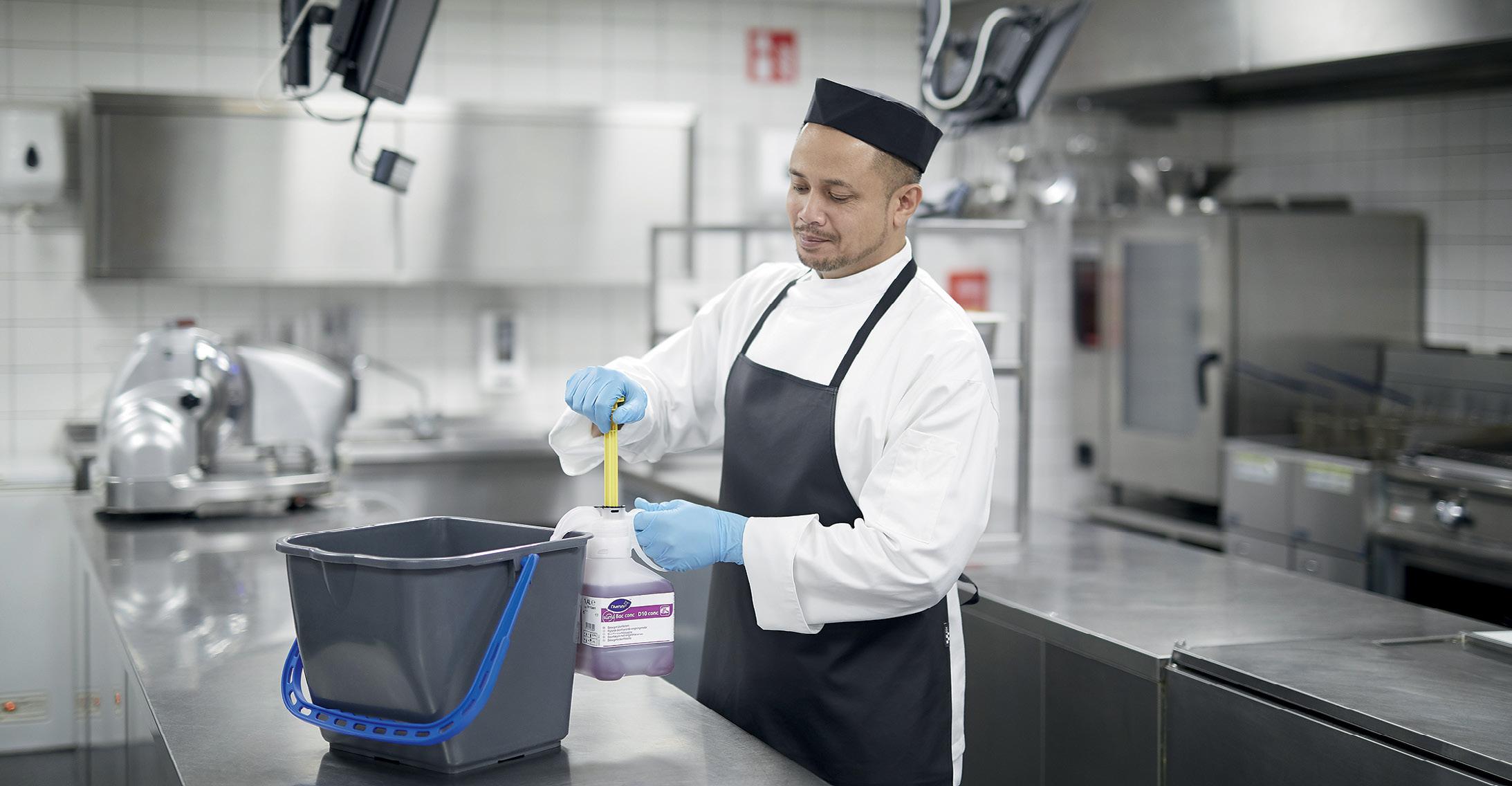
To achieve this ambitious goal, we are outlining a series of progressive initiatives. We have engaged in renewable energy generation, deploying cost-effective and energy-efficient equipment, and reducing wasteful energy consumption.
SCIENCE-BASED APPROACH TO NET-ZERO CO2 EMISSIONS
Reaching net-zero carbon emissions requires a comprehensive, systemsbased strategy, including the interplay of several domains, including the built environment, transportation, energy, manufacturing, and resources, as well as nature-based solutions and behaviour modification.
The concept of “net zero” is significant since this is the point at which the rate of global warming is halted, at least in terms of CO2 emissions.
In 2023, as we calculate our Science Based Target (SBT), we will also develop a comprehensive carbon strategy and expand our reporting capabilities.
Furthermore, we will also lay out the steps needed to reach our 2050 Net Zero objective.
Overall, Diversey’s SBT must address all GHG emission levels:
Scope 1: Fuel we burn in assets we own or control.
Scope 2: Electricity used in assets we own or control.
Scope 3: Emissions from all upstream and downstream action.
SPONSORED 6 INCLEAN NEW ZEALAND May 2023
SAVE MONEY AND THE ENVIRONMENT WITH SMARTDOSE

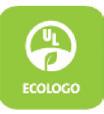

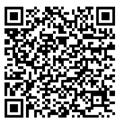

This creates an exciting opportunity for us to work across our extended supply chain to deliver low carbon solutions into our marketplace.
One of our leading innovations in the race to reduce CO2 is our SmartDose range. A dosing platform for super concentrated daily cleaners and disinfectants without the need for a connected water supply.
Users can benefit from its sustainability credentials as one typical SmartDose
bottle of concentrate (1.4-litre) equates to 280 ready to use (RTU) products.

If customers use an average of 100 cases of 6 x 750ml RTU product per year, the typical annual sustainability improvements are:
• 441 litres less chemical manufactured, transported, stored and used (98.0 per cent reduction)
• 41.2kg less plastic packaging manufactured, transported, stored and disposed (97.8 per cent reduction)
• 26.3kg less cardboard packaging manufactured, transported, stored and disposed (97.8 per cent reduction)
“• 124.2kg less greenhouse gas emissions as CO2 equivalence due to packaging alone (98.5 per cent reduction)

THE SMARTDOSE BOTTLE
SmartDose bottles have been designed to make the mixing of concentrates simple and time efficient.
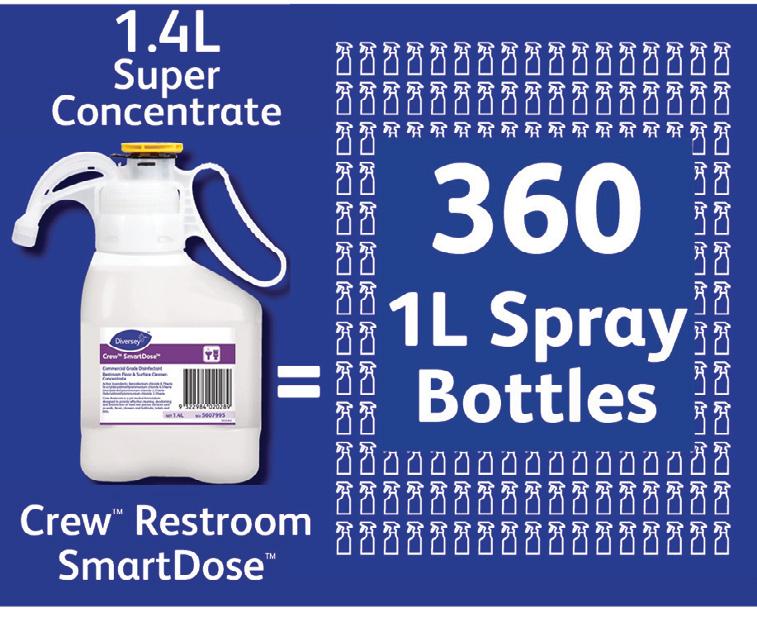
The bright yellow head has two dosage levels available (spray bottle or bucket)
which are clearly marked allowing for concise mixing of solutions.
The process of using the pump action on the bottle is simple: select the dosage required by twisting the top to the relevant symbol, pull the top up, push it down and then add water.
At only 1.4-litres in weight, cleaners can easily carry throughout your site. Together with the reduction in bottle size (compared to a typical 5-litre) your facility will also benefit from a reduction in plastic waste.
Our comprehensive range includes cleaning solutions for bathroom, floor cleaner, multi surface cleaner, disinfectant cleaners, as well as sink dishwashing and sanitisers for kitchens. ■
If you have questions about any aspect of Diversey New Zealand’s hygiene programs, services or products visit our website at diversey.co.nz or call 0800 803 615 to speak to our friendly Customer service to and find out more.
SmartDose™ saves more than $$$
Neutral cleaner with a citrus fragrance specially formulated for the daily cleaning of floors, washrooms and other washable surfaces.
Dilution Ratio: 1:375 CODE: 95122613
Ready to Use per 1.4L: 526L
TASKI® PERdiem™ SmartDose™
Concentrated general purpose cleaner for cleaning floors, glass and other hard surfaces. Also suitable for carpet spotting and extraction cleaning. Approved for cleaning interiors of commercial aircraft. Formulated with Accelerated Hydrogen Peroxide (AHP).
Dilution Ratio: 1:64 CODE: 95019481


Ready to Use per 1.4L: 91L
Crew™ Restroom SmartDose™
Non-acid restroom disinfectant cleaner that cleans, disinfects and deodorises toilets and bathroom surfaces such as walls, showers, floors, bath tubs in one step. pH-neutral formula.

Commercial-Grade Disinfectant.
Dilution Ratio: 1:256 CODE: 5607995
Ready to Use per 1.4L: 360L
SUMA® Surface Sanitiser SmartDose™
Quat based, no rinse sanitiser for all hard surfaces including food contact surfaces in food premises.

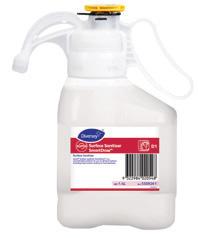
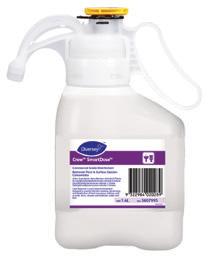

Dilution Ratio: 1:224 CODE: 5509261
Ready to Use per 1.4L: 315L
Non-ammoniated glass and multi-surface cleaner. Cleans and shines glass, mirrors, sinks, countertops, stainless steel. Non-streaking, nonsmearing, quick drying formula.
Dilution Ratio: 1:64 CODE: 101106662
Ready to Use per 1.4L: 91L
Suma® Multi-Purpose Cleaner Degreaser SmartDose™
A versatile product that can be used for sink, surface and floor cleaning. This product is safe for use on all kitchen surfaces wand stainless steel.
Dilution Ratio: 1:188 CODE: 5566732
Ready to Use per 1.4L: 264L
At Diversey, we have pledged to achieve net zero carbon emissions in our operations by the year 2050.
”
TASKI® Stride™ HC Citrus SmartDose™
TASKI® Glance™ NA SC SmartDose™
Customer Service: 0800 803 615 or email customerservices.nz@diversey.com
SPONSORED www.incleanmag.co.nz 7
Protect your facility this flu season
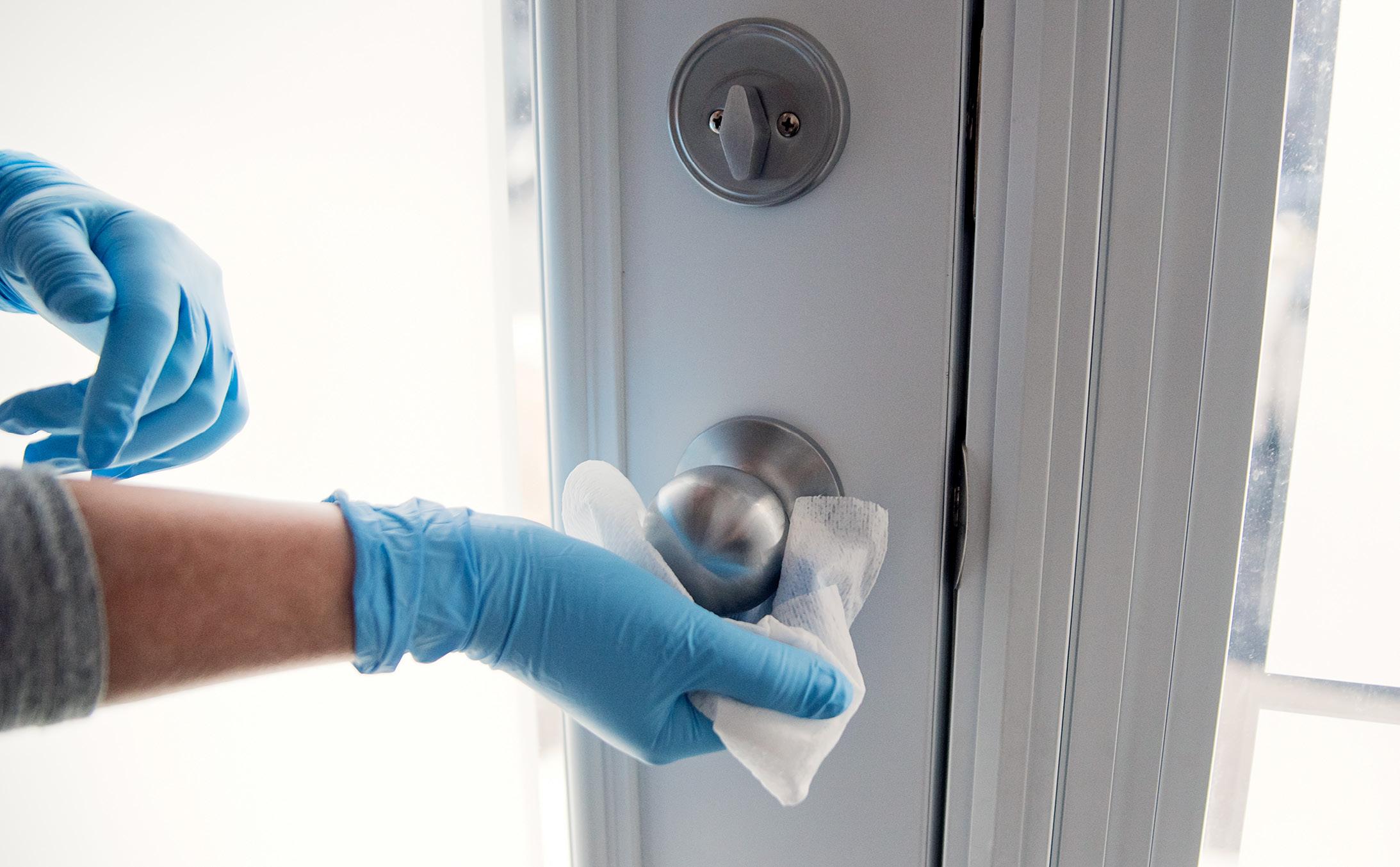
With the flu season upon us, respiratory virus rates are rising including rhinovirus, respiratory syncytial virus (RSV), influenza, adenovirus, and coronaviruses (including COVID-19).
One of the most important questions concerning respiratory viruses is understanding how they are transmitted between people.
There are three transmission routes of concern: droplet, airborne and contact. By understanding how they are spread is imperative to providing measures to interrupt the chain of infection.
As a wide range of pathogens can be transmitted via surfaces including those deposited via respiratory droplets, a focus on surface cleaning and disinfection remains critical for any public facility.
As testing proved early during the pandemic the COVID-19 virus remained active on plastic surfaces up to three days. This strongly suggests a transmission risk associated with surfaces for up to several days with the highest risk immediately after the surface is contaminated and a declining risk over time.
Another important factor is people who spread pathogens are not always symptomatic. In the case of COVID19, it is estimated that <50 per cent of transmission occurs in asymptomatic or pre-symptomatic people. Studies of other respiratory viruses show that this can occur for influenza and other respiratory viruses.
A more conservative approach is to assume that some portion of the people using a public facility are transmitting pathogens and implement control
measures to address this risk rather than relying on observation of visible symptoms to trigger using control measures.
Given the wide range of pathogens that can be transmitted via contaminated surfaces, use of frequent surface disinfection as part of interventions to reduce the risk of infection is a sensible precaution.
FACTORS WHEN CHOOSING A SURFACE DISINFECTANT
When it comes to surface disinfection, there are various product chemistries and tools to deliver the required disinfection on clean or dirty surfaces coupled with the required contact time.
For added assurance when considering which product to use for disinfecting it is preferable to use disinfectants that are listed on the Australian Register of
Respiratory viruses’ transmission and the role of surface disinfection.
SPONSORED 8 INCLEAN NEW ZEALAND May 2023
Therapeutic Goods (ARTG) for legal supply in Australia. Look for products listed to kill viruses including, H1N1 (Influenza) Rhinovirus (common cold), Norovirus & Rotavirus (Gastroenteritis) and SARS-CoV-2 (COVID-19).


Also look for a one-step disinfectant with a shorter contact time. The shorter the contact time – 15 seconds or less – the better for inactivating viruses.
Also ensure you choose hospital grade disinfectants (such as Oxivir® Excel Wipes from Diversey with a 15 second kill time). Cleaning and disinfecting in one step will accomplish your goal without sacrificing performance and a short contact time helps ensure the product is used in compliance.


Look for a product range that offers solutions in wipe, concentrate and ready-to-use formats to meet a variety of needs. Not all product forms are appropriate for all situations. Having flexibility in how the product is applied is important. The best products are gentle on skin and surfaces while tough on pathogens.

Products with technologies like Accelerated Hydrogen Peroxide (AHP) are markedly safer for people and surfaces while still being tough on pathogens. These disinfectants are also more efficient than the existing slower Quat-based (quaternary ammonium compounds) products, or those formulated on Hypochlorite (Chlorine) or Peracetic acid. AHP achieves the balance of maximising potency while minimising toxicity, breaking down into water and oxygen just minutes after use. To reduce pathways for the spread of viruses this flu season, building service contractors and facility managers should pick a disinfectant that is fast-acting, effective, and less likely to cause irritation and surface damage. ■
If you have questions about any aspect of Diversey New Zealand’s hygiene programs, services or products visit our website at diversey.co.nz or call 0800 803 615 to speak to our friendly Customer Service to and find out more.
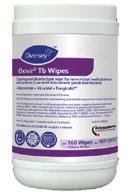
“
”
To reduce pathways for the spread of viruses this flu season, building service contractors and facility managers should pick a disinfectant that is fast-acting, effective, and less likely to cause irritation and surface damage.
Oxivir® Wipes Fast, effective & safe. Clean & disinfect hard surfaces in Kills COVID-19 in 15 seconds 0800 803 615 diversey.co.nz ® Diversey 2023 All rights reserved. AHP® and Design and Oxivir® are trademarks of Diversey, Inc. Many people are impacted by the spread of infection RespiratoryPreventIllness Stopping this is up to you. Be prepared, be protected. Don’t Touch Avoid touching your eyes, nose, or mouth, as this provides an easy route for viruses into the body. See Doctor If you illness,suspect see your doctor to help reduce severity. Hand Hygiene Frequent hand hygiene helps prevent spread of infection. Wash hands or use alcohol hand sanitiser if soap and water are not available. Respiratory Hygiene Wear a mask. Cover your nose and mouth when you sneeze or cough. Throw away tissues after use and perform hand hygiene. Surface Hygiene Routinely clean and disinfect frequently touched surfaces to protect others. Social Distancing Stay home if sick, minimise contact with others/groups, and keep your distance until 24 hours after fever is gone. Act HealthyFrequent exercise, getting proper amounts of sleep, and managing stress boosts your immune system and speeds recovery. Eat HealthyProper nutrition and staying properly hydrated boosts your immune system. Contact our friendly Customer Service team today AUSTRALIA - 1800 647 779 - diversey.com.au NEW ZEALAND - 0800 803 615 - diversey.co.nz All logos and trademarks are owned by or licensed to Diversey, Inc. © 2022 Diversey, Inc. All Rights Reserved. These materials are provided for general information purposes only and do not replace each user’s responsibility to assess the operational, legal and other requirements applicable to each facility. AHP® and Design and Oxivir® are trademarks of Diversey, Inc. Kills COVID-19 in 15Secs Oxivir ® Wipes Kill COVID-19 & Influenza A with just one wipe! Scan QR code to download a FREE Poster for your facility SPONSORED www.incleanmag.co.nz 9
ISSA Cleaning & Hygiene Expo welcomes 2023 sponsors
The ISSA Cleaning & Hygiene Expo has announced sponsors of the 2023 event taking place in Melbourne, with Makita Australia returning for the second consecutive year as the platinum sponsor.
The ISSA Cleaning & Hygiene Expo, which has established itself as the leading event for showcasing the latest innovations in the cleaning and hygiene industry, will be held on 1-2 November at the Melbourne Convention and Exhibition Centre (MCEC).
“Makita have been a supporter of the ISSA Cleaning & Hygiene Expo and exhibitor since its launch to market,” Lauren Micallef, ISSA Oceania manager said.
“We are excited to announce that they will be returning as platinum sponsor and an exhibitor for the 2023 show in Melbourne. We appreciate their continual support and commitment to the industry.”
Adam Baker, national marketing manager, Makita Australia, said Makita is very proud to support the ISSA Cleaning & Hygiene Expo, and the industry as a whole again for 2023.
“The show provides a unique opportunity for the entire market to connect, foster relationships and uncover the latest innovations and insights,” said Baker.
“As a returning platinum sponsor, we have seen the great value and importance that comes from showcasing our brand and products at this important industry event, and we look forward to the continuing the relationship in the years to come.”
New and returning silver sponsors announced
ACCO Brands and Oates (Freudenberg) have returned as silver sponsors, while new silver sponsors include EcoPower, Gurru, and Krystalshield.
Shivani Mali, product manager, ACCO Brands, said: “This is our second time sponsoring the ISSA Cleaning & Hygiene Expo. We were highly impressed with last year’s event – from the number of attendees who visited our stand to the unique opportunity to further educate and provide solutions to the cleaning industry. For us, there was no doubt that we had to return to the event again.”
Lorenzo Tadeo, marketing director – professional division, Freudenberg
Home and Cleaning Solutions, said the show provides an invaluable platform for showcasing its latest innovations and connecting with a diverse mix of customers and end-users.
“We are excited to meet and talk with industry professionals, understand their business needs and demonstrate our solutions.”
Dwayne Coote, managing director, EcoPower, said: “We are extremely excited to be using an industry leading show like ISSA to launch our new brand and electric utility vehicles and light trucks to the market. We encourage everyone to come along and see these vehicles firsthand.”
Chad Holland, director of Gurru, said the company is thrilled to be a part of the ISSA Cleaning & Hygiene Expo for the first time.
“As a leading provider of tech and software solutions, the show presents the perfect opportunity for us to showcase our brand and connect with like-minded professionals in the industry. We see the expo as an invaluable platform for us to learn, share and expand our network.”
Robert Diaz, managing director of Krystalshield, said the event is an exciting opportunity for Krystalshield to showcase its brand and products with the industry.
“Our innovative cleaning and hygiene products are designed to meet the evolving needs of businesses, and we look forward to sharing our solutions with the attendees at the event.
“This is an exciting opportunity for us to share our brand and products with the industry. We are excited
to meet with existing customers and build relationships with new potential partners.”
2023 floorspace expands to meet demand
This year the event has secured a larger space at the Melbourne Convention and Exhibition Centre, to accommodate the growing number of participants.
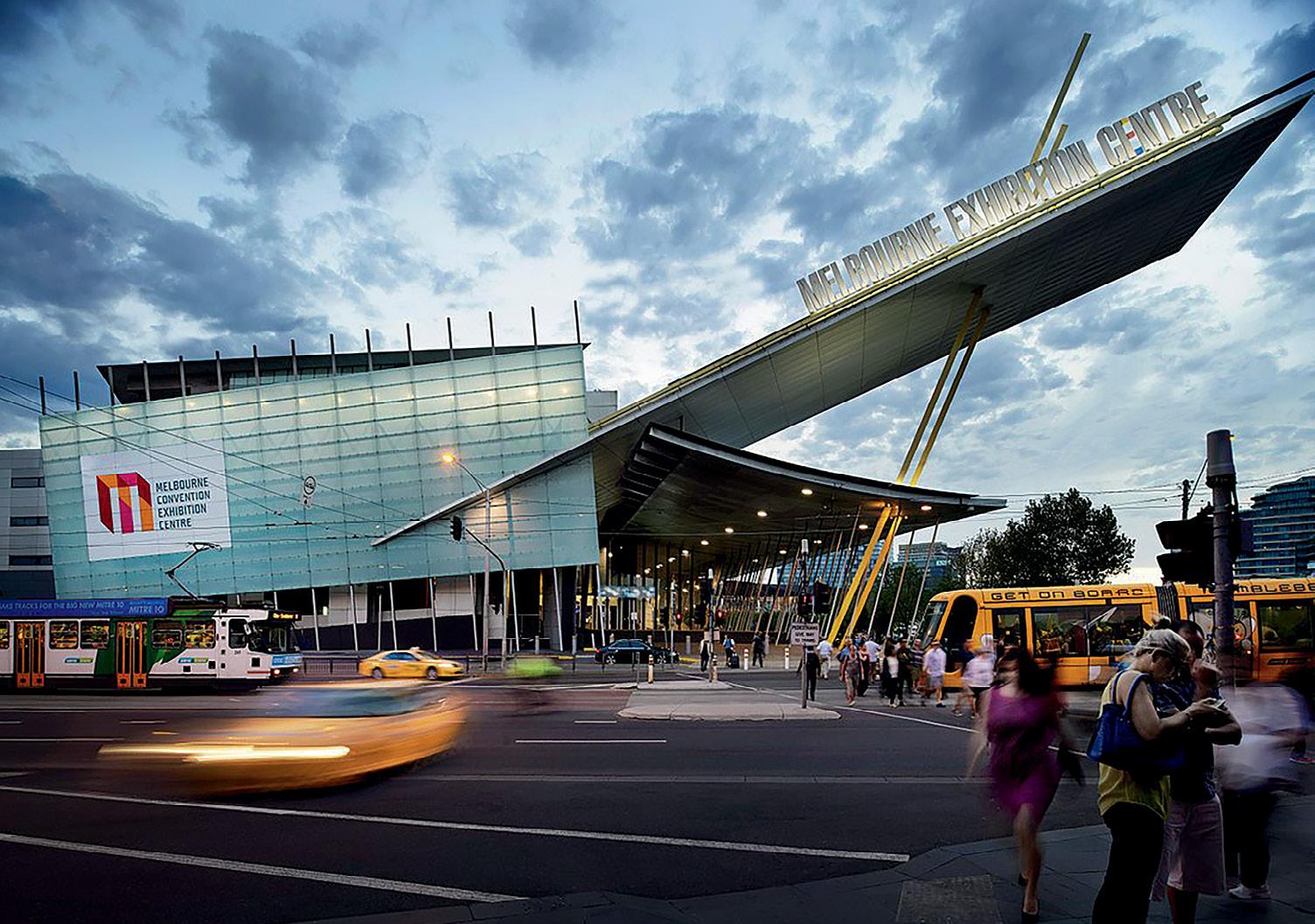
The 33 per cent increase in hall space will provide even more exhibitors with the opportunity to showcase their products and services on a larger scale, allowing them to reach a wider audience and engage with more potential customers.
Visitors will also benefit from the increased space, as they will be able to explore a wider range of products and services and engage with even more industry experts and professionals.
In addition to the expanded space, the expo will also feature a range of interactive activities and educational sessions, allowing visitors to learn about the latest industry trends and technologies.
Last year’s event featured more than 3000 attendees, 80 exhibitors, and more than 40 speakers.
“We encourage companies interested in being part of the show to act quickly and secure their spot as we anticipate the new space will be sold out quickly,” said Micallef. Registrations for the 2023 Expo are now open, to register for the 2023 ISSA Cleaning & Hygiene Expo, visit www. issacleaninghygieneexpo.com. To book exhibitor space contact Samantha Ewart sewart@incleanmag.com.au.
INDUSTRY NEWS
10 INCLEAN NEW ZEALAND May 2023
1447 personnel upskilled in bumper training year for CrestClean
CrestClean has had a bumper year of upskilling, hosting 315 unique training events in 2022, at which 1447 people gained new cleaning qualifications — an increase of 30 per cent compared to the previous year.
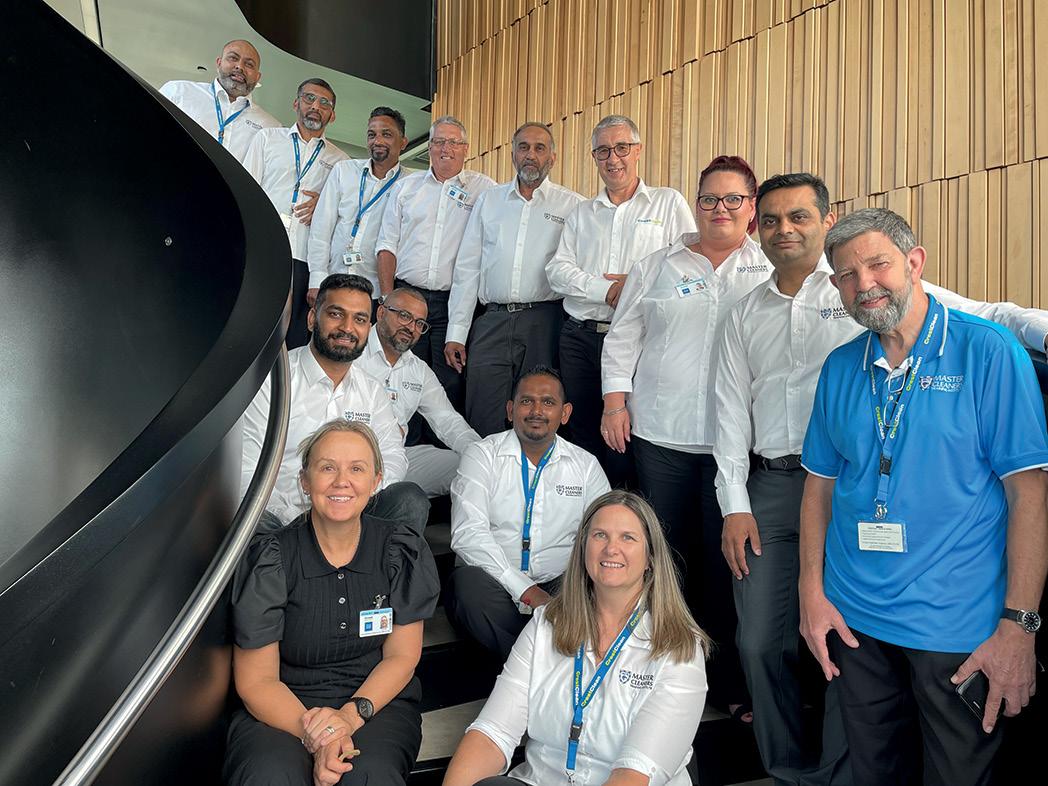
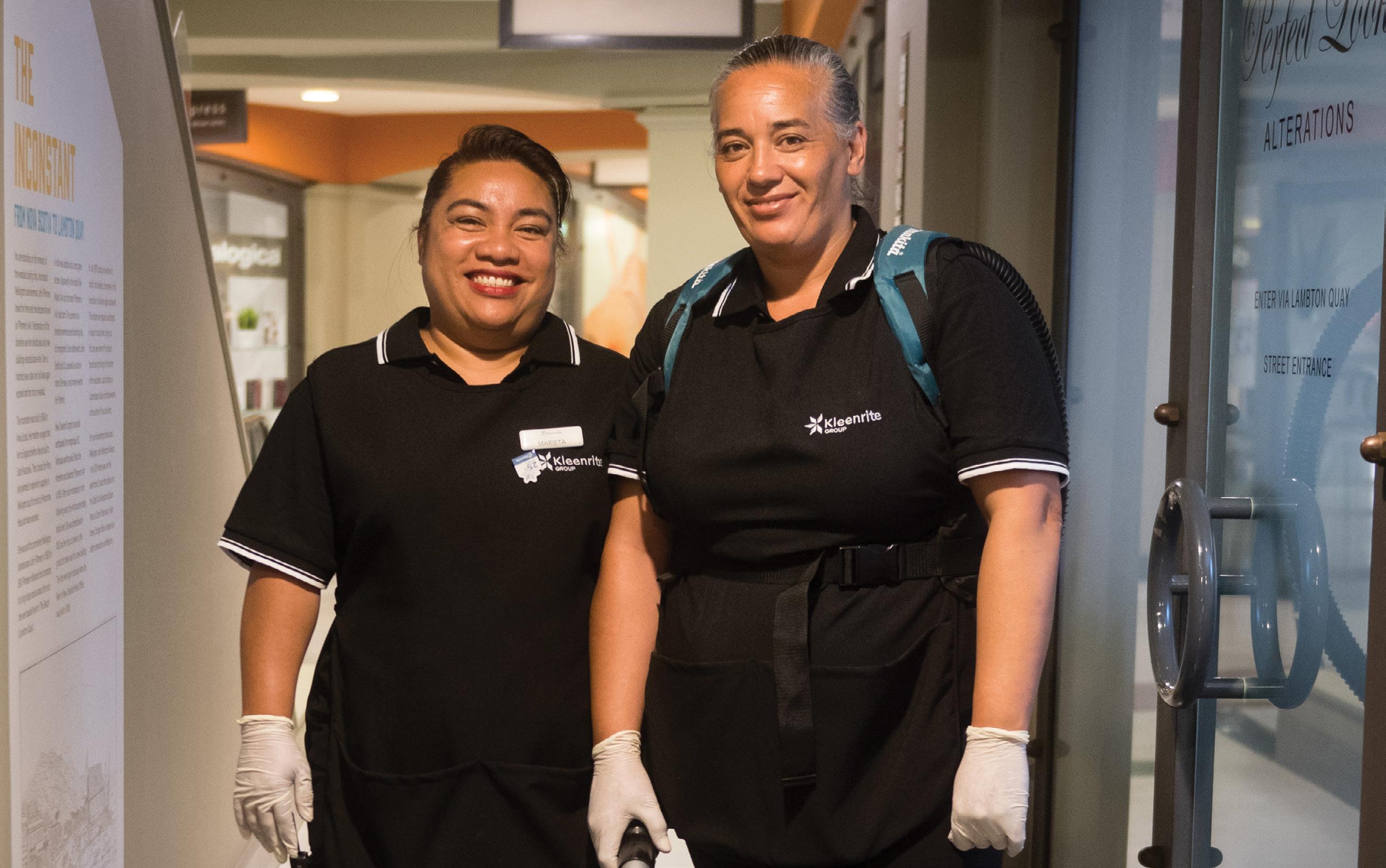
The commercial cleaning company has an extensive training programme, which it delivers through its Master Cleaners Training Institute (MCTI).
The institute has 11 accredited trainers, with another six planned for this year, plus 78 induction trainers throughout New Zealand.
“We focus on providing training to all our regions, which is a large part of our success,” says MCTI’s general manager of training, Liezl Foxcroft.
“That, and the fact that all our trainers have completed specialist courses to become expert technicians in their fields.”
Foxcroft attributes the growth in training numbers to a combination of the company’s growth and improved systems and processes.
“We had a lot of new franchisees join CrestClean last year, and existing franchises have grown by taking on new employees. We’ve also streamlined the delivery of our training courses.”
All CrestClean franchisees must complete induction training before going onto a customer site. They must also complete MCTI’s Module 1 training within the first three months of joining CrestClean, and Module 2 within six months of completing Module 1, followed by a ‘Skills’ refresher course each year.
Franchisees can also choose to undertake training in hard floor care, carpet cleaning and pure water window cleaning, if they wish to offer these specialist services to their customers.
“They really appreciate the knowledge and skills gained because they know exactly what they are supposed to be doing, and what chemicals and equipment they should be using,” said Foxcroft.
“We are always looking at new research and new opportunities in the industry to see what’s new, what’s coming up and what we need to do in the training space, to stay at the top of our game.”
Upskill your cleaning staff
INDUSTRY NEWS 0800 277 486 careerforce.org.nz/cleaning Talk to us today about upskilling your cleaning staff via our workplace-based training programmes! Careerforce is a business division of Te Pūkenga
Proquip helps customers clean faster, better and smarter with Proquip Shop

The decision by Proquip to streamline its online offering with Proquip Shop has given customers both freedom and control, says Kerry Boon, sales and marketing manager, Proquip NZ.
“Merging with our sister company, Frontline Cleaning Supplies, gave our customers access to everything they need to clean - machines, chemicals, and products – all in one place.
“No more sitting in traffic and trying to find a carpark to get in store. You can browse our product range and order what you need while at work or with your feet up on the couch at home,” explains Boon.
Finding the right products and managing orders is easy with Proquip Shop. The online ordering system has multi-tiered account settings which means team members can order what they need to get the job done, while management can oversee it all. For example, a director might have full access to the company account, while branch managers have slightly less access, store employees even further prohibited access.
Boon says this widens accessibility and efficiency, while keeping responsibility in the right hands.
“We know that every customer’s needs are unique, which is why we offer the ability to tailor the multi-tiered account settings on a case-bycase basis! You can also set up favourite lists – so finding your go-to cleaning product at order time is a piece of cake.
“Whether you’re familiar with the Proquip Shop online system or not – we can help you set up an online account. Give our local friendly team a call or drop us an email and we’ll get you sorted to start making purchases with just the click of a button,” says Boon.
“Helping our customers clean faster, better and smarter has always been our top priority. That includes making sure we have the best fit-for-purpose machinery and equipment in the industry. We also offer the best ranges of consumables on the market.”
Learning never stops for cleaner turned leader
Anna Gerretzen shows that opportunities can exist for cleaners who embrace lifelong learning to move into cleaning management.
A Level 2 cleaning certificate was just the start for Gerretzen. She is now putting the final touches to her Level 5 Leadership Diploma thanks to support from work-based learning provider, Careerforce, a business division of Te Pūkenga.
The team leader at Palmerston North City Council is also a Careerforce registered assessor for countless cleaners across the region.
Gerretzen’s upskilling began during her time as a hospital cleaner where the Level 2 and 3 cleaning programmes were strongly encouraged as part of the job. There she was also enrolled in the contagion and specialised infection control cleaning programme and the supervision strand.
Five years ago, Gerretzen was employed as a depot cleaner for the council, where she was promoted to cleaning coordinator, and then to cleaning team leader with a team of eight.
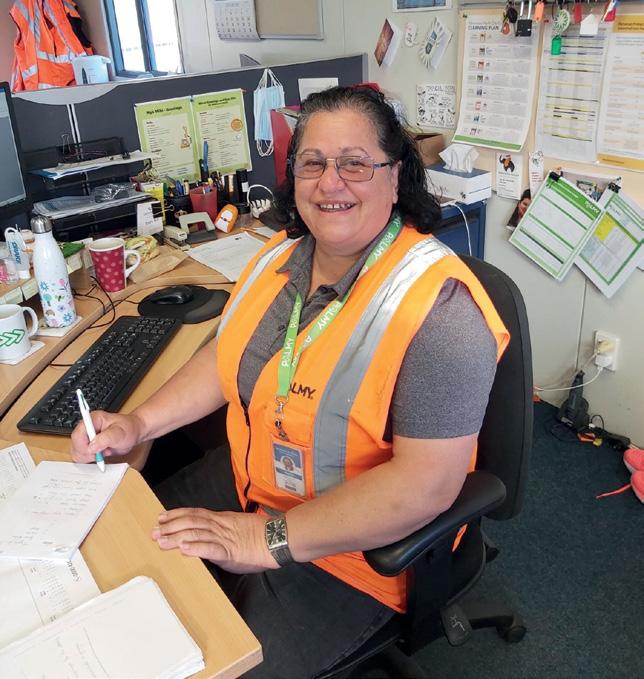
Gerretzen was asked to become a Careerforce registered assessor four years ago and works with cleaners who are completing their Level 2 and 3 certificates. Assessment is the formal process for recognising the skills of learners.
“I have supported many colleagues who have achieved Level 2 cleaning certificates, and there are many more currently in the middle of their Level 3. I have also just received four new cleaners to be assessed from another company.”
Gerretzen says that the learning really makes a difference to the trainees doing the programme.
“As an assessor, I see that Level 2 and 3 learners are very keen to have their skills recognised. Some of them are surprised that they can get a qualification. It really does empower them, and they don’t see themselves as ‘just’ a cleaner anymore.
“But it’s also being recognised as skilled labour and establishing a higher level of pay and credibility amongst the workforce around pay equity that drives them.
“Some do struggle with literacy and numeracy, but we are able to support them to find ways to assess them verbally. Being able to give their answers verbally makes it a whole lot easier.”
Palmerston North City Council suggested she further her own studies and enrol in the workplacebased Level 5 Leadership Diploma programme through Careerforce which she describes as a combination of challenging and easy.
“It has helped me break down barriers about tertiary study and I have surprised myself as to my own capabilities and as an inspired learner,” says Anna.
Careerforce leadership and management assessor Regan Cotter has been supporting Gerretzen, “Regan is absolutely amazing. He is very supportive and understanding and gives me that encouragement to keep me on track.”
Gerretzen also thanks Palmerston North based Careerforce workplace advisor, Elaine Dittert. “She has also been excellent – I has been great to have her helping me out.”
Gerretzen looks forward to finishing that last module and reflects, “This will be a fantastic result with a recognised Level 5 NZQA qualification that acknowledges the work I have done.”
Careerforce assessors play a valuable role in overseeing the formal assessment process and provide mentoring, either within their own workplace or independently. Assessors work with learners to ensure their skills, experience and hard work are recognised in line with NZQA requirements.
For more information about Careerforce cleaning and leadership programmes, or becoming a Careerforce workplace assessor, contact Careerforce, a business division of Te Pūkenga.
INDUSTRY NEWS 12 INCLEAN NEW ZEALAND May 2023



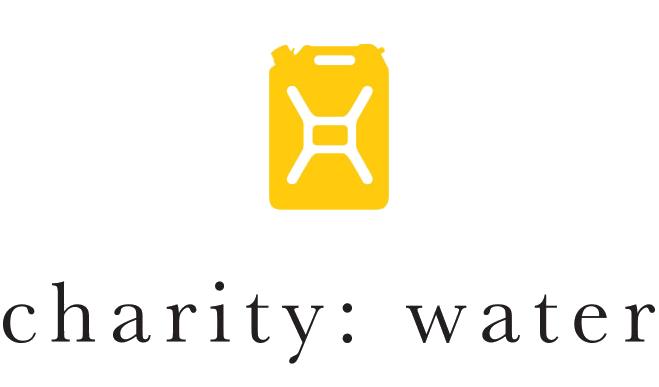
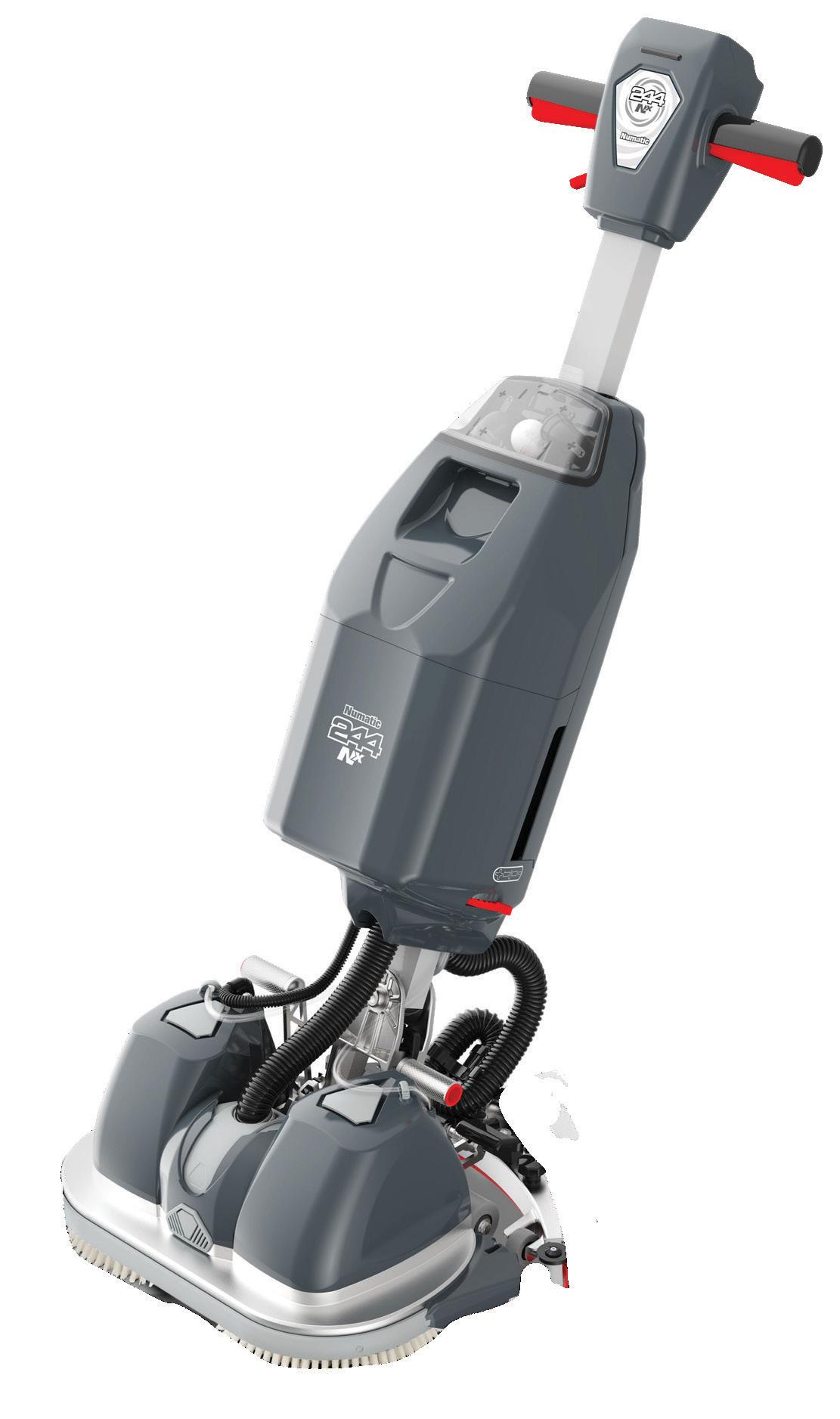
BOOK A FREE DEMO TODAY! DON'T JUST SAVE WATER, GIVE WATER! 0800 277 678 proquipnz.co.nz NUMATIC 244NX Compact Floor Scrubber Don't forget to ask our friendly team about DelayPay! Easy to manoeuvre Simple to use Robust Design
absolute stellar cause and glad that we can be a part of making a real difference
OCS
Find out more: proquipnz.co.nz/charitywater *Based on replacing 16L mopping system with 244NX cleaning 7 days per week 70% Saving in Cleaning Costs!* 80% Lower Water Use!* When you purchase the 244NX Floor Scrubber you to communities in need! donate 5,000 litres of clean drinking water SUPPORT SUSTAINABILITY SUPPORT COMMUNITIES
"An
!" - Gareth W Marriott Managing Director Australia & New Zealand at
and MidCity
National

Strength. Local Service. Experts In Cleaning Supplies





The Rapid Group is very focused on offering excellent service levels, great products and honest advice at a cost effective price. RapidClean has 14 cleaning supply stores located throughout New Zealand and our aim is to provide our customers with the support of a national organisation while providing a local service, offering a single sourcing, cost effective one-stop-shop solution. Our stores are owned and managed by cleaning supply experts who supply a huge range of cleaning, packaging, catering and safety products. Our turnover is over $100m and we use our huge buying power to save our customers money on excellent products and support them with our product knowledge and experience.

KEY ACCOUNTS
Our National Account customers benefit from selecting their product range at head office and negotiating a price utilising their collated buying power complemented with a centralised national account. What sets us apart from multi-national “box movers” is our delivery system and the fact all profits stay in New Zealand. Our products are delivered to you by a RapidClean team member who know exactly what’s in the box, how it works and how to service it. This unique system offers our customers a “onestop-shop” solution, from sales to repairs.

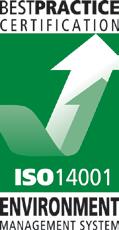

ONLINE SUPPORT & TRAINING


RapidClean products are supported by a complete package of educational material including safety data sheets, product information sheets, risk assessment sheets, wall charts, training manuals and 14 online training courses. These are easily accessible from our website www.rapidclean.co.nz or can be collated and provided in hard copy.
WHY CHOOSE RAPIDCLEAN?
RapidClean has been trading for over 30 years
RapidClean have 14 stores in New Zealand

RapidClean are New Zealand owned and operated and all profits stay in New Zealand


RapidClean have a huge range of cleaning, catering, packaging and safety supplies


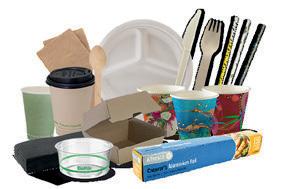

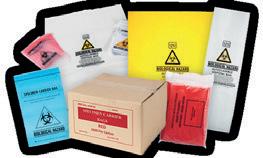
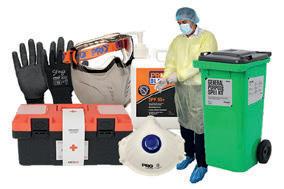


RapidClean uses their huge buying power to secure cost savings for customers
RapidClean stock the best products from the best suppliers


RapidClean sell and service major brands of cleaning equipment




RapidClean offer centralised Key Accounts for large customers





14 Locally Owned Cleaning Supply Stores Across New Zealand

RapidClean is Quality Assured
CLEANING SOLUTIONS CLEANING ACCESSORIES SAFETY HEALTHCARE SUPPLIES CLEANING EQUIPMENT PAPER PRODUCTS HOSPITALITY SUPPLIES WASTE MANAGEMENT WASHROOM SUPPLIES OUR PRODUCTS OUR SUPPLIERS
The Home Of Clean
RAPIDCLEAN AND FILTA PARTNERING IN 2023
RapidClean New Zealand has been successfully partnering with FILTA for over six years, building and strengthening trusting relationships across New Zealand. By working closely together, they deliver value to the RapidClean group of members and their extended network of customers, as well as the wider stakeholders in their community.
As a proud preferred supplier to RapidClean NZ, FILTA shares the same values as the RapidClean Group, aligning with the New Zealand-owned business’s can-do attitude and solutionoriented approach that prioritises quick and efficient service for customers. This creates a thriving environment of growth through the RapidClean collective.


PARTNERSHIP THAT BENEFITS OUR CUSTOMERS
As a New Zealand-owned and operated B2B since 1977, FILTA is a trusted partner and has helped define and navigate the New Zealand cleaning landscape for its key partners for over 40 years. Working together FILTA & RapidClean brings a can-do attitude and understanding of the New Zealand cleaning market that reflects quality, transparency, and a partnership approach.
FILTA continually studies global trends and looks across several markets for exciting and innovative new opportunities to deliver to the RapidClean group. Filta’s international brands, including PACVAC, HAAGA, WESSEL WERK, SPACEVAC, UNGER, ENZYME WIZARD, TRUST and GLOMESH and all are available in RapidClean stores throughout NZ.
Drawing on their extensive experience in the cleaning and vacuum industry, FILTA knows what it takes to deliver worldleading products that promote productivity and maximize clients’ opportunities across New Zealand.

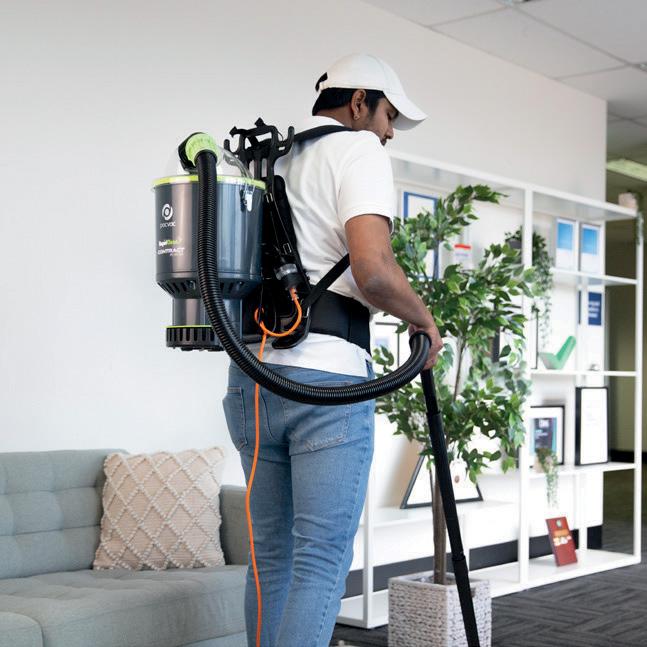
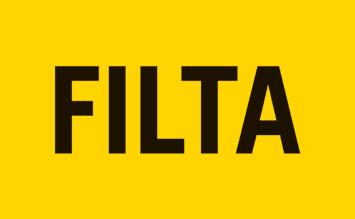
LEADERS IN CLEANING MACHINERY
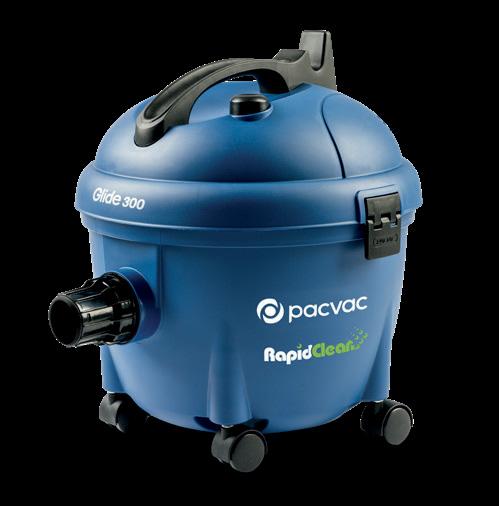
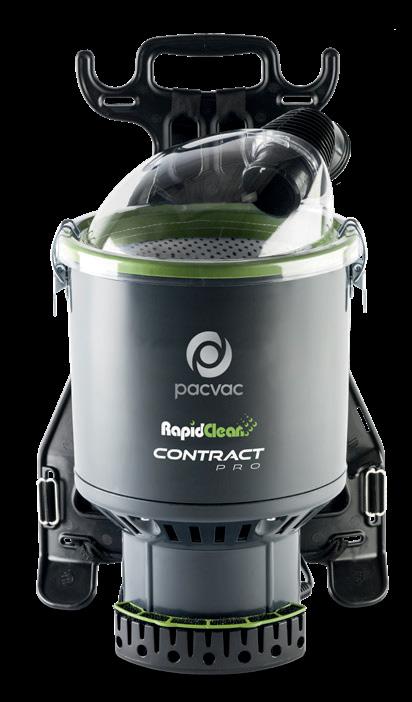
FILTA leads the cleaning market due to their extensive and diverse range of cleaning solutions, you name it, they can solve it. The Filta team are just a phone call away with extensive expertise and experience of their market, this makes them great collaborators as their range reaches all segments of the cleaning market, including BSC, hospitality, aged and health care, and government institutions.
QUALITY BRANDS AND PRODUCTS
Filta continues to expand the RapidClean brand portfolio with an ever growing range of reliable commercial cleaning products that cleaners rely on to get the job done effectively and efficiently. From premium vacuum cleaners through to highquality microfibre cleaning cloths, these products are essential for every cleaner.
TOP PICKS FROM FILTA
WWW.RAPIDCLEAN.CO.NZ | SALES@RAPIDCLEAN.CO.NZ
RapidClean Contract Pro Backpack Vacuum CONPRO GLIDE300H RapidClean Glide 300 Cannister Vacuum
Survey finds high expectations for water conservation
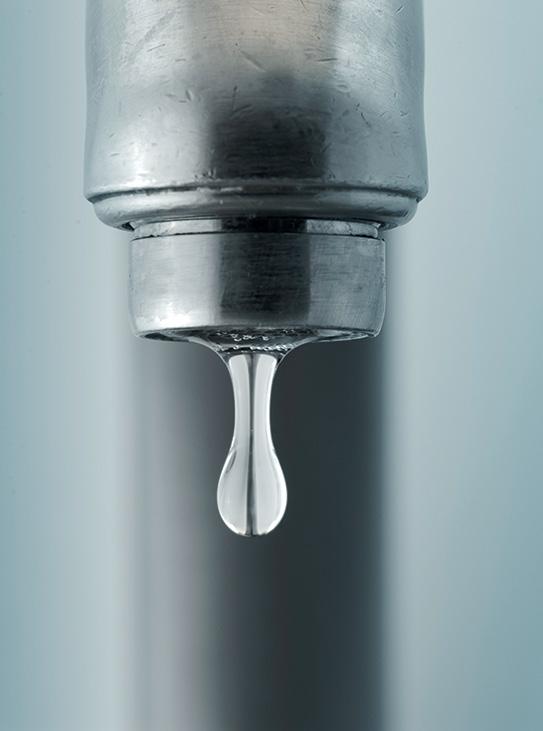
New data from a global survey conducted and commissioned by Ecolab has revealed high consumer expectations for the role of companies in water access and conservation.
The Water, Sustainability and Climate Change survey consulted thousands of consumers across eight different countries.
The survey revealed 74 per cent of consumers believe businesses should make conserving water a high or essential priority, while 25 per cent of consumers believe companies are taking the right amount of action to conserve water.
The study also found that more than 60 per cent of consumers said that they or a family member have had trouble accessing drinking water.
“Consumers are sending a message loudly and clearly—if business leaders aren’t prioritising water stewardship, they aren’t doing enough,” Ecolab chairman and CEO, Christophe Beck said.
“Ecolab’s work this past year to help protect the resources vital to life shows that it’s possible to advance sustainability and business growth goals all at once.”
Ecolab Inc. specialises in cleaning, sanitising, food safety, and infection prevention products and services in more than 170 countries.
Study reveals increased expectations for healthier workplaces
A new report has helped shed light on the impact of buildings on both occupant wellbeing and the planet.
More than two in five (43 per cent) surveyed office workers are very or extremely worried about their building’s indoor air quality (IAQ), according to Honeywell’s third annual Healthy Buildings Survey.

The survey recently queried 2500 office workers in buildings with 500-plus workers in Germany, India, the Middle East, the United Kingdom, and the United States.
While nearly three in four respondents (74 per cent) express some degree of worry about their workplace’s IAQ, 43 per cent of those surveyed say they’re very or extremely worried – a seven-point increase over last year’s results.
The survey also posed questions on sustainability, which disclosed that 38 per cent of respondents feel their employer should be prioritising both better IAQ and reducing the carbon footprint for their building, compared to 40 per cent of respondents who say better IAQ should be prioritised or 22 per cent of respondents who say to prioritise reducing the building’s carbon footprint.
Overall, 91 per cent of respondents say they would sacrifice a job perk or benefit and 26 per cent of those say they would sacrifice part of their salary or bonus if the funds were invested in reducing the environmental impact of their building.
“These findings show a considerable percentage of workers want a workplace that offers better indoor air quality and has less of an impact on the environment,” said Manish Sharma, vice president and general manager of sustainable buildings, Honeywell.
“Building owners, operators, and organisations should take notice: occupants who are more aware of the impact a building
can have on both their well-being and the environment will likely expect change. The good news is these goals are not mutually exclusive and ready now solutions exist to help make this a reality.”
The report provides comparisons across the five markets, including the following highlights:
• More than nine in 10 (93 per cent) say they have higher expectations for IAQ in their workplace than they did three years ago.
• Nearly all respondents (97 per cent) believe good IAQ improves their productivity, including 68 per cent who say it contributes a lot.
• Nearly all surveyed (99 per cent) agree that safe IAQ promotes at least one healthrelated benefit, including better overall physical health (59 per cent), better overall mental health (56 per cent), fewer allergic reactions such as sneezing and coughing (51 per cent) and fewer airborne contaminants (46 per cent).
• Most respondents (86 per cent) feel their employers have responsibility for IAQ – and that limiting investment in IAQ technology shows a low commitment to employee safety and well-being.
• Surveyed workers are nearly unanimous (97 per cent) in saying they would take action if their employer didn’t make an effort to maintain a healthy indoor environment: 57 per cent would speak with their supervisor or leadership; 36 per cent would rally fellow workers and collectively raise the issue; 34 per cent would ask to work remotely; and more than one in five (21 per cent) would look for another job.
• Forty per cent of respondents across all markets say their employer should prioritise improving IAQ over reducing their building’s carbon footprint, 22 per cent want employers to prioritise the latter.
INDUSTRY NEWS 16 INCLEAN NEW ZEALAND May 2023
• Enzymes digest odour causing bacteria in pipes and drains

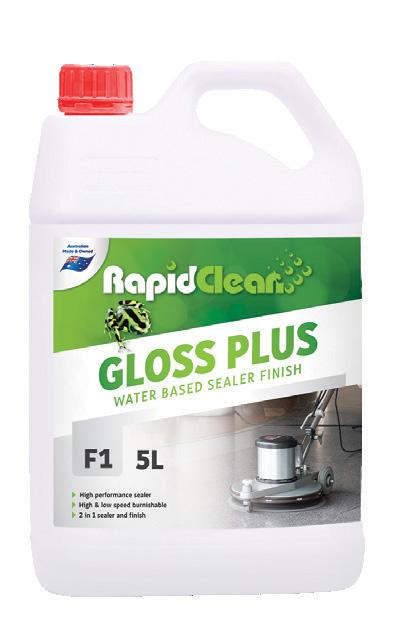


• Fragrance Mountain Fresh

• Biological Enzyme Block weight 50 grams
• 30 days protection & fragrance


• Measures 17.8cm x 17.8cm
• 100% recyclable
• Reduces urine splash by up to 95%

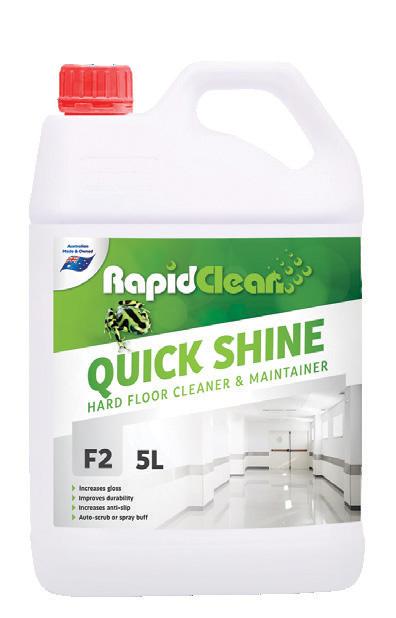
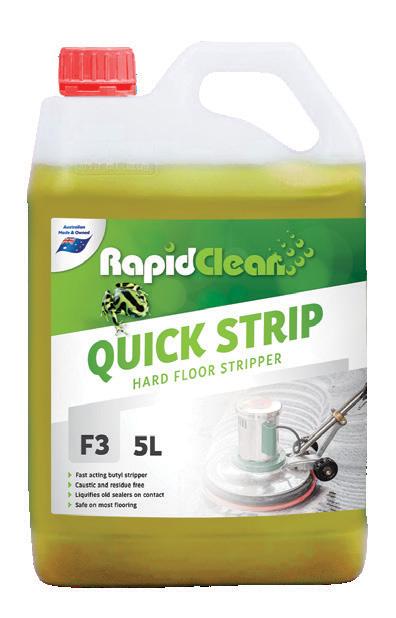


• Safe for use in waterless urinals


• Contains fewer chemicals
CODE: RAP01AIR

Quality Solutions For Complete Hard Floor & Carpet Care Floorcare Range WWW.RAPIDCLEAN.CO.NZ Available From 14 Stores Nationwide | 0508 727 433 | sales@rapidclean.co.nz BIOLOGICAL ENZYME URINAL SCREEN WITH ANTI-SPLASH
NEW
Training for success
Targeted training looms as a potential ace in the pack for cleaning contractors as they seek to recruit and retain the best talent in cost-conscious markets
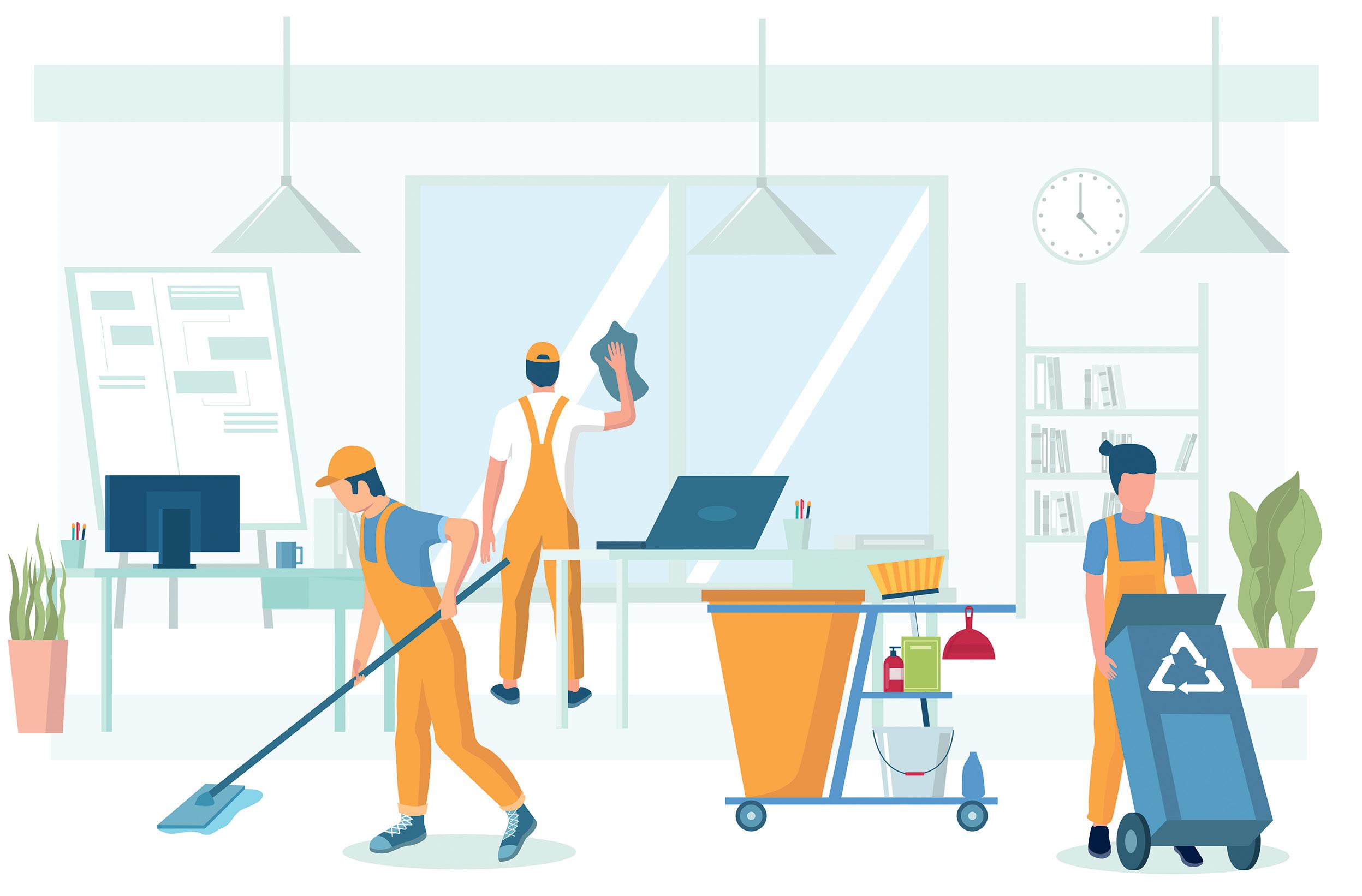 Words Cameron Cooper
Words Cameron Cooper
Investing in training has never been more important for New Zealand cleaning and hygiene companies as they seek to overcome post-COVID-19 staff shortages.
In response to lower immigration rates and higher numbers of fatigued workers exiting the industry, the hope is that a focus on training will help a new cohort of diverse and highly skilled cleaners come through the ranks.
training at a time when employees are in short supply and margins may be tight.
“You need to be looking at ways to differentiate your business,” she says. “Therefore, now is not the time to be pulling back on training – it’s crucial that not only new staff undergo training, but existing staff receive ongoing training to continually enhance their own skills and knowledge to manage the tasks at hand,” Micallef says.
Lauren Micallef, Oceania manager
of ISSA, says there is an inevitable balancing act for companies as they weigh up spending on
According to a report on the future of workforce supply by economic consultancy Sense Partners, New Zealand’s employment rate
TRAINING 18 INCLEAN NEW ZEALAND May 2023
is at a record high of 69.3 per cent, and the country is experiencing the greatest labour shortage among comparable OECD countries.
An ageing population and declining birth rate mean New Zealand will soon have more people approaching retirement than joining the workforce.
The Sense Partners report predicts that the country will be short to the tune of 250,000 workers by 2048 if current trends continue.
Cleaning will not be immune from the challenge. For those cleaning contractors experiencing staff shortages, Micallef says they should be working on strategies to upskill their employees in an attempt to ‘stay ahead of the game’.
“You need people who are going to be assets to the business now and in the future and hold on to them because what we’re discovering is that if businesses fall behind, it’s hard to catch up.”
“With this mind, cleaning organisations need to also examine how they can stand out amongst the competition and be an employer of choice to an in-demand job seeker.”
MICRO-CREDENTIALS IN THE SPOTLIGHT
In the wake of COVID-19, skillsets related to infection control in hospitals continue to be in demand in New Zealand.
Penny Barrett, team leader for vocational pathways and the cleaning sector at Careerforce, which offers nationally recognised qualifications and on-the-job training opportunities for cleaners across New Zealand, says training to improve infection control will be a legacy of the pandemic.
“Infection control will always be a focus now,” she says.
“That’s not going to change.”
To encourage upskilling in other areas, Careerforce is offering a suite of targeted Foundation packages to students in high schools. The packages are designed to provide core knowledge at Level 2 and Level 3 as part of the National Certificates of Educational Achievement (NCEA) program, and give senior secondary school students experience of the health, youth and cleaning sectors. In the process, they gain 15 to 20 credits towards the NCEA.
Barrett says the program supports the move to equip students with micro-credentials. Careerforce offered a micro-credential course last year for high school students “to get a taste for the cleaning industry.”
“I think that could be transformational for the cleaning industry because, even if someone is not likely to be there for 10 to 12 months, they may well be there for two or three months to get the basic
cleaning skills, such as infection control, and get that on their CV. And maybe that will encourage them to stay longer in the sector.”
Through the Foundation packages, Careerforce is able to offer learner support for those who sign up. Learners who enrol are introduced to their learning by a Careerforce assessor through a face-to-face or an online induction session to ensure they are up to speed about what they will experience and learn. An assessor is also available to help students as they go through the program and work with them to overcome challenges.
CHALLENGES ON THE FRONT LINE
In the healthcare space, holding on to skilled medical and cleaning staff has been even more difficult in the wake of COVID-19 as many exhausted workers walk away from their jobs.
Infection prevention expert Dr Greg Whiteley, whose business Whiteley is a major distributor of cleaning chemicals into the New Zealand market, acknowledges that a combination of high turnover rates for cleaners and low staff ratio numbers makes it difficult for contractors to roll out effective training programs.
“I feel very sorry for the frontline healthcare workers, whether they’re nurses or staff, or subcontractors in the cleaning space. They’re under enormous pressure at the moment and there’s no respite,” Dr Whiteley says.
He adds that it is clear that healthcare systems have not yet recovered from the impact of the pandemic.
“Elective surgery waiting lists are ridiculous and hospitals and healthcare facilities are chronically understaffed,” he says.
“So, there’s a whole issue about even the timing of training if you don’t have enough staff to run wards.”
While this crisis is most obvious in terms of nurse-patient ratios in hospitals, Whiteley says the shortage extends to cleaning staff seeking to maintain infection control standards and keep medical professionals and patients safe.
DEVELOP LONG-TERM SKILLS
Micallef believes the focus for cleaning contractors and other entities in the sector should be to prepare workers for success now and into the future. “Contractors need to ensure jobs are fulfilled and adequately met, especially during a period when there has been staff shortages. They understand staff need to be trained, however, that can mean time away from the jobs that need to be fulfilled. It becomes an incredibly delicate yet important balancing act.
“
”
Investing in training has never been more important for New Zealand cleaning and hygiene companies as they seek to overcome postCOVID-19 staff shortages.
TRAINING www.incleanmag.co.nz 19
The truth is that training can take some time, yet at the same time you need to ensure that people are trained.”
Demand for ISSA’s in-person workshops and online training webinars continues to be strong, especially for skillsets relating to more specialised areas such as contract bidding and estimating.
“Margins are tight, so people are looking for an edge,” Micallef says.
The ISSA’s Accredited Auditing Professional certification course, which guides facility service professionals through the process of a quality assurance audit within a facility, has been popular.
So too, has been ISSA’s range of self-paced online courses such as the GBAC Online Fundamentals Course.
The course teaches cleaning professionals to prepare for, respond to, and recover from biohazards in the workplace. Participants also learn infection and contamination control measures for infectious disease outbreak situations
Micallef says cleaning professionals have been seeking a mix of face-to-face and online training programs.
“We’ve got some people who are really calling for physical training again in the aftermath of COVID-19, but there are still a lot of people who like the convenience of doing online training.”
Such training can boost the skillsets of those workers who have been in the industry for some time and need to stay up to date with everything from knowledge about contracts through to the latest infection control practices.
“It’s really important that training is ongoing. Best practice infection prevention remains highly relevant, especially as we enter cold and flu season.”
A POINT OF DIFFERENTIATION
With predictions of a dangerous influenza season in New Zealand and Australia, Dr Whiteley says there is the likelihood of “enormous numbers of potential hospitalisations for respiratory complications and failure” in the weeks ahead.
This will put even more pressure on medical staff and cleaners. To that end, he urges cleaning contractors to focus, in particular, on training around hand and glove hygiene.
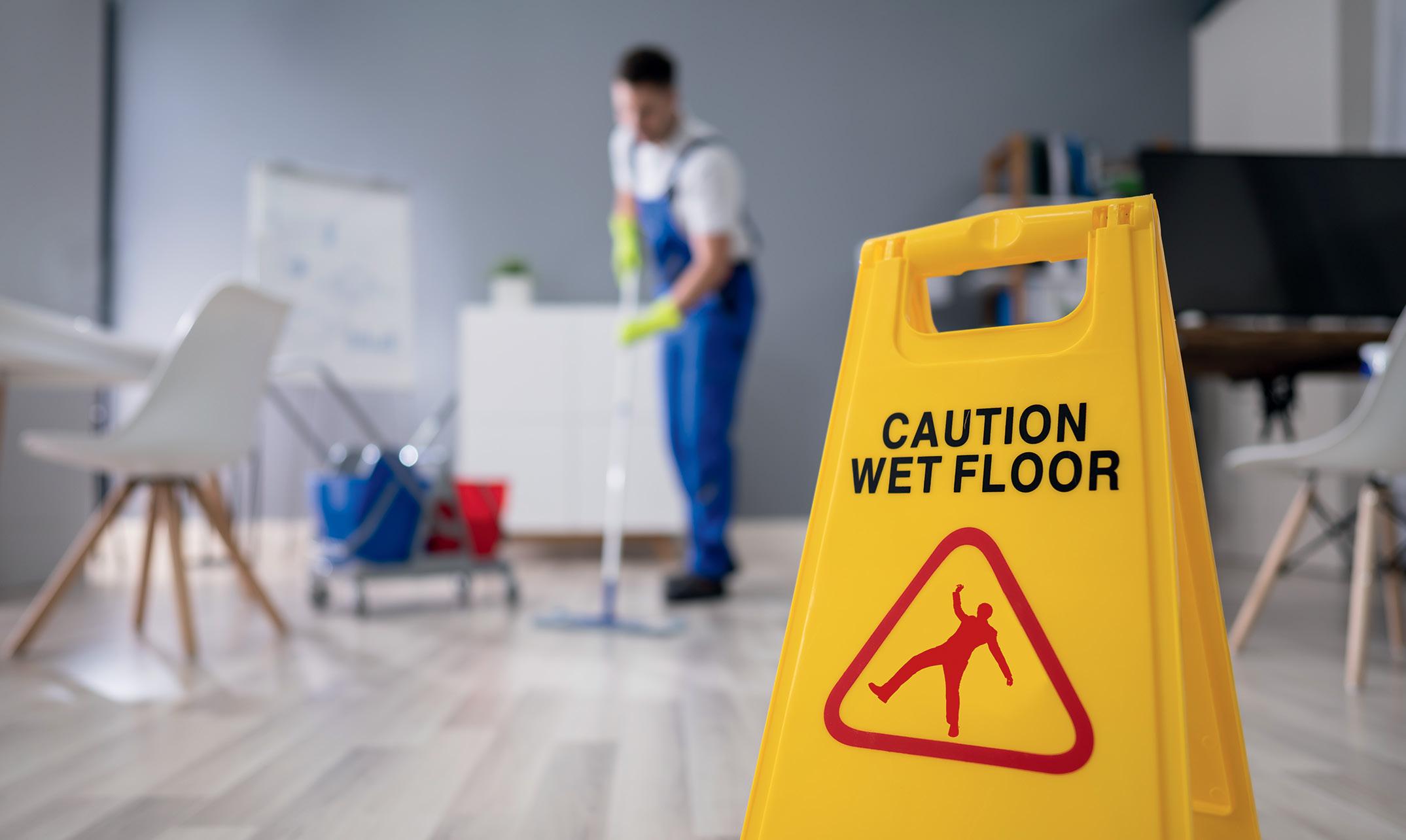
The Whiteley group plans to go out into the field later this year to conduct research on the state of cleaners’ gloves. Dr Whiteley expects the research to deliver alarming news about glove hygiene.
“It’s an area of hygiene education that we need to concentrate on.”
While the day-to-day skills required to be successful as a cleaning contractor are an obvious area of training to target, Micallef adds that industry knowledge around trends and products can also be crucial to success.
“Sometimes it’s just the formalised training that is in the spotlight. But sometimes we need a better understanding of products or industry trends to separate our business from the pack.” ■
“ You need people who are going to be assets to the business now and in the future and hold on to them because what we’re discovering is that if businesses fall behind, it’s hard to catch up. ”
TRAINING 20 INCLEAN NEW ZEALAND May 2023

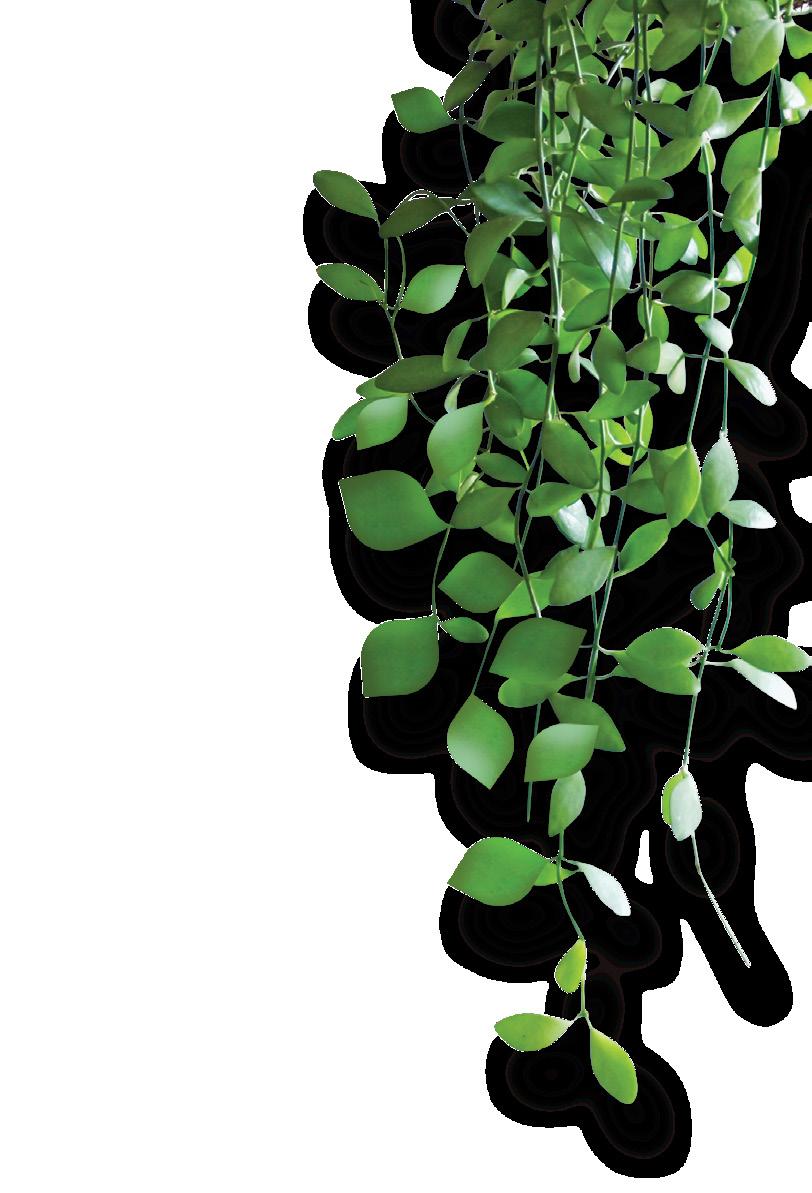
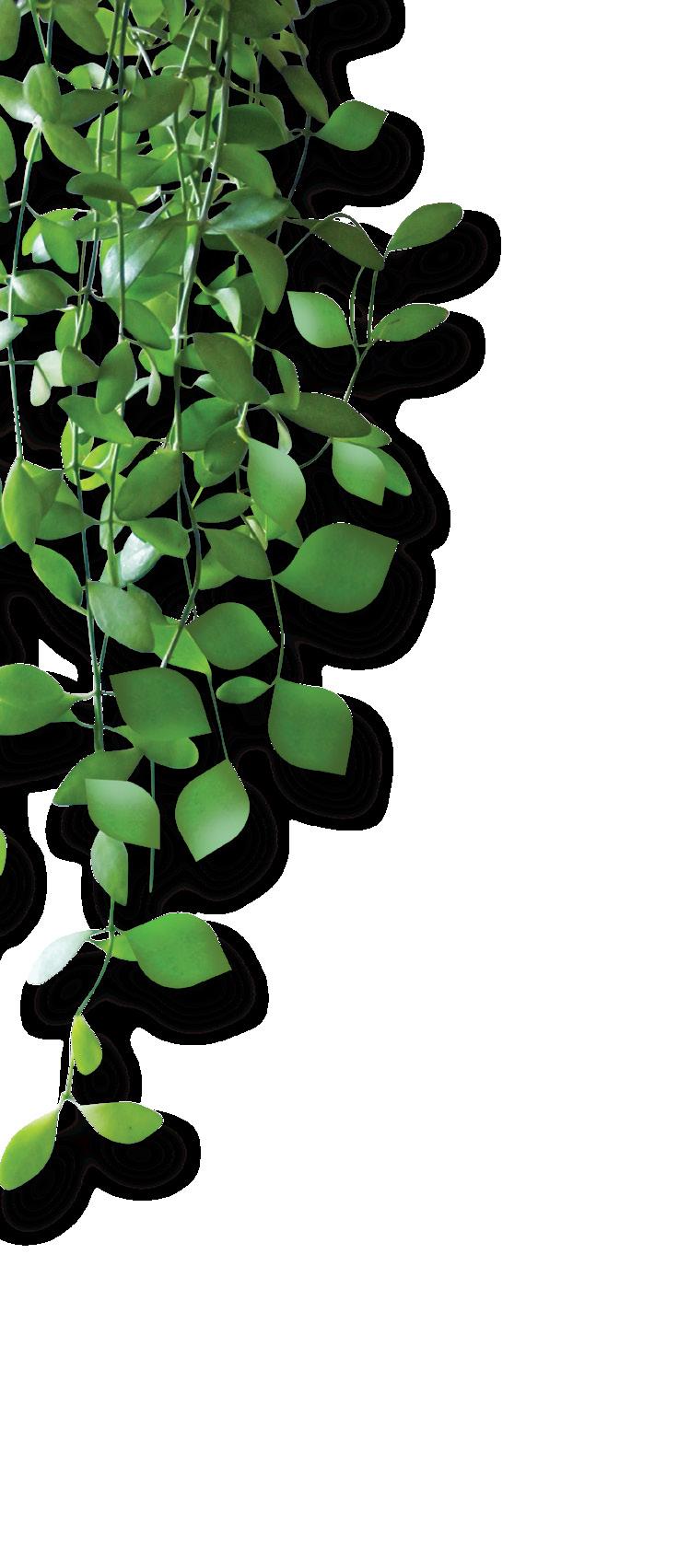
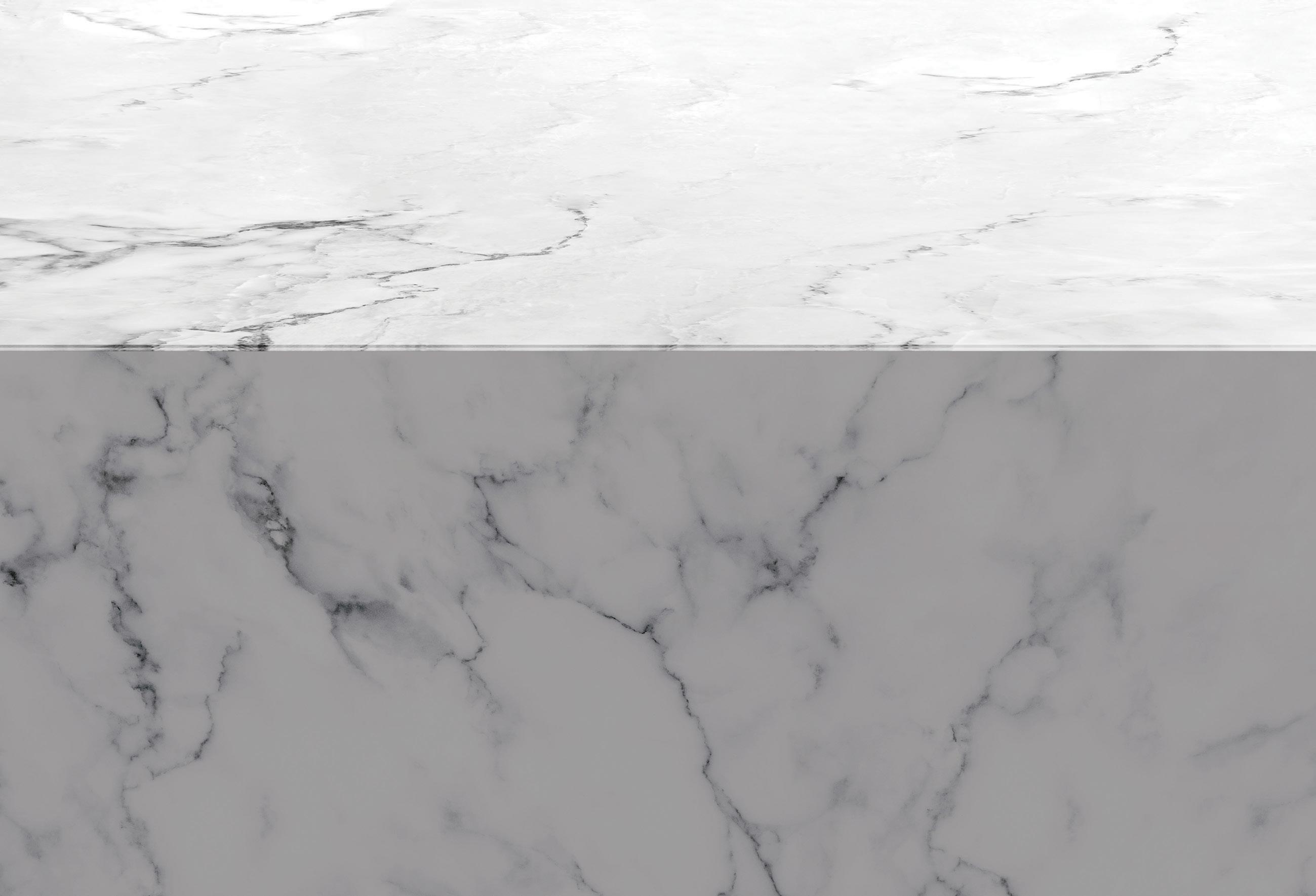
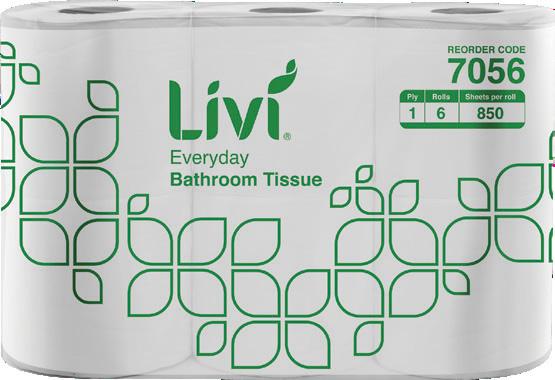







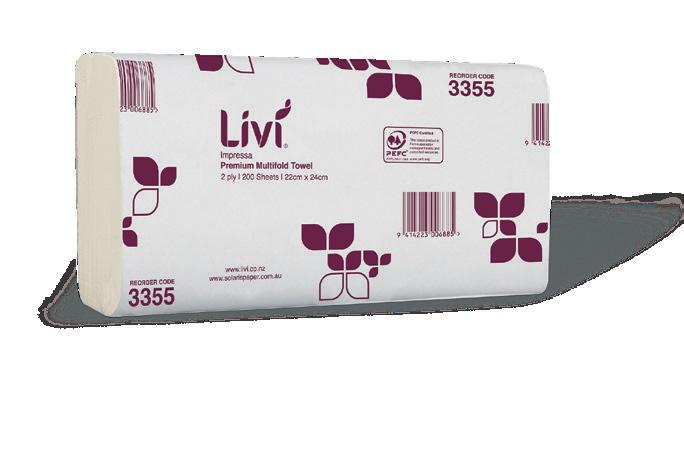

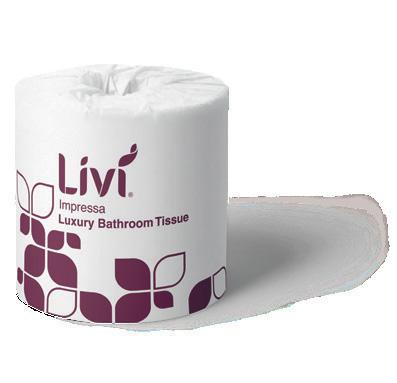
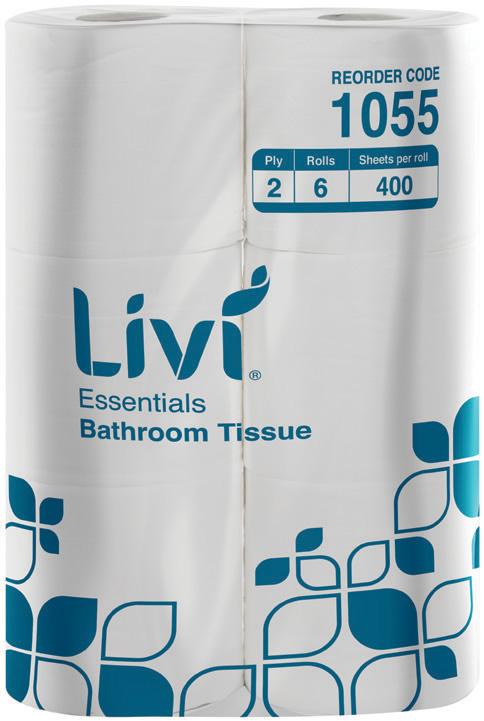

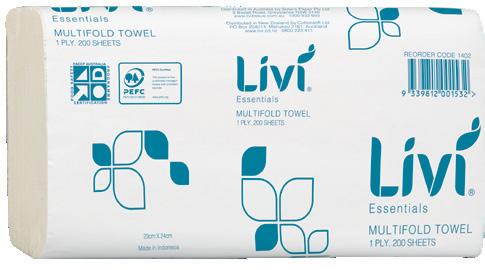


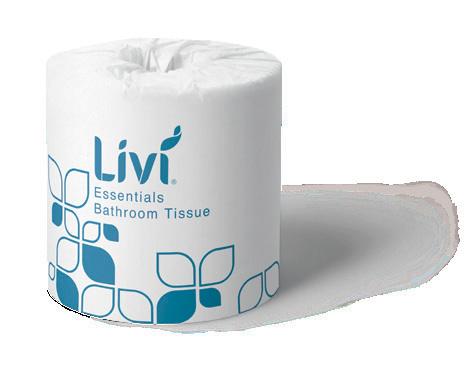

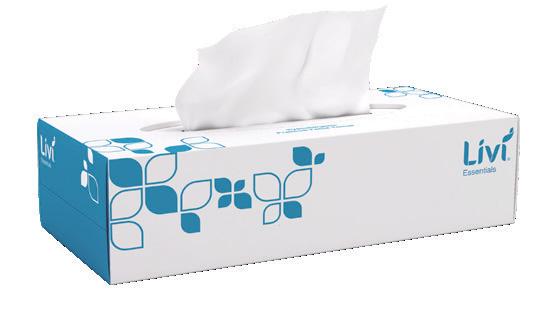

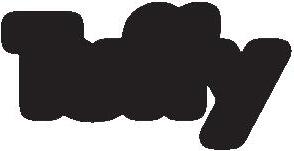

An ultra-premium range of toilet tissue, hand towels & facial tissue with softness & quality that will leave a lasting impression. Premium Economy A competitively priced range of toilet tissue & hand towels perfect for high volume facilities. A reliable & moderate range of toilet tissue, hand towel & facial tissue that is suitable for both high & low volume areas. Mid-range /livi-new-zealand Livi.co.nz /LiviNewZealand 0800 223 411 QUALITY COMFORT YOU CAN TRUST Do you know our retail brands?
Winning the cyber war
High-profile ransomware attacks in Australia are a reminder that cleaning and hygiene companies need a cybersecurity plan to protect their businesses and people
Words Cameron Cooper
For cleaning company executives, it would be easy to dismiss the recent ransomware attacks in Australia as an irrelevance for them.
After all, why would cyber criminals worry about relatively small businesses when they can go after the big fish?
Such complacency is highly risky, according to Monica Schlesinger, a cybersecurity governance expert and CEO of the Australian Health and Science Institute.
She notes the extensive use of subcontracting in the cleaning sector means smaller players are often called in to assist bigger companies.
“This three-person business is doing the cleaning services for some high-security
companies and they’re suddenly the gatekeeper,” she says.
“They open the door to that business, whether they open the door with a physical key, a swipe card, or with a phone that is not secure and can be hacked.”
Such a scenario can leave businesses of all sizes exposed to cybersecurity risks and potential class actions if a ransomware incident occurs.
“Putting your head in the sand doesn’t work anymore,” Schlesinger says. “An attack can affect not only your company but your clients’ networks as well.”
HIGH PRICE TO PAY
Ben Howden, Asia-Pacific director of growth at workforce management solutions business TEAM Software, says
the Medibank and Optus cyber-attacks in Australia highlight the critical importance of investment into IT and cybersecurity within the cleaning industry to protect against possible financial and reputational losses.

“Given the profile and scale of these cyber-attacks, businesses, employees, and consumers now have a heightened awareness of how their data is being handled by third parties,” he says.
Howden says given the notable increase in cyber-attacks during the past 12 months, cleaning companies should consider taking the following steps to reduce risks:
• engage a professional cybersecurity provider to conduct a security review of your business
• ensure staff are trained in IT security to minimise the risk of a security breach
22 INCLEAN NEW ZEALAND May 2023
CYBERSECURITY
• consider hiring someone with experience to manage IT security
• conduct a review of your IT and software providers to ensure they are following security and data best practices
• ensure your business has a defined disaster-recovery plan in the event of a cyber-attack or data breach.
DIRECTORS AND BOARDS ON NOTICE
Regardless of the size of the cleaning operation, Schlesinger says directors have a duty of care that includes understanding and acting on cybersecurity risks, while also appreciating that attacks can impact them personally.
“It takes vision, time and knowledge,” she says.
Crucially, Schlesinger says cyber threats are much more than an IT risk and require multiple lines of defence – incorporating staff training; HR policies that protect the business and its data; and robust finance and riskmanagement strategies.
To that end, cybersecurity should be on the agenda at every meeting, with CEOs, directors and IT experts driving the knowledge and education that helps ensure the long-term sustainability of the company.
Howden says cleaning companies drive the majority of their revenue from supplying labour and, therefore, typically employ large workforces. As a result, they store a large amount of personally identifiable information (PII) employee data across a number of different internal and external systems.
“PII data is particularly sensitive as it can be used on its own, or with other information to identify, contact or locate a single person, or to identify an individual in context,” Howden says.
“This type of data is attractive to cyber criminals as they can use it to hold businesses to ransom, or drive income from selling the data, or attacking individuals.”
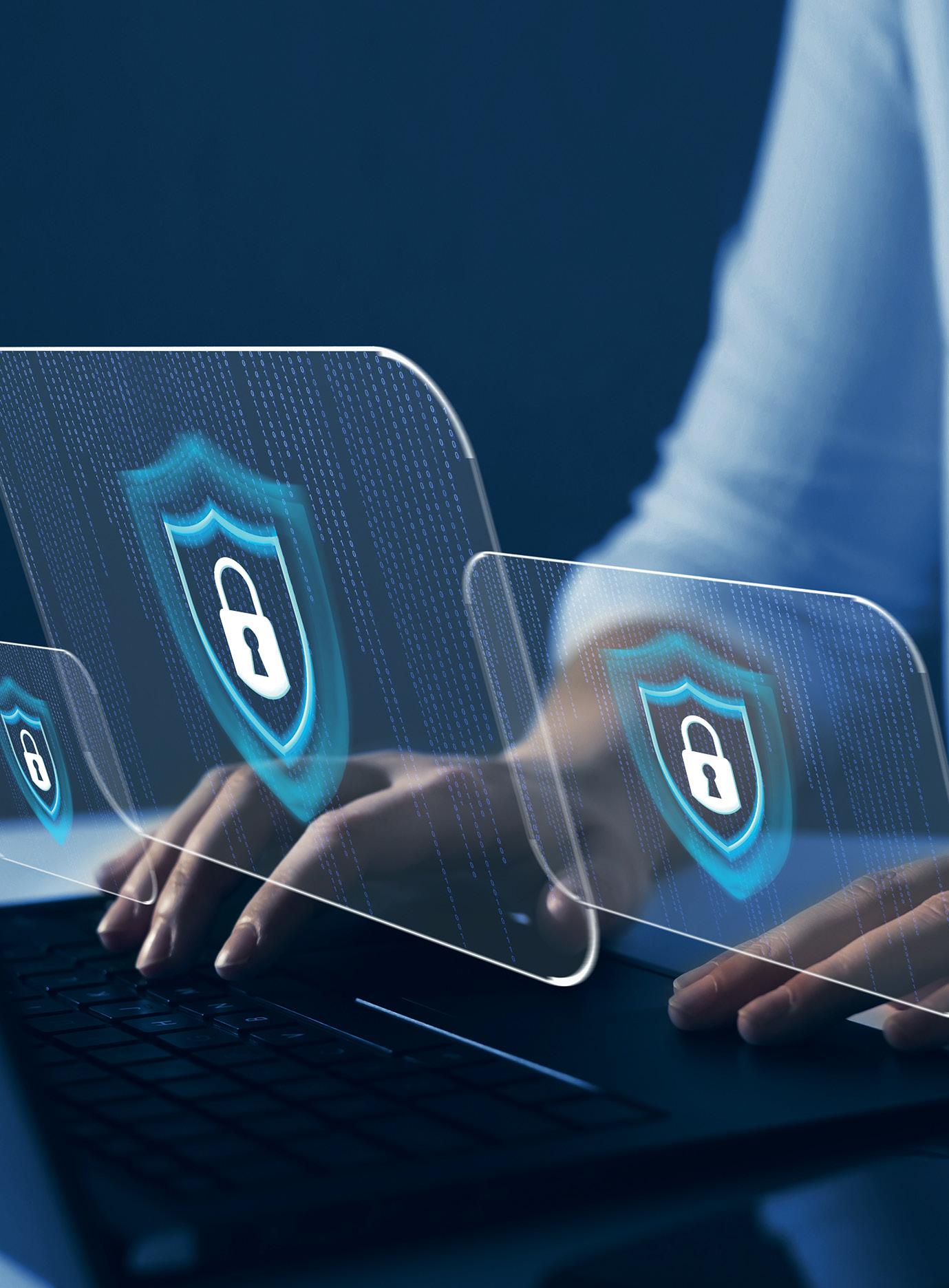
He says the nature and volume of this data puts cleaning companies in a position of increased risk, noting that it was only recently that employees at both public and private sector organisations had their data compromised during a ransomware attack on a popular timekeeping and payroll solution that is used by several large facilities management and cleaning companies.
Safeguarding your data and documents
TEAM Software’s Ben Howden provides advice for cleaning companies seeking to protect data related to tender documents, contracts, employee information and payroll technology.
1. Ensure employees’ operating systems and software are updated regularly to ensure they are using the most secure version.
2. Implement regular or automatic data backups of your business’s most important information.
3. Utilise multi-factor authentication (MFA) for access to key systems. MFA typically requires a combination of something you know (username and password), something you have (physical token, authenticator app) and something you are (a fingerprint or another biometric).
4. Implement access controls to manage who can access specific data within your business environment. Access controls help by restricting access to files, applications, databases, mailboxes, networks and other sensitive information. Many businesses follow the principle of ‘leave privilege’, which gives users the bare minimum permissions they need to perform their job.
5. Consider using a password manager to enforce minimum password rules and prevent re-use of passwords across multiple systems.
www.incleanmag.co.nz 23 CYBERSECURITY
“
”
The average cost per cybercrime is $39,000 for small businesses, $88,000 for medium businesses, and more than $62,000 for large businesses.
GET APPROPRIATE INSURANCE
The primary lesson to be learned from the recent spike in cyber-attacks is that education is the key, regardless of the size of the business, according to Jane Mason, head of product, channels and risk at insurance service provider BizCover.
She notes that both the Optus and Medibank attacks largely came down to human error. Optus left an application programming interface (API) – which is essentially a gateway to information – open online, allowing hackers to access sensitive customer data. The Medibank attack, which released the sensitive medical records of thousands of people, occurred simply because one single desk support worker did not have multi-factor identification.
In addition to ensuring that qualified IT professionals install and manage bestpractice cybersecurity systems such as encryption, firewall and antivirus software, Mason says businesses should take out a cyber insurance policy to protect against the financial consequences of an attack.
For any risk, Mason says business owners in the cleaning industry need to ask themselves, ‘could I stay afloat by myself if this risk were to happen?’
“If the answer is ‘no’, then you might want to consider if there is an insurance product that can protect you from that risk.”
She adds that a business is at risk of cybercrime if it uses PoS devices, emails or has online systems (it does not need to be a website) to manage business, or if it handles important data that could be compromised (that could either be personal data related to your customers, or even your IP).

“Many small businesses are also at risk of phishing, where a fraudulent request is sent via email to charge a bank account. This is a very real scenario that can happen to nearly any business owner, regardless of the industry.”
Mason says a cyber liability policy can protect a business from the financial consequences of an attack.
“Not only might businesses need to deal with the cost of recovering the data and investigating the attack, but they may need
24 INCLEAN NEW ZEALAND May 2023 CYBERSECURITY
“
Given the profile and scale of these cyber-attacks, businesses, employees, and consumers now have a heightened awareness of how their data is being handled by third parties. ”
to account for business-interruption costs and the expense of bolstering cyber defences. Then there might be the cost of dealing with the reputational damage cybercrime can cause, as well as the potential fines and legal costs associated with the attack. If you don’t think your cleaning business can handle these situations, then you may want to consider getting cyber liability insurance on top of your current insurance.”
Mason says there are two typical errors that small business owners make when taking out cyber insurance. First, some may think that they do not need to worry about cybersecurity as much because they are covered by cyber insurance.

“But cybersecurity and cyber insurance are both critical parts of a cyber risk plan that serve different functions.
“Cybersecurity helps prevent cybercrime from occurring and reduces the likelihood and impact of an attack. Cyber insurance protects your business from the consequences if an attack occurs.”
Second, some small businesses may think they can just set-and-forget cyber insurance, but if their risk changes their insurance may not cover the situation.
“If the business is operating with new online systems or equipment since the last time they renewed their policy, it may need a review to cover the new risks.” ■

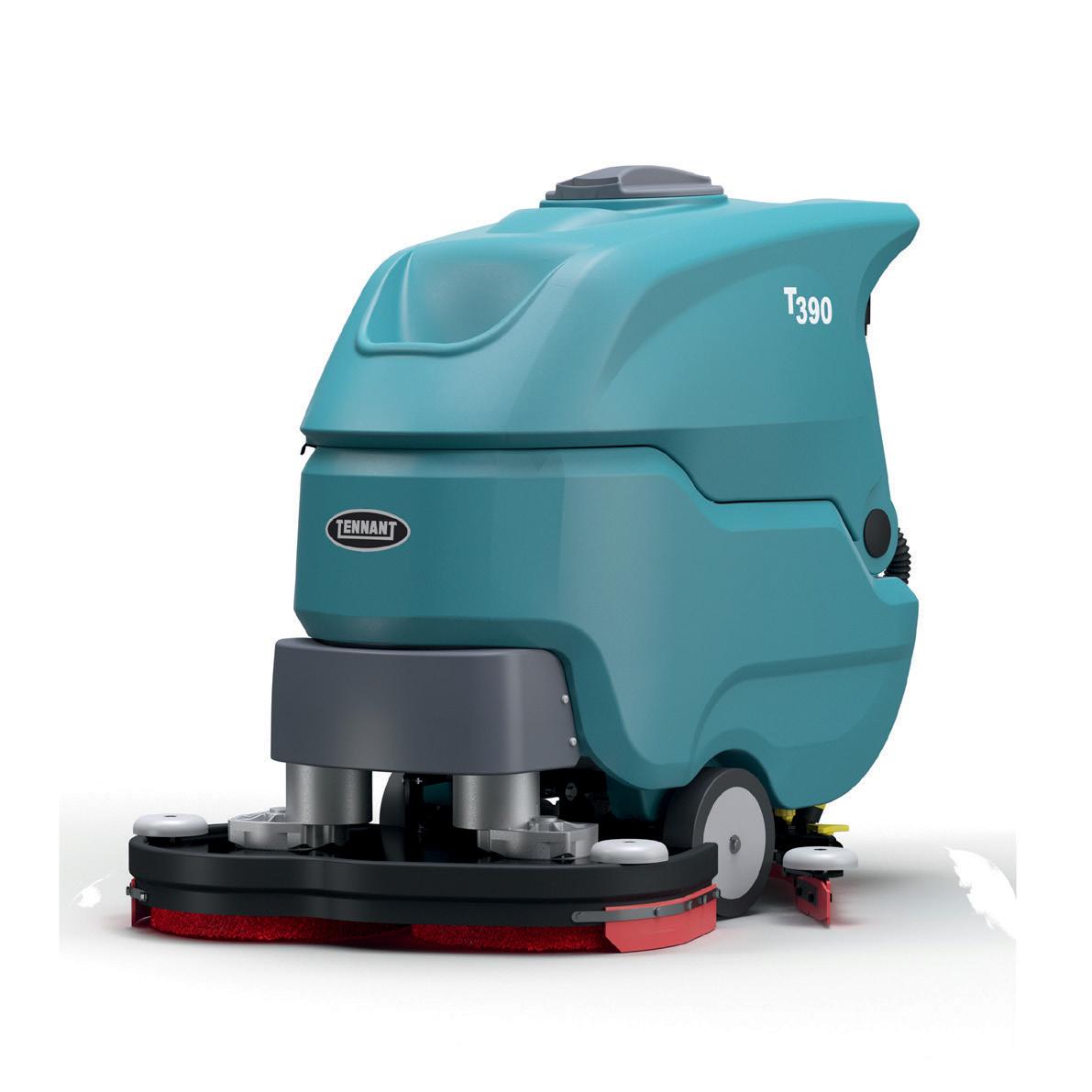


LEARN MORE 1800 226 843 contactus@tennantco.com www.tennantco.com.au T290 & T390 WALK-BEHIND & T581 MICRO-RIDER SCRUBBERS GET CONSISTENT PERFORMANCE AND PRODUCTIVITY WITH THE NEW T290 T390 T581 “
”
Many small businesses are also at risk of phishing, where a fraudulent request is sent via email to charge a bank account. This is a very real scenario that can happen to nearly any business owner, regardless of the industry.
CYBERSECURITY
This article was first published in INCLEAN Australia magazine.
Healthy debate over air quality
A move towards embracing more sustainable building materials and a focus on monitoring and measuring indoor air quality (IAQ) are at the heart of efforts to protect people and properties
Asubtle, but significant, shift is increasingly likely to occur around the construction of our best commercial buildings which for many years have been judged on qualities such as their location, aesthetics and energy efficiency.

In the aftermath of COVID-19, there is a growing push for healthy buildings which support the physical and mental health of occupants, including through a focus on improved indoor air quality and filtration.
The hope is that these buildings, on the back of superior ventilation and better
Words Cameron Cooper
control of airborne diseases, will help contain the spread of COVID-19, pathogens and illnesses in the workplace and contribute to better productivity levels and wellbeing for workers.
Jason Green is principal consultant of occupational hygiene at Greencap, a consultancy that specialises in the management of health and safety, property risk and environmental risk. He believes there is growing awareness about the impact of hazardous building materials on IAQ.
“It’s absolutely something which needs to be looked at in further detail,” he says.
Green says the building industry is going through a “transition phase” as questions are raised about the use of some materials that most manufacturers and suppliers maintain are safe.
“But these materials may have semitoxic or irritable-style chemicals which are within those building materials which can extract themselves if they’re newly installed into the buildings.”
He cites the case of formaldehyde, a strong-smelling and flammable chemical that is used in materials such as particleboard, plywood and other
INDOOR AIR QUALITY
26 INCLEAN NEW ZEALAND May 2023
pressed-wood products, while some other products may give off gasses if they are not installed into the building fabric correctly.
“They can inadvertently cause potentially significant indoor air quality issues,” Green says.
“There needs to be more clarity in this area.”
The hope is that new buildings, through “product stewardship” and smart design by architects and building developers, will be more environmentally and human friendly. By contrast, those developers who opt for the cheapest materials and products will potentially contribute to poor IAQ and associated health issues.
“They’ll have these products which could cause potentially negative indoor air quality issues for the building occupants now and down the track if these building products start to break down or get damaged,” Green says.
Patty Olinger, executive director for the Global Biorisk Advisory Council (GBAC), a division of ISSA, in the United States, agrees with such analysis.
“There’s no doubt that we’re starting to look at building construction, and what goes into that construction,” she says.
Other factors that are on the minds of IAQ experts include inferior work practices among cleaning and hygiene workers, and inadequate training of employees.
“We should be really paying attention to the tools that they use, from microfibre towels to different spray systems and the mop systems and the floor scrubbers,” Olinger says.
NO ROOM FOR COMPLACENCY
With historical research from the US Environmental Protection Agency revealing that Americans spend about 90 per cent of their time indoors, there is a compelling case for focusing on better IAQ.
Daniel Massaioli is a chemistry expert who has been developing pharmaceutical and cleaning agent formulations for decades and has developed the product SAN-AIR, an air-purifying reactive gel that is inserted into air-conditioning units to prevent mould and bacteria infestations. The business also produces a surface mould remover and surface sanitiser.
Massaioli is concerned with the perception that the worst of COVID-19 is over, leading to some facility managers
scaling back their commitment to IAQ.
For example, one of his client’s customers reported that fogging for SARS-CoV-2 and COVID-19 dropped virtually overnight by 98 per cent.
“It was like people went from being desperate to do something to doing nothing,” Massaioli says.
He is encouraging building owners and facility managers to stay the course.
“Indoor air quality is an important aspect of everyday life and we are living in a world that produces more and more particulate matter that brings pathogens into our air space. So, we need to stay vigilant and produce IAQ protections that are adequate for the environment that one lives in – and what’s adequate in Australia may not be adequate for someone in Europe or Africa, where a different approach may be required.”
Olinger says whether it is in our homes, or in office buildings, IAQ really has a “huge impact” on our health.
“Research also shows that bad indoor air quality, as opposed to better indoor
now and into the future “because once we start to monitor and measure, then we can at least put a game plan together”.
She adds indoor air pollutants can cause serious health problems and need to be better understood and controlled. “And monitoring systems can actually help us with that,” she says.
“We have a lot of work to do in this space, including examining our HVAC systems in general, and looking at our air turnover rates and what kind of filtration we should have in these occupied spaces where we spend most of our time.”
Green is also an advocate of monitoring and assessing real-time data related to IAQ.
“This is something which is really coming to the fore – looking at new technologies and appropriate monitoring devices that collate information. We’ve heard talk of carbon dioxide monitors, for example, and getting useful point-intime information and useful data from buildings. This will become more and more important.”
SMART SOLUTIONS ON THE RADAR
Lisa Michalson, director of Cleanstar XPOWER Australia, notes that there are various technologies and equipment available to improve IAQ. They include the following:
Air purifiers – they have become more popular in recent years as they can remove harmful particles, allergens and pollutants from the air. The latest air purifiers use advanced filtration technology, such as HEPA filters, activated carbon, and UV-C light to capture and eliminate airborne contaminants.
air quality, can affect our performance and our children’s performance at school. So, a lot of data is coming forward on the medical outcomes of having good indoor air and why it’s important.”
There are a range of factors that can contribute to poor IAQ, including inadequate ventilation, chemical pollutants from building materials and cleaning products, and biological contaminants such as mould and bacteria. These contaminants can accumulate over time and cause a build-up of toxins in the air, which can be harmful to building occupants.
Olinger thinks indoor air quality monitoring will increasingly be a focal point for building owners and managers
HVAC systems – these systems are vital for maintaining IAQ. Modern HVAC systems use high-efficiency filters that can capture a wide range of contaminants, including bacteria, viruses and particulate matter. “Some systems also use ultraviolet light to kill airborne pathogens,” Michalson says.
Smart IAQ sensors – there is a new generation of air-quality monitors that use advanced sensors to detect harmful pollutants such as carbon dioxide, volatile organic compounds (VOCs), and particulate matter. They provide real-time information about IAQ.
Electrostatic air filters – they use an electrostatic charge to capture airborne particles, including dust, pollen and mould spores. These filters
“
”
In the aftermath of COVID19, there is a growing push for healthy buildings which support the physical and mental health of occupants, including through a focus on improved indoor air quality and filtration.
INDOOR AIR QUALITY
www.incleanmag.co.nz 27
can be washed and reused, making them more environmentally friendly than disposable filters.
Air duct cleaning – over time, air ducts can become clogged with dust, debris and other contaminants, reducing the effectiveness of HVAC systems and potentially harming indoor air quality.
“Professional air-duct cleaning services can remove these contaminants, improving the
efficiency of HVAC systems and the quality of indoor air,” Michalson says.
Ivy Sims, co-founder of BULCS Holdings, which distributes IAQ, ventilation, and building restoration solutions, says it is crucial for facility managers to consider their response options and develop a robust indoor action plan.


To that end, her team has created a Healthy Buildings Scorecard that serves
as a free, evidence-based framework for measuring, monitoring and certifying the elements within a building that affect IAQ.
Such a tool can help inform an action plan, according to Sims, who adds that it will be crucial for the industry more broadly to develop an overarching strategy to handle IAQ risks and opportunities.
“We don’t have a strategy in Australia, and we don’t have a strategy in a lot of places around the world,” she says. The result is that there are multiple people and stakeholders – everyone from health experts, facility managers and HVAC specialists to tradespeople and cleaners – that are operating in a complex and sometimes uncertain IAQ space. That puts the onus on individual operators to foster a strong IAQ response. “So, developing a good strategy is crucial for providing customers with better indoor air quality plans that they know will be workable and cost-effective,” Sims says.
Another imperative, given the inevitability of more fires and floods, will be ramping up industry training for the use of products that can help mitigate IAQ risks.
“Of course, our business sells products, but one of our main goals is to provide training and help the people who buy our products to have the confidence to go to their customers with a solution.”
LESSONS FROM THE PANDEMIC
Olinger says the COVID-19 pandemic has been a wakeup call regarding IAQ. She urges industry leaders to remain vigilant and keep embracing new technologies and ideas to prevent any harmful effects.
“There will be another pandemic or novel organism sometime in the future,” she says.
“Hopefully it’s a long time in the future. But it could be tomorrow. And I think the questions we have to ask ourselves include, ‘Are we ready?’ and ‘What have we learned?’ ”
She endorses the United Nations Sustainable Development Goals that, in part, call for a holistic approach to health and wellness and healthy work environments.
“We really need to pay attention to that. For me, I take the concept from biosecurity of ‘One Health’ – healthy buildings, healthy people, healthy planet. Being able to embrace that in the long run, we’ll all be much happier and healthier going forward.” ■
“
” INDOOR AIR QUALITY
There are a range of factors that can contribute to poor IAQ, including inadequate ventilation, chemical pollutants from building materials and cleaning products, and biological contaminants such as mould and bacteria.
28 INCLEAN NEW ZEALAND May 2023

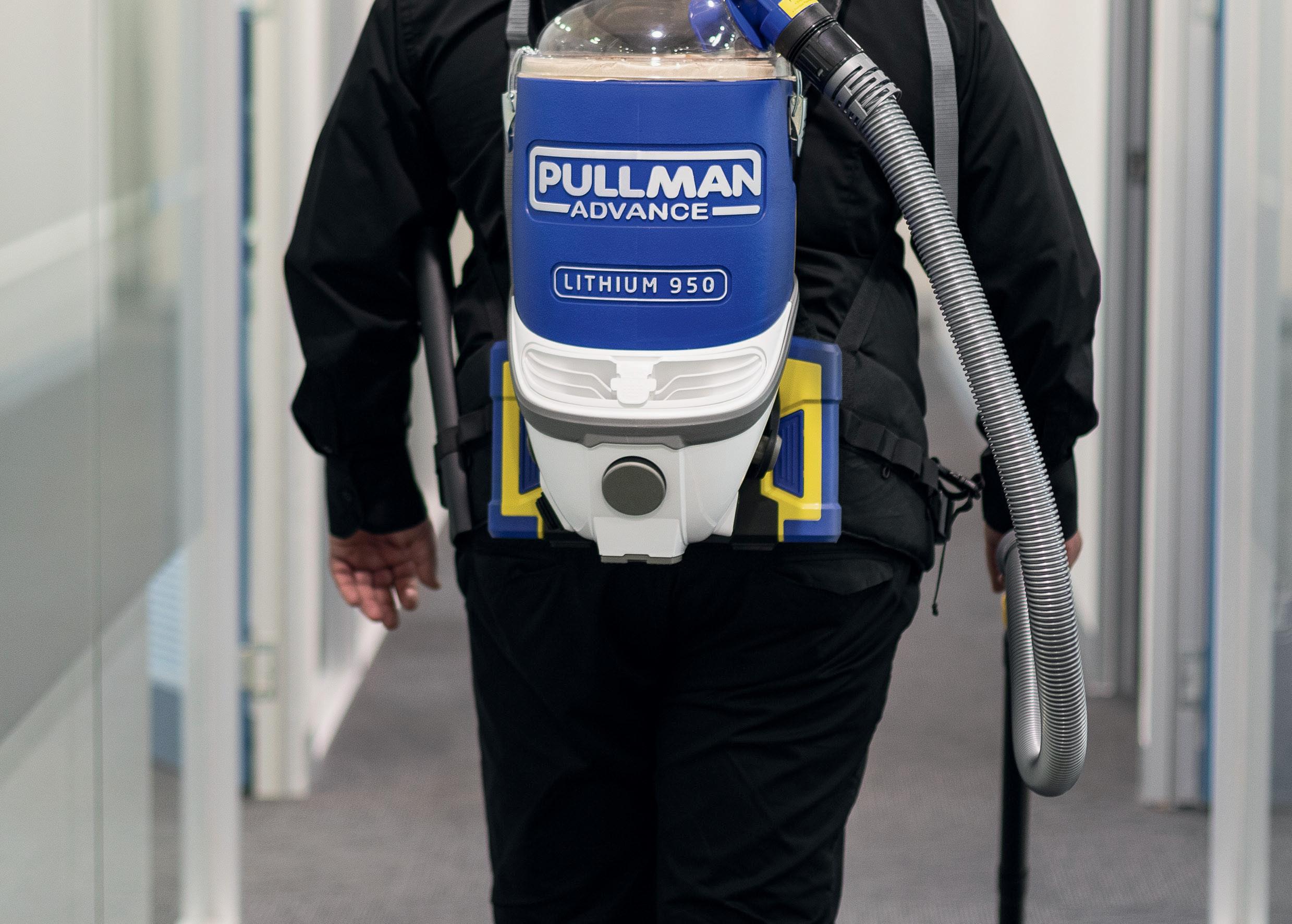


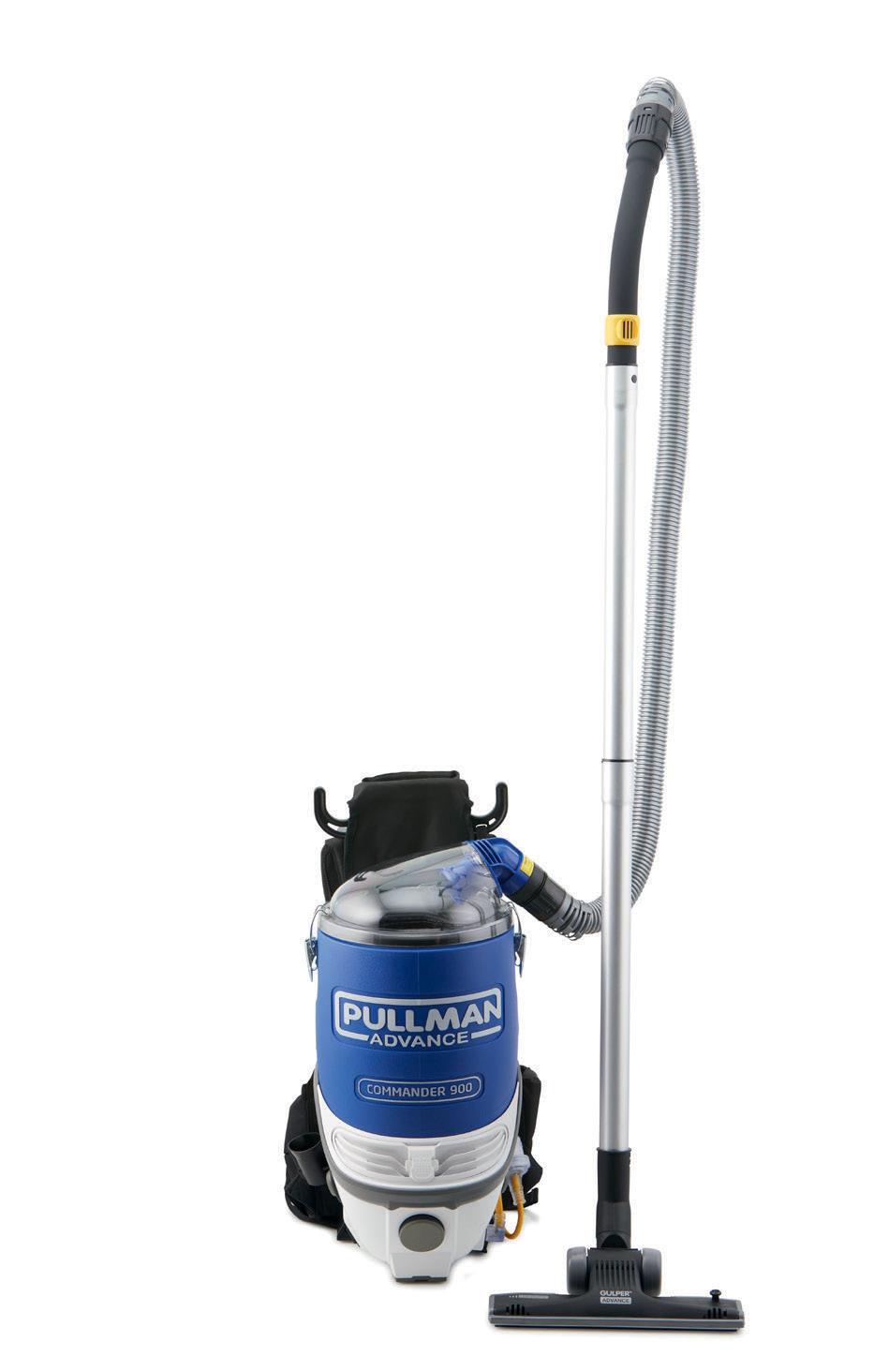

Power and comfort combined Contact your local Vacspare sales representative today. 0800 822 772 | sales@vacspare.co.nz Commander PV900 Up to 51.1L/s airflow PL950 Lithium Cordless Up to 1hr runtime* • Eco and Turbo power modes • Adjustable harness • Anti-vibration absorption • 5-stage filtration system • Converts to a blower *Runtime on Eco Mode. +Airflow on Turbo Mode.
Can work clothes spread germs?
GBAC’s Dr Gavin Macgregor-Skinner takes a closer look at the research
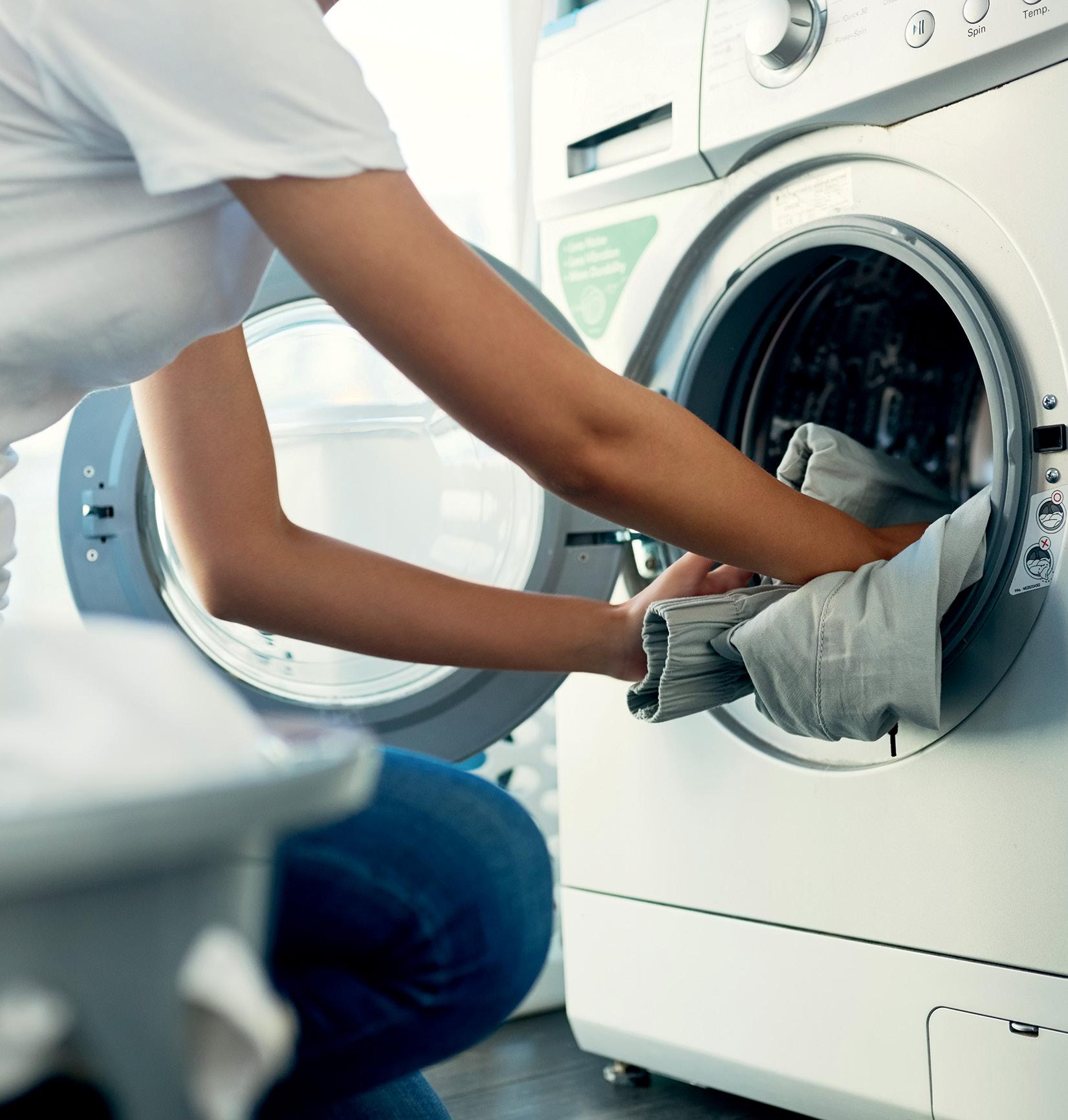
30 INCLEAN NEW ZEALAND May 2023 GBAC
Essential cleaning professionals frequently ask whether they can carry germs home on their work clothes and pass them on to family members or even infect themselves later in the day. So, let’s examine what the research shows.
RELATED STUDIES ON GERM TRANSPORT
Work clothes can transport germs. Germs can accumulate on your work clothes in high numbers. They can spread through contact with soft, porous materials and can be resuspended into the air. Yet, to my knowledge, this has not been studied in work environments and the work clothes of professionals in the cleaning industry.
However, it is well-established that germs can accumulate on hospital uniforms, as reviewed by Haun et al. (2016).1
Another study showed the accumulation of bacteria on sterilised uniforms worn by nurses and that 70 per cent were positive for antibioticresistant Staphylococcus aureus (Sanon and Watkins, 2012).2
Also, high concentrations of germs were found on the work clothes of waste collection workers after they had finished their shifts (Park et al., 2011).3 But none of these studies investigated the movement of germs on work clothes to other environments. Nevertheless, these types of studies do highlight the importance of infection control, hygiene, and laundry in relation to work clothes.
‘Take-home’ exposure, by bringing home contaminated work clothes, has been reported for chemicals such as lead, pesticides, asbestos, and polychlorinated biphenyls (PCBs).
Exposure to biological particles that cause allergies from clothes has been studied for cat allergens, dog allergens, and dust mites, where these allergens were shown to be transported on clothes between homes, schools, and workplaces. Pollen has been shown to accumulate and be transported on clothes.
One study showed that fungi and fungal spores in farmers’ homes can be up to 1000 times higher when compared to apartments where non-farming families live, indicating fungi transport on clothes to the home (Pasanen et al., 1989).4
Cleaning professionals work to clean dirty environments and can be exposed to a wide range of germs, pollutants, and contaminants.
Several studies have been conducted on exposure to biological risks and how workers could transport fungi and bacteria to vehicles and other non-workplaces through contaminated work clothes, skin, or hair (Møller and Madsen et al., 2022).5
They identified 275 fungal species and 54 different species of bacteria on the work clothes of
waste collection workers. A series of studies found that workers who work with waste:
• Are exposed to a wide range of fungal and bacterial species, including those that can cause hypersensitivity, pneumonitis, and gastrointestinal infections.
• Waste collection has been associated with health symptoms related to exposure to elevated concentrations of germs.
• Workers that handle and sort waste cardboard have high at-work exposure to germs.
• Work clothes can be contaminated by germs from surface-to-surface contact.
• Shoes can spread germs.
• Germs can be aerosolised from the floor.
• Emptying trash and waste containers can spill germs on the ground or aerosolize them onto clothes.
• Germs generally exhibit lower survival on porous surfaces than on non-porous surfaces. However, they can survive on textiles for days to weeks.
• Staphylococcus aureus, Escherichia coli, and Escherichia faecium survive on cotton for 21 days.
• Staphylococcus aureus and Escherichia faecium survive on polyester for up to seven days.
• Fecal coliforms can survive for 120 days on cotton and blended textiles.
• Clostridium difficile spores have been reported to persist on dry surfaces for five months.
• Candida spp., Aspergillus spp., Fusarium sp., Mucor sp., and Paecilomyces sp. survived from one to more than 30 days on cotton, terry, blended textile, polyester, and spandex.
• SARS-CoV-2, the virus that causes COVID-19, persisted on cloth (unspecified material type) for two days, compared to four days on glass and banknotes, and up to seven days on surgical masks, stainless steel, and plastic.
• Poliovirus survives at room temperature for 84–140 days on wool and 42–84 days on cotton.
THE VERDICT
Work clothes can transport germs to places outside the work environment, such as your home.
The current assumption that there is a low risk of infection from soft, porous materials and textiles like work clothes, is due to a lack of studies and direct epidemiological evidence. Therefore, there is less emphasis on worker safety and the risk of infection from work clothes, textiles, and soft surfaces.
Germs do survive on textiles for hours, days, and weeks and can transfer onto skin and other surfaces. It is biologically plausible that infectious diseases can be transmitted directly through contact with contaminated textiles. There are a number of case studies that link infection with inadequate laundering of bed linen, towels, and work clothes in hospitals and hotels.
“
”
Germs can accumulate on your work clothes in high numbers.
www.incleanmag.co.nz 31 GBAC
I am very concerned due to the lack of control and monitoring of decontamination for those cleaning professionals that are required to wash and dry their work clothes at home.
WHAT CAN BE DONE?
Germs, just like allergens, pollutants, and contaminants, can accumulate on work clothes, including shoes, throughout a workday and can lead to exposure. These germs can lead to infections and make people sick.
For the cleaning industry, understanding that germs can be transported and resuspended from work clothes is important for everyone,
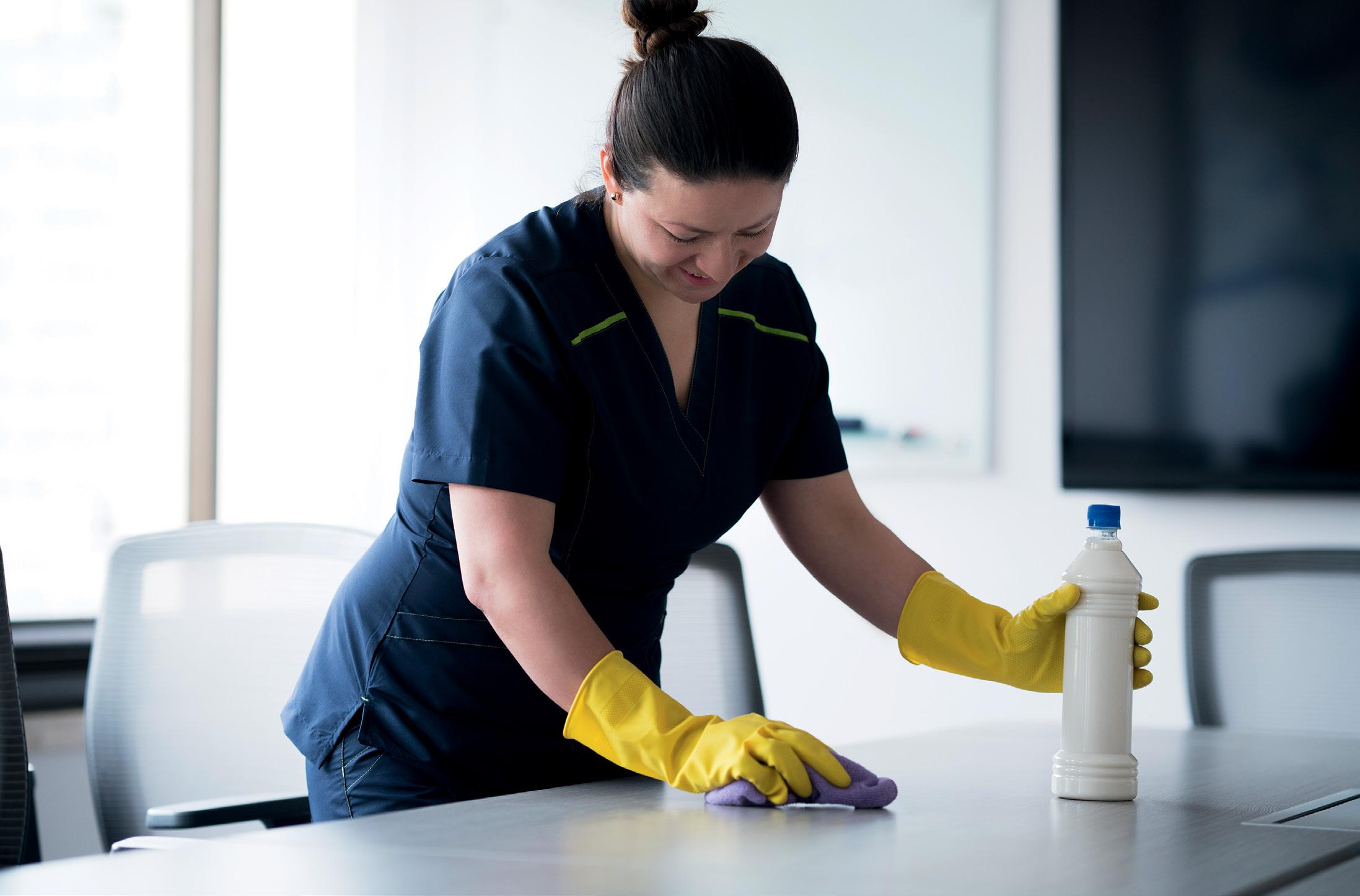
not just those that are immunocompromised, have allergies, or have open wounds and cuts. This knowledge should change workers’ behavior and actions for washing hands with soap and water, donning and doffing and wearing appropriate personal protection equipment, changing out of work clothes at the end of their workday, taking a shower after work, and handling of laundry of work clothes. Again, I am unaware of studies specifically related to cleaning professionals, but I highly recommend that the cleaning industry not ignore but learn from studies conducted for other professions. ■
Dr. Gavin Macgregor-Skinner is a senior director of the Global Biorisk Advisory Council (GBAC), a division of ISSA. As an infection prevention expert and epidemiologist, he works to develop protocols and education for the global cleaning industry, helping facilities, businesses, organizations, and cleaning professionals to create safe environments.
1Haun, N., Hooper-Lane, C., Safdar, N. 2016. Healthcare personnel attire and devices as fomites: a systematic review. Infection Control Hospital Epidemiology, 37 (11), 1367-1373
2Sanon, M.A., Watkins, S. 2012. Nurses’ uniforms: How many bacteria do they carry after one shift? Journal of Public Health Epidemiology, 4, 311-315
3Park, D.U., Ryu, S.H., Kim, S.B., Yoon, C.S., 2011. An assessment of dust, endotoxin, and microorganism exposure during waste collection and sorting. Journal of Air Waste Management Association. 61 (4), 461-468
4Pasanen, A.L., Kalliokoski, P., Pasanen, P., Salmi, T., Tossavainen, A., 1989. Fungi carried from farmer’s work into farm homes. American Industrial Hygiene Association Journal, Volume 50, Issue 12, 631-633
5Møller, S.A, Rasmussen, P.U., Frederiksen, M.W., Madsen, A.M., 2022. Work clothes as a vector for microorganisms: Accumulation, transport, and resuspension of microorganisms as demonstrated for waste collection workers, Environment International, Volume 161, 107112.
32 INCLEAN NEW ZEALAND May 2023 GBAC
“
”
Work clothes can transport germs to places outside the work environment, such as your home.

UNRESTRICTED CLEANING m ak i t a.co.nz makitasales@makita.co.nz IMPROVED USER COMFORT WITH A LIGHTWEIGHT AND COMPACT DESIGN WEIGHING ONLY 3.4KG PERFORMANCE POWERFUL MAKITA-BUILT BL™ BRUSHLESS MOTOR GENERATES UP TO 18KPA/195W OF SUCTION POWER BRUSHLESS MOTOR LIGHTWEIGHT COMFORT 40V MAX XGT ® BRUSHLESS BACKPACK VACUUM
Doing the hard yards (floor)
Better cleaning and hygiene outcomes for hard-floor care have the capacity to save lives, especially in healthcare facilities, so there is no room to compromise on training staff and adhering to proven processes.
 Words Cameron Cooper
Words Cameron Cooper
The imperative for facility managers and cleaning contractors to get it right with hard-floor installation and cleaning is clear.
Think of some of the benefits – improved hygiene outcomes at a time when COVID-19 has underlined the importance of floor care; productivity gains as a result of more efficient cleaning practices; and superior indoor air quality and health outcomes for building occupants.
Kerry Boon, sales and marketing manager at Proquip NZ, says such benefits are a reminder for industry leaders as to why they cannot afford to be complacent about hard-floor care, even if the worst of the pandemic has passed.
“People do get pretty complacent,” Boon says.
“Floors are something that have to be pretty dirty before some facility managers act. I’m generalising, but people often don’t associate a dirty floor with an unhealthy place. They are more worried about how they look visually.”
FLOOR
34 INCLEAN NEW ZEALAND May 2023
CARE
Proquip supplies a wide range of commercial and industrial vacuum cleaners, floor scrubbers, floor sweepers and polishers and burnishers. With pressure on margins, Boon says some building managers and cleaning contractors may be tempted to use cheaper floor-care machines and products that cannot deliver the same long-term results as industryleading counterparts.
“We focus our customer education on this because in many cases people don’t know how to look after the floor properly. For example, they might go down the road and find a polish that is a little bit cheaper and use that instead.”
Such shortcuts will inevitably hurt the longevity of the floor.
“We’re all about the process and getting it right,” Boon says.
“If you skip any steps in the process, you’re not going to get the best outcomes. When it comes to floor-care it’s not just about giving the floor a bit of a clean and swinging a polisher over and she’ll be all right. It doesn’t work like that. If you look after it, if you invest in it, it will actually save you money over time.”
HEALTH OUTCOMES ON THE LINE
The importance of floor care when it comes to hygiene in healthcare and other high-risk settings cannot be underestimated.
Manufacturers and distributors that supply hospitals and aged care facilities are observing continued emphasis on the prevention of health care-associated infections – and hard-floor cleaning can play a significant role in mitigating risks. Diversey’s global infection prevention expert Peter Teska has contributed to two recent peer-reviewed articles – one in the American Journal of Infection Control on automated floor cleaning disinfection, and another evaluating the hygiene outcomes of manual floor mopping methods.
The studies are designed to examine how proper hygiene and disinfection practices can stop pathogens such as Staphylococcus aureus transferring from contaminated floors to other highcontact areas, resulting in healthcareassociated infections.
In the former study, the researchers tested and compared efficacies of five US Environmental Protection Agency-registered disinfectants and one neutral cleaner using an automated floor cleaner. They found that hydrogen peroxide and quaternary ammonium compounds were more efficacious against S. aureus than the neutral cleaner.
In the latter study, a 2m2 vinyl floor contaminated with S. aureus was used to test the efficacies of five floor hygiene products using three different mops. The researchers found there were significant differences among product types used, with a neutral cleaner having the most average log densities recovered compared with hydrogen peroxide or quaternary ammonium compoundsbased disinfectant products. They added that “more crosscontamination was observed when cotton mops were used, while the area cleaned or disinfected had no significant differences among average log densities recovered”.
Teska says floors and their impact on health represents a fascinating area of study.
“Typically, the floor will have about 10 times as many bacteria on it as a corresponding high-touch surface,” he says.
“The floor is the largest surface in any facility that gets cleaned regularly. So, there’s more square metres of floor than there are of high-touch surfaces. And studies that have been done on floors continue to show this potential pathway for organisms that have started out on the floor ending up on hightouch surfaces.”
EVOLVING TECHNOLOGY AND PRODUCTS
Floor care is a dynamic component of the cleaning and hygiene market (see panel). Industry leaders are increasingly interested in the rise of robotics and artificial intelligence and how they can improve floor-care results.
In the aftermath of COVID-19, there is also greater demand for high-quality scrubbers, sweepers, air purifiers and vacuum cleaners with HEPA filtration and steamers. In recent years, the value of microfibre cleaning technology has

“
When it comes to floorcare it’s not just about giving the floor a bit of a clean and swinging a polisher over and she’ll be all right. It doesn’t work like that. If you look after it, if you invest in it, it will actually save you money over time. ”
FLOOR CARE www.incleanmag.co.nz 35
up on high-touch surfaces.
come to the fore, too, with microfibre mops and cloths proving a good choice for commercial and industrial buildings.
Products and machines aside, Boon is an advocate of “following a proven process” when cleaning hard floors. That includes using floors sweepers more often to pick up loose debris and minimise surface damage; using lower-rotation floor scrubbers that do not burn off floor seals, in combination with a polisher that runs at higher revs per minute to bring surface back up to a polish; and turning to floor polishers to bring the lustre back to linoleum.
PROMISING MARKET OUTLOOK
Boon says the New Zealand cleaning market is “fairly buoyant”, with the nation steadily emerging from the COVID-19-related slowdown of 2022.
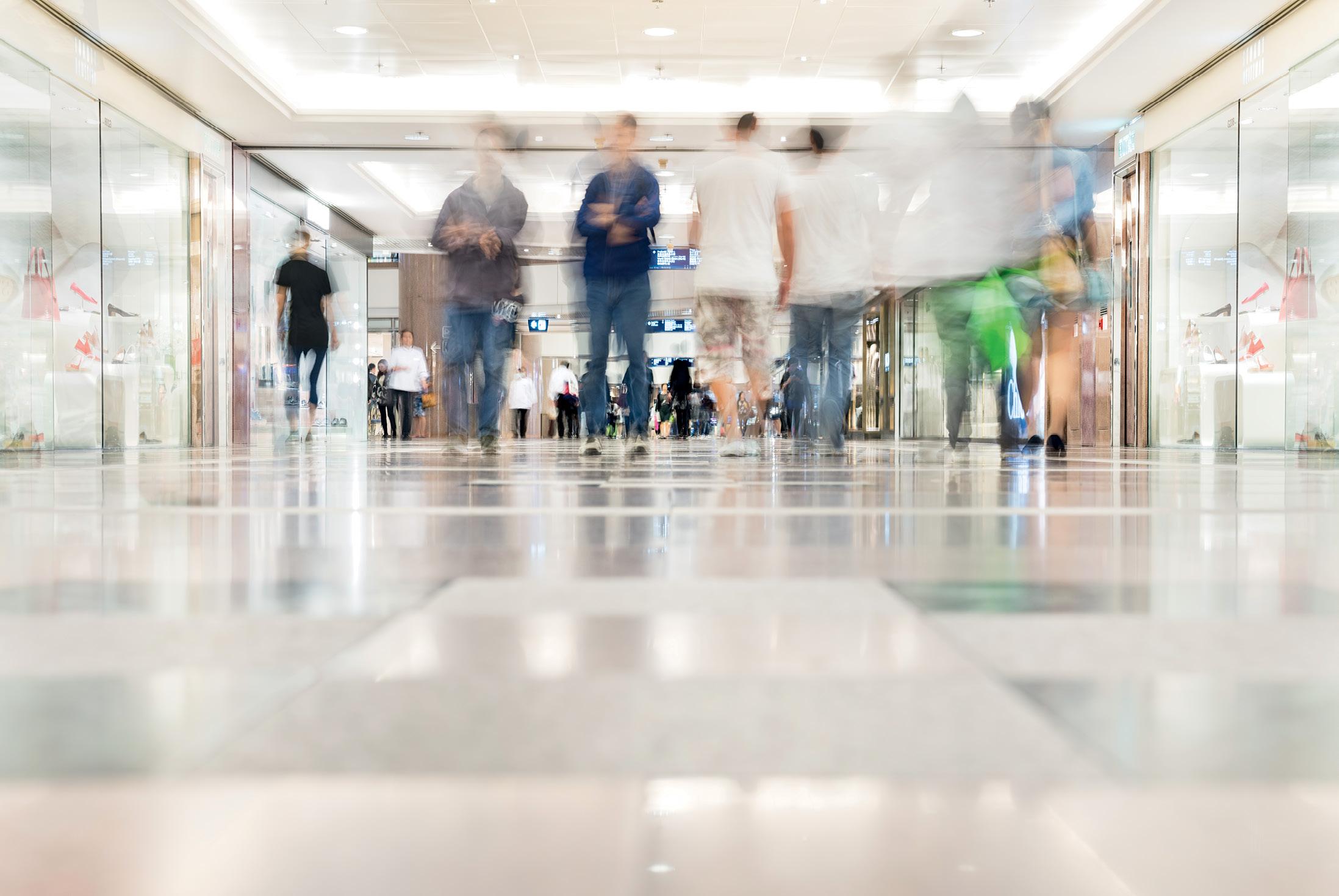
“We’re growing and business is going pretty well,” he says.
Importantly, supply-chain bottlenecks have eased and stock is entering the country in greater volumes than during the pandemic.
“There’s more shipping available now, so they’re not charging like wounded bulls like they used to,” Boon says.
“If our shipping costs had remained at those
Three trends to watch
1. Lithium-powered batteries
The technology is not new, but demand for products with lithium-powered batteries continues to increase for a range of seasons. First, eliminating the risk of cord-trip hazards is a major factor for hospitals and healthcare facilities, where resident or patient falls can endanger lives. Second, batterydriven products tend to be much quieter and can be run around the clock with minimal distraction. Third, the greater reliability and run-time of cleaning equipment with new and improved batteries makes a big difference to productivity.
2. Resilient surfaces
Floor types are changing in line with new manufacturing practices and materials. In healthcare, industrial and educational facilities, for example, the use of low-maintenance substrates represents the way of the future. The emphasis is on resilient flooring featuring the use of aluminium oxide and mineral-based coatings. This can include wear and scratch resistance, anti-microbial protection, and anti-slip qualities. Wood, stone, ceramic and high-end vinyl will also continue to be popular in residential and commercial buildings.
3. Data dependence
With the rise of artificial intelligence and the Internet of Things (IoT) technology, some commercial buildings are turning to the use of sensors and data analytics to monitor foot traffic and any cleaning activities. This data can be used to finetune cleaning schedules and improve floor-care efficiency.
“
” FLOOR CARE 36 INCLEAN NEW ZEALAND May 2023
The floor is the largest surface in any facility that gets cleaned regularly. So, there’s more square metres of floor than there are of high-touch surfaces. And studies that have been done on floors continue to show this potential pathway for organisms that have started out on the floor ending
high levels, we would have had to pass that on. We’re not having to do that.”
This augurs well for the New Zealand cleaning market, including for floor-care specialists as commercial and industrial facilities insist on robust hygiene outcomes.

Nevertheless, to get the best results there must be an emphasis on training among cleaning contractors, according to Boon.
Too often, he says, cleaning staff will be educated about best practice when cleaning hard floors and other surfaces, only to soon leave the company and be replaced by someone who does not get the appropriate training.
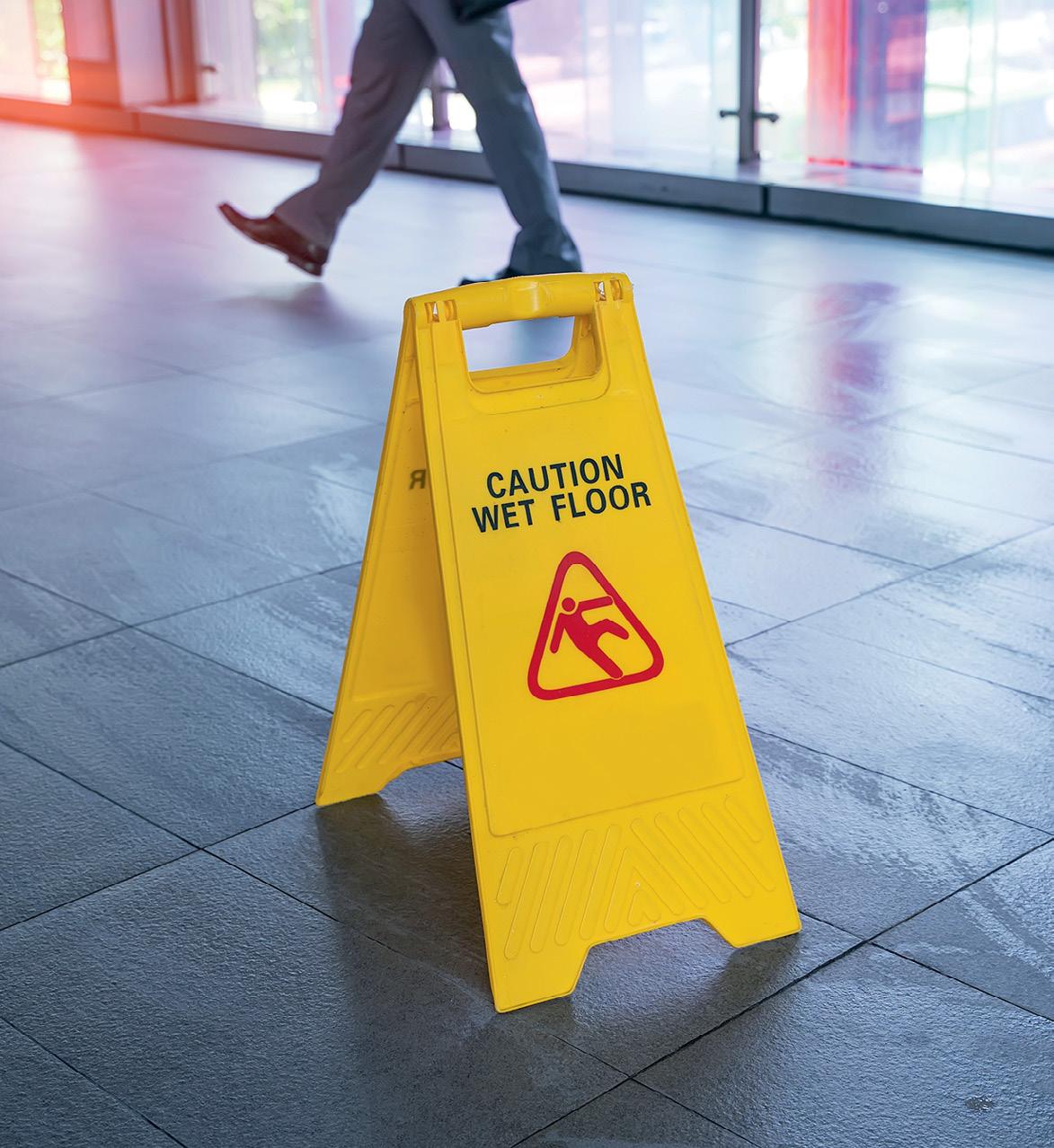
“You get someone up to speed and then they move on,” Boon says.
“Then someone else comes in and suddenly a site that has previously been well looked after looks horrible because the new cleaner lacks training. So, you’re kind of back to square one.”
The upshot is that cleaning contracts and health outcomes can be jeopardised. As New Zealand and the cleaning industry plan for a post-COVID-19 life, Boon believes this training oversight must finally be addressed.
“We can’t afford to let our standards drop now.” ■
www.crestclean.co.nz Environmental Choice Licensed Cleaning Services Find out more at crestclean.co.nz Sustainability is in our DNA CrestClean’s cleaning services meet the strict environmental criteria as set by Environmental Choice New Zealand. This helps to improve the sustainability of our cleaning services and it allows our customers to verify sustainable procurement. STRAPLINE www.incleanmag.co.nz 37
The hunt for talent
How to use data-driven strategies to attract and retain a team you trust
 Words Eric Sprague
Words Eric Sprague
The hottest topic on the planet right now seems to be how to attract and retain talent in your business.
Regardless of your industry, this is at the top of every business owner and manager’s mind. I have recently written several articles on the topic, and I always wonder when I am finished if there is really anything left for any of us to say about the matter.
It often feels like everything has been said 10 different ways by 10 different industry experts.
I think this bombardment of insights leaves everyone scratching their collective heads as to what they really should do when it comes to staffing in their organisation and hiring field technicians.
For the purposes of this article, I am going to stick to strictly hiring field technicians for the data and strategies. This is the area where I see the most pain from my consulting practice clients, and the area that generally experiences the most turnover.
38 INCLEAN NEW ZEALAND May 2023
CARPET & RESTORATION
ATTRACT AND RETAIN FIELD TECHNICIANS FROM ONBOARDING AND BEYOND

Knowing where your next field workers come from is of key importance to better understand how to get more people to your front door.
According to Why Workers Quit, a book written by Leighton Healey from restoration software company, KnowHow and based on the results of a restoration industry survey, 59 per cent of all new field workers come from a referral from an existing employee. I know that to be true from my own cleaning and restoration company. We tended to get most of our new team members from our existing crew.
This makes it imperative that you have a great culture at your company. To succeed in winning the war for talent, you must have a great place to work that values your team and places a high degree of emphasis on making sure your field technicians feel appreciated and happy at work. For your efforts you will be rewarded for years to come with a steady stream of new applicants willing to work for your company.
Once you get someone to your company and they agree to work for you, it is a must to have a smooth and well-planned-out hiring and onboarding process.
The honeymoon period of a new employee is a make-it or break-it moment for most companies. If you and your team, do it well and have a great training and onboarding process in place, the new team member will realise they have made the right choice as to which place to work for.
If you make a great first impression with your new employee, they will feel good about their choice and be more excited to work with you. Onboarding is routinely poor at most home service companies.
For many of us, it was a boss telling us to get in a van with Joe, the cranky old tech, and “watch” him until we got our own van. Then, Joe would harass us, tell us to just shut up and get out of the way until an appropriate number of days had passed, and then they would finally tell us we are on our own now.
That’s how I was onboarded when I entered the industry, and I am sure many of you reading can relate as well. The
problem is, once I became an owner, I was onboarding my new staff members with same horrible process I endured as a new tech.
Do yourself a favour, spend some time and create a proper onboarding experience for your new employees so they stick around longer.
RESPECTING EQUITY IN THE INDUSTRY FOR TECH RETENTION
Gender changes are also a big trend in hiring field technicians. In the restoration industry, only 5 per cent of technicians over the age of 30 are female.
However, for technicians below the age of 30, over 35 per cent of them are women. That is a fundamental shift
in the workforce dynamic, and I am sure if it is happening for restoration techs, it is happening in all home services industries.
Focusing on hiring female technicians could be a great separator for many companies. In fact, having female technicians is a very good fit in the cleaning and restoration industry. Many female clients would prefer to have another woman working in their home, and it may make them feel safer than a male technician in their home as well.
Women also tend to be detail oriented and have a strong skillset for making and keeping clients happy. So, start putting your thinking cap on to market your business to potential female technicians, it could be a game changer. “
www.incleanmag.co.nz 39
” CARPET & RESTORATION
Once you get someone to your company and they agree to work for you, it is a must to have a smooth and well-planned-out hiring and onboarding process.
CASHING IN ON HUMAN NATURE: GREAT TECHS RESPECT GREAT TECHS
Last is the people issue. There is an old saying that goes, “People don’t quit companies, people quit people.”
The data in Why Workers Quit certainly seems to corroborate that saying. The top response in the survey as to why field workers leave their companies is bad management.
It has been my experience in our industry that the most common path for owners and managers comes from being a technician first. That was also my experience. I found a trade I was good at and figured I could start a business doing it.
The issue with that often starts to become more noticeable as the company grows. If the owner or manager got their job because they were good at the technical
parts of the job, it does not mean they are well-trained or well-suited to lead and manage others.
For a company to thrive, the owners and managers need to get training in how to lead, good soft skills, and how to build and maintain a safe and stable work environment. I had to learn how to change my mindset regarding this.
As my service company grew, I had high turnover and many disengaged staffers. It was not until I realised, I was the problem and sought training to rectify my leadership and management style that employees stayed longer and did a much better job.
So, especially in today’s market for talent, I feel it is imperative for the management team to be engaged in ongoing training to make sure they are creating an environment people want to work within.
TECH RETENTION AND SATISFACTION ALL DEPENDS ON DATA
In summary, I don’t think there is really anything new under the sun related to attracting and retaining talent. However, if we use the data that is available to us, we can form a plan to maximise our ability to compete for talent.

As an action plan, start by first making sure you have a cool place to work that people enjoy coming to. Make sure your culture is on point and that you are always investing in the team and its mission.
If nearly 60 per cent of new field employees come from current techs, you better make sure they are happy at work.
Second, once you get someone to agree to join you, have a structured onboarding system for them to feel like they know what they are doing.
People want to go to work and feel like they are winning the day. If they do not understand what winning is, they will look elsewhere.
Third, females are increasingly joining our ranks as technicians. To intentionally attract and accommodate female team members can be a huge boon to your hiring of new talent.
Last, make sure your management team is properly trained to keep your team happy and engaged.
All the efforts in the world to attract talent will do you no good if the owner and managers run them out of town.
All of this is simple, but none of it is easy. I speak from personal experience on this matter. The problem is, there is no alternative.
It is becoming very apparent that the companies that do the best at these concepts will thrive moving forward because they are investing in what workers actually want.
The companies that shrug it off and just complain that nobody wants to work anymore will likely perish. The evidence is here, now the ball is in your court. ■
Eric Sprague has more than 25 years of managing field technicians in the home services industry. After selling his service business in 2018, he has been the co-owner and director of education at Super Tech University and is co-host of the Blue Collar Nation Podcast. This article first appeared in Cleanfax and has been republished with permission.
40 INCLEAN NEW ZEALAND May 2023
“
”
For a company to thrive, the owners and managers need to get training in how to lead, good soft skills, and how to build and maintain a safe and stable work environment.
CARPET & RESTORATION
Think clean. Experience clean


Capitalising on both of its international and local resources, ISSA, the worldwide cleaning industry association, will be putting together a two day industry event. The industry’s leading manufacturers, distributors and wholesalers will come together for information sharing, education, relationship building, cutting edge technology and product innovation.









Get in touch!

Call 1300 789 845
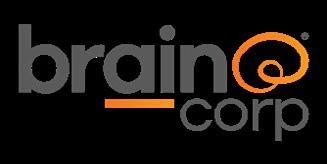

SILVER SPONSORS

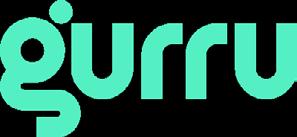

ISSA Oceania @issaexpo
info@interpoint.com.au issacleaninghygieneexpo.com
How clean are schools?
10 steps to improve cleanliness and enhance health in school facilities
Are schools clean? Based on a standardised cleanliness assessment of hundreds of schools in 2022 the answer is…kind of.
Proper cleaning in schools promotes a safe and healthy environment for children to learn. Maintaining a healthy level of cleanliness throughout the facility enhances the performance and productivity of the students, staff, and faculty.
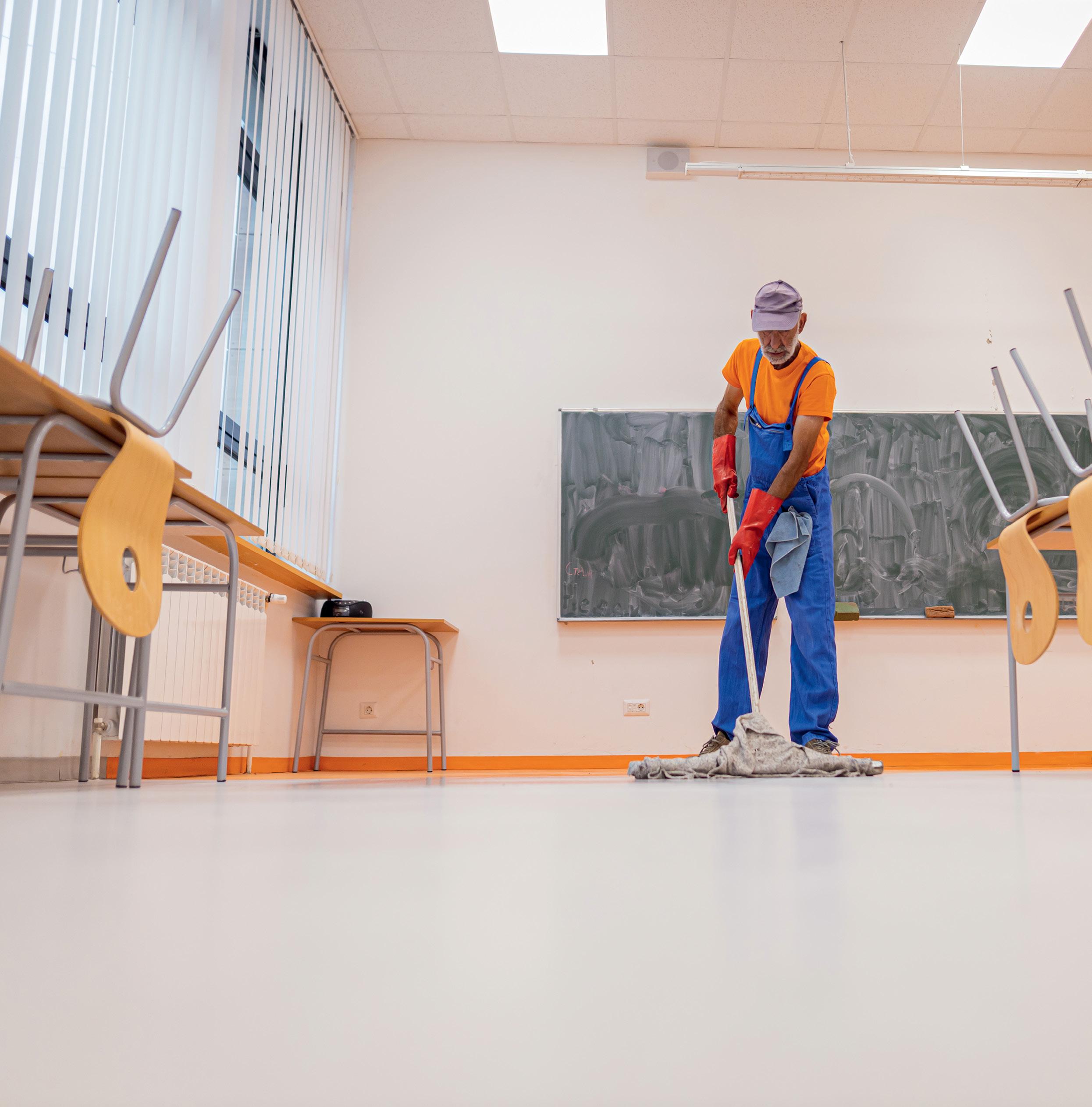
In 2022, cleaning experts with an ISSA consulting team visited and assessed the current level of health, safety, cleanliness,
and operations in both public and private schools across the US. Anyone who has ever spent time in a school knows it’s a heavily used environment, with people of all ages and backgrounds occupying building spaces daily.
The assessment turned up several common problems, including vacuums in desperate need of a filter change, custodial closets with expired and outdated products, and custodians who must multitask to complete daily tasks from raising the flag in front of the school to cleaning cafeteria seats and tables after each lunch period.
TAKE 10 FOR SCHOOL CLEANLINESS
Taking the results of the assessment into account, here are 10 improvement opportunities that can contribute to healthier and cleaner schools in 2023:
1. Treat people kindly and with respect
Treating others with respect isn’t complicated and doesn’t take a huge amount of effort. Cleaning is hard work, and parts of the job can be rather unpleasant at times. Respect starts with you. Respecting each other sets a good example for others.
OPINION 42 INCLEAN NEW ZEALAND May 2023
2. Take time to assess the situation
The last thing you want to do when a cleaning emergency suddenly pops up is let it sit there unresolved. However, when you react immediately to a problem, you’re not giving yourself time to understand it. Take a moment to pause and assess the situation. If the building is not burning to the ground, chances are you have time to take a moment to formulate a plan.
3. Develop a plan for staffing shortages and absenteeism
Absenteeism, whether it is due to planned vacations or unexpected illnesses, inevitably leaves schools shorthanded. A written plan for how to address these situations and prioritise tasks will ease the confusion of what to do when the inevitable happens.
4. Improve hiring practices
Hiring new cleaning workers is a critical part of being a leader, and it’s more complicated than simply reviewing resumes and conducting interviews. Timeliness is the key factor to improve the volume you will need in 2023.
Most people that are seeking work in the cleaning industry are likely to choose a different employer if the process takes too long. With the right hiring and onboarding process in place, you can recruit and hire the best candidates.
5. Utilise integrated cleaning systems
Cleaning isn’t about pushing dirt around; it’s about removing dirt and unwanted substances from the environment. Custodians who follow improper cleaning systems (for example, disinfecting surfaces without cleaning them first) are just moving dirt from one place to the next.
6. Track and improve tool cleaning and equipment maintenance
Having clean equipment is an important part of the cleaning process. Replacing vacuum filters, regularly laundering microfiber or other cleaning cloths, and cleaning out mop buckets help create cleaner schools and longer-lasting equipment.
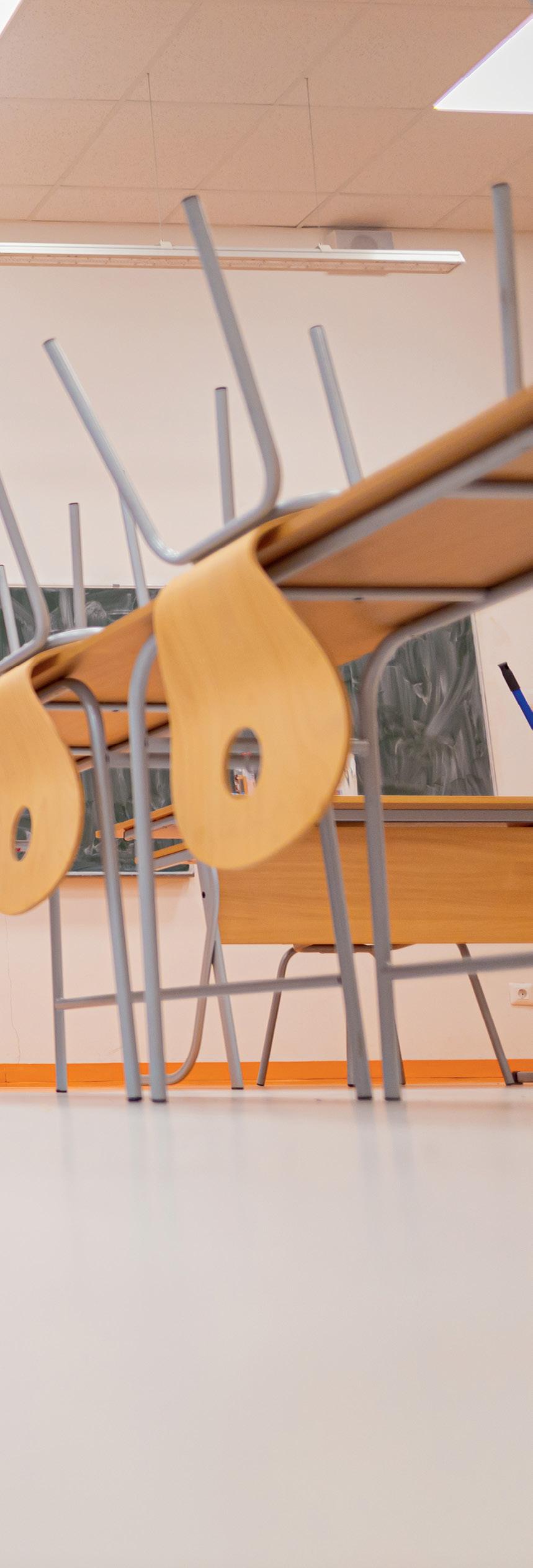
7. Reduce cross contamination
Most schools have multiple space types and uses that go beyond classrooms, such as kitchens, gyms, and restrooms. Use a colorcoded system on cleaning supplies with a different color representing each space, so custodians won’t use the same cloth to clean a restroom sink, a kitchen counter, and then a desk.
8. Upgrade cleaning tools to those with a better cleaning tolerance
Our assessment revealed old equipment in disrepair, ranging from broken and frayed cords and plugs to nonoperational batteries. In the new year, remove or repair anything that’s old and broken.
9. Develop a tight scope of work and level of service
If your organisation doesn’t have a written scope of work for which tasks get done, how often they get done, and the expected outcomes of the work, create one ASAP. Without an accurate level of service agreement, you’re setting yourself up for scope creep.
Generally, scope creep occurs when new cleaning requirements are added to the custodians’ task lists without the approval of the facility manager/department. The cleaning team is then expected to complete more tasks, deliverables, and milestones with the same amount of resources and in the same time as the original scope of work.
10. Arrange training and certification for workers
In many schools, custodial training involves no more than a few days (or hours) of pairing up with someone to learn the job. Instead, schools need to have a comprehensive training program in place that provides hands-on training with the actual tools used in the buildings.
The training should provide workers with an overall understanding of why their jobs are essential to protecting building occupants and the protocols for how and when to perform specific cleaning tasks.
Although schools are a challenging environment to keep clean, custodians’ success in this challenge is necessary to the success of the students, staff, and faculty.
If your cleaning program doesn’t generate a good outcome, it might be time for a program reset or even a full reboot in the new year. ■
Tim Poskin is the director of ISSA Consulting, providing systems integration and consulting solutions for the cleaning industry. He currently serves as chair of the ISSA Cleaning Management Institute (CMI) workloading and benchmarking committee. He can be reached at timp@issa.com.
“
Maintaining a healthy level of cleanliness throughout the facility enhances the performance and productivity of the students, staff, and faculty.
”
OPINION www.incleanmag.co.nz 43
Leadership learnings
Sarah McBride reflects on the WFBSC’s Global Executive Summit
In March, I had the privilege of attending the World Federation of Building Service Contractors’ (WFBSC) Global Executive Summit in London.
Attendees enjoyed a fantastic line-up of speakers, networking opportunities, and to top the event off, The London Cleaning Show. The summit also offered delegates the opportunity to connect with BSC industry leaders from around the world. There were many highlights (and too many to capture in one article!) but it is worth mentioning several of the key highlights.
Firstly, a presentation by Jonathan Trevor, a professor from the University of Oxford, and founder of the Praxis Network. Jonathan presented on strategic realignment to overcome disruption and improve business performance. He delved into why some companies thrive while many others struggle in our new age of disruption. He offered some thoughtprovoking insights, and some practical steps to help senior leaders everywhere overcome disruption and improve performance.
Jonathan began his presentation referencing PwC’s Global CEO Survey, which found that ‘nearly 40 per cent of CEOs think their company will no longer be economically viable a decade from now if it continues on its current path. The pattern is consistent across a range of economic sectors, including technology (41 per cent), telecommunications (46 per cent), healthcare (42 per cent) and manufacturing (43 per cent)’.
Jonathan found it difficult to understand why only 40 per cent of CEO’s held this sentiment, given the disruption of the past few years, why is this percentage
not higher? And I would agree with him. He asked a lot of great questions that business leaders need to be asking themselves consistently.
He also led a panel discussion with a small team of BSC industry leaders. Panellists included Tom Lloyd, CEO, Principle Cleaning Services; Scott Salmirs, President and CEO, ABM; and Daniel Dickson, CEO, OCS Group.
The conversation was enlightening and highlighted that many of the issues our industry faces in New Zealand are also key concerns globally. Some of the issues discussed included inflation, labour shortages, retaining and attracting workers, and as well as hybrid working models.
in a cleaning contractor; they want to understand their contractor’s social values.
They were all in agreeance that “disruption creates opportunity”, your business planning must be based upon the next three to five years. Delegates were advised to address disruption and not ignore it, and encouraged to look for the opportunities that are going to lead to growth, “never being reliant upon one sector”. “Diversity in your portfolio is essential to survival. It is critical to have a clear vision for your business’s future direction.”
Robotics and technology was another interesting topic. Some attendees remarked their customers aren’t ready for it, while those on the panel stated that they believe there is a place for it in the market. Another topic that stood out was the discussion on leadership and the flow-on effect it has on company culture.
ESG (environmental, social, and corporate governance) was also a key topic discussed. Panellists discussed how customers now want to understand what their commercial cleaning contractor is doing to address these topics and contribute to positive change. One panellist reported that they were recently presented for a $50 million tender, and for the first time, an ESG manager was weighing in on the decision process. It is evident that customers are not simply interested
One panel member stated that “leaders need to set the tone day in and day out”. They all agreed that we are now in an ‘employee’s market’ and leaders need to give their people reasons why they should continue to work for them. Overall, the group was positive about the future of the commercial cleaning industry, noting the importance of continuing to educate customers on the importance of the industry’s work.
Attending this event reminded me of the importance of having a collective group that represents an industry. Industry collaboration and knowledge sharing only strengthens our collective voice as we look to the future. ■
 Sarah McBride is CEO of the Building Service Contractors of New Zealand (BSCNZ)
Sarah McBride is CEO of the Building Service Contractors of New Zealand (BSCNZ)
“
Industry collaboration and knowledge sharing only strengthens our collective voice as we look to the future.
”
44 INCLEAN NEW ZEALAND May 2023 OPINION
Pullman Commander PV900 Backpack Vacuum Cleaner
The Pullman Commander PV900 Backpack Vacuum Cleaner is specifically engineered to provide optimal comfort for users in any commercial environment. It boasts a pioneering three-level height adjustment system, cutting-edge antivibration technology, and top-of-the-line HEPA13 filtration, all of which prioritise the user’s health and comfort. The vacuum also offers customisable suction strength through eco and turbo modes and can quickly convert into a powerful blower. With an 18m detachable extension cord, this vacuum is suitable for commercial use across a range of different locations and scenarios.
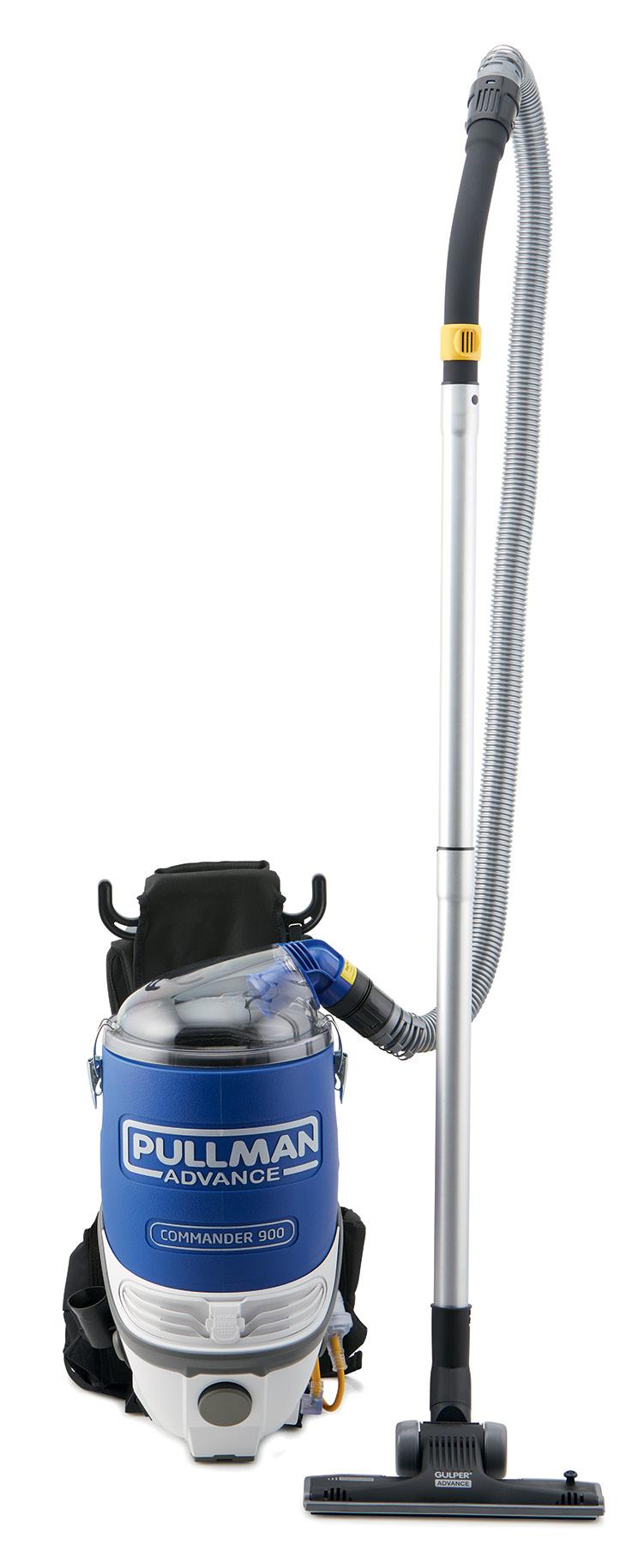
Godfreys Commercial
0800 282 288
www.godfreys.co.nz

Speedy Clean Wipes
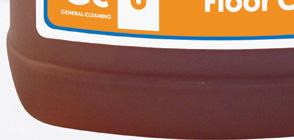
Speedy Clean Wipes are excellent ready-to-use hospital-grade, anionic neutral detergent wipes. Ideal for cleaning surfaces and equipment in health-related environments. The single-use application improves infection control by avoiding cross-contamination.

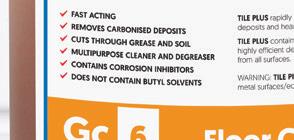

Speedy Clean Wipes are pleasantly perfumed and fast drying, leaving surfaces streak free after cleaning. Speedy Clean Wipes are designed for use in healthcare facilities including hospitals, general practices, aged care, and dental facilities.
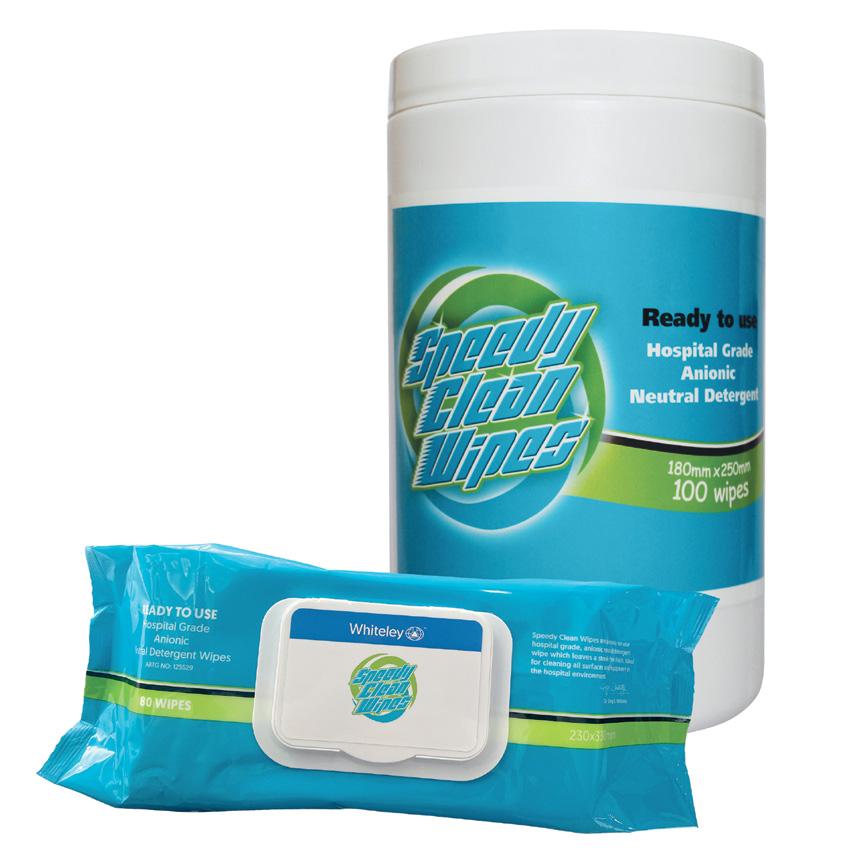
Whiteley Corporation
0800 257 352
marketing@whiteley.co.nz
Sanitol Jade
Sanitol Jade is a uniquely formulated antibacterial hand sanitiser designed to prevent the spread of harmful germs. Sanitol Jade has a rapidly acting formula that kills 99.99 per cent of germs – protecting you against a range of potentially unsafe microorganisms. Sanitol Jade is an effective component of a personal hygiene program and its scientifically advanced formula is gentle on all skin types.

Benefits:
• Contains natural emollients to replenish the skin’s lipids – leaves hands feeling soft, smooth, and revitalised

• Natural skin conditioners and light pleasant fragrance – ideal for all ages to use
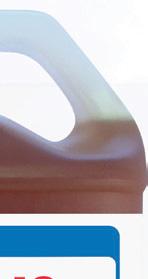
• A refreshing gel that kills germs without the need for water


Whiteley Corporation




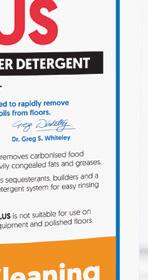

0800 257 352
marketing@whiteley.co.nz
www.incleanmag.co.nz 45 PRODUCTS
TGB4045 Walk Behind Battery Scrubber
The TGB4045 is the classic Numatic TwinTec 24V battery model, and now the most popular worldwide. Created by professionals for professionals, every part is designed to combine the best in functionality and reliability. With fully sealed gel batteries, this model allows for less maintenance and ensures the highest standard of operational life. Wet spills are no problem, the Twinflo Vacuum Motor provides exceptional wet pick-up. It’s super simple to use, with one on/off trigger control, and onboard charging. Even the brush and pad changing is easy as pie, with the Structofoam tilting brush deck. Talk to the Proquip team today!
Proquip New Zealand
www.proquipnz.co.nz
RapidClean RC1 Battery Scrubber
The RapidClean RC1 Scrubber has a 360°swivel point for exceptional manoeuvrability and control fitted with a heavy-duty by-pass vacuum motor providing effortless cleaning in all applications. RC1’s smart mounted dashboard clearly displays power and battery usage and allows you to independently control water, vacuum and speed settings. Other key features:
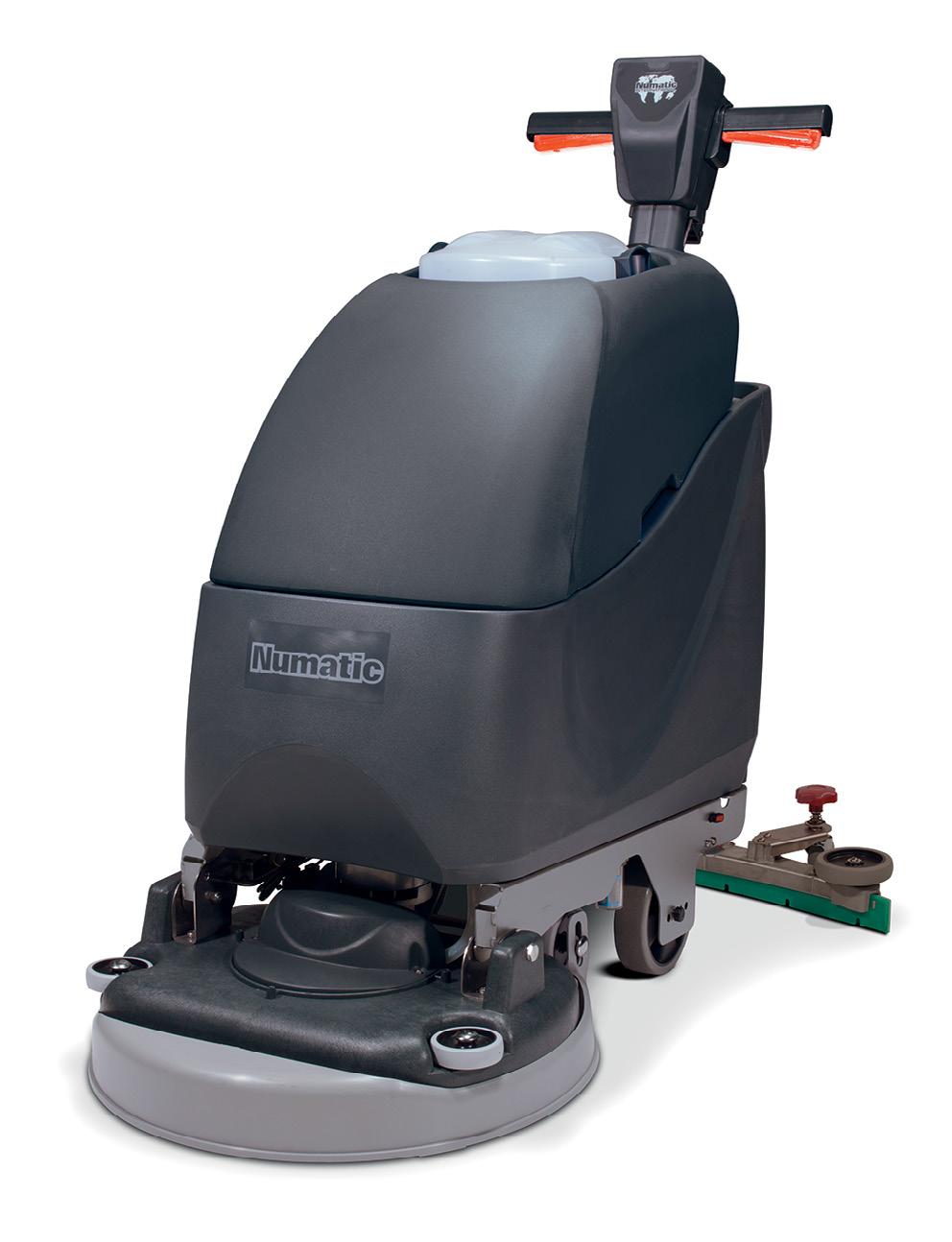
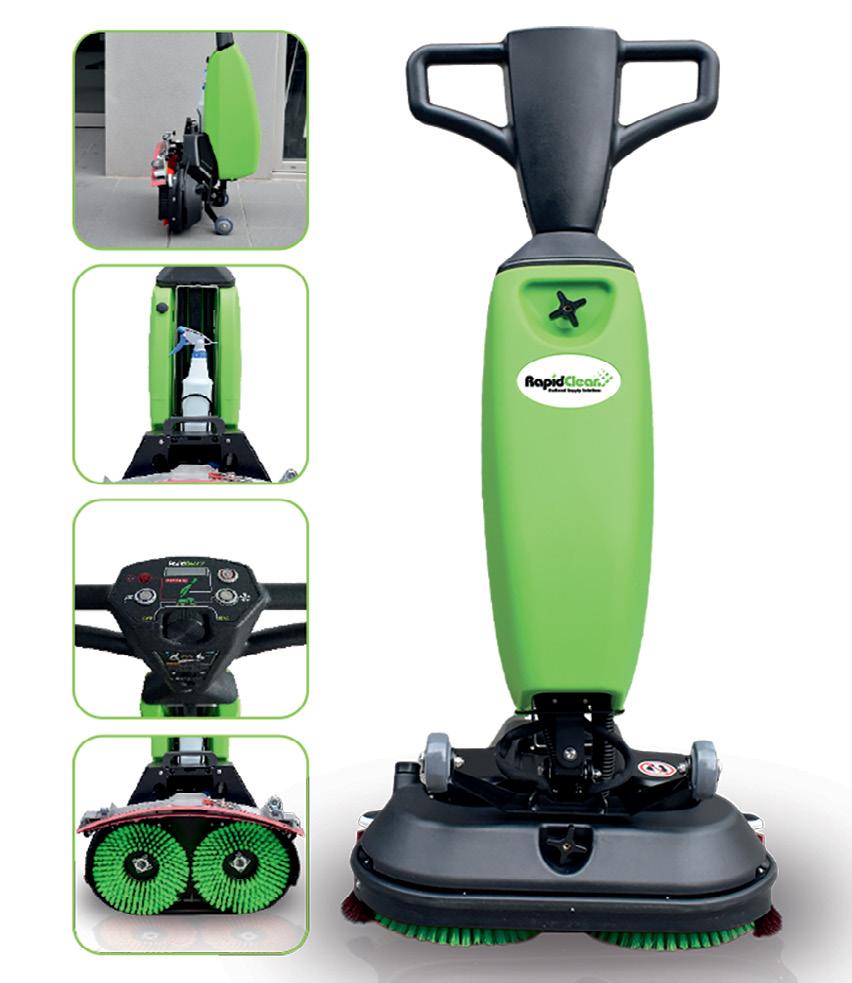
• 500mm operating width
• Up to 80 minutes run time
• Clean up to 1200m2
• Lithium-Ion battery technology
• 2.5-hour fast charger
• 150w by-pass vacuum motor
• 2x 250w 330RPM drive motors
• 28kg brush pressure
• 3-litre clean water/3.5-litre recovery tank capacity
• Quick release squeegees front and rear
• Compact folding design for transport and storage
*RC1 Scrubber available from June 2023
RapidClean New Zealand
0508 727 433 sales@rapidclean.co.nz www.rapidclean.co.nz
Viraclean
Viraclean hospital-grade disinfectant is proven to kill a wide range of bacteria and viruses such as SARS-CoV-2 (COVID-19), influenza virus, hepatitis B group virus, VRE, MRSA and more. Viraclean can be used on floors, desks and high-touch areas, such as door handles, railings, workstations and telephones. Viraclean is user-friendly- and has a pleasant lemon fragrance. It’s available in ready-to-use squeeze-on and spray-on formats and has great materials compatibility.
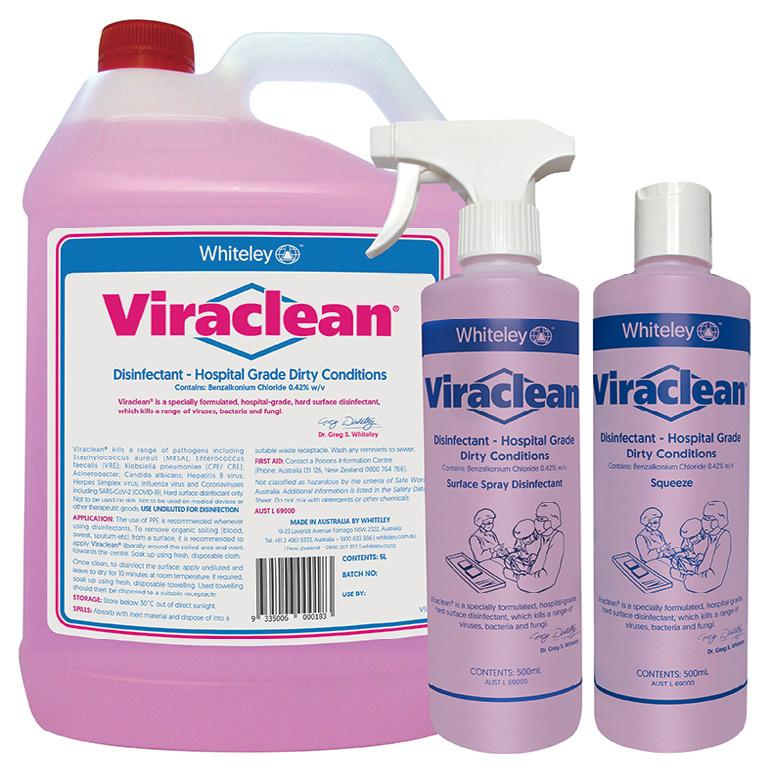
• Proven to kill SARS-Cov-2 (COVID-19) in 60 seconds
• Excellent materials compatibility
• Preferred hospital-grade disinfectant in Australia and New Zealand Whiteley Corporation
0800 257 352
marketing@whiteley.co.nz
46 INCLEAN NEW ZEALAND May 2023 PRODUCTS
COMPLIMENTARY RESOURCES FOR YOUR BUSINESS


Enjoy complimentary tools like Product Cost & Usage Calculator, Workloading & Bidding Tool, The Value of Clean Toolkit to take your business to the next level.

LOCAL
The ISSA Oceania team is working with a number of local service providers to provide members with exclusive discounts to relevant services.


FOUNDATION OF EXPERTISE
Share in our vision, mission, values and goals. Together we can change the way the world views cleaning.

MEMBER
Get featured in the online listing of all members which attracts over 15,000 clicks per month and provides access to all company profiles.

TRENDS
Gain valuable market analysis both regionally and globally.
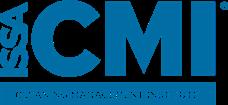



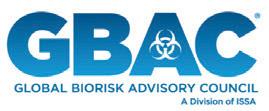
GLOBAL

TOGETHER WE CHANGE THE WAY THE WORLD VIEWS CLEANING! JOIN NOW! EVENTS & TRADE SHOWS Benefit from networking events and global trade shows, including the Australian ISSA Cleaning & Hygiene Expo. issa.com/oceania oceania@issa.com 1800 621 872 Search ISSA Oceania ISSA OCEANIA MEMBER BENEFITS JOIN TODAY! issa.com/oceania oceania@issa.com 1800 621 872 Search ISSA Oceania EDUCATION, CERTIFICATION & STANDARDS Take your operation to the next level with industry-leading training, education programs and accreditation, customised to the needs of Australian and New Zealand businesses.
NEWS
on the front foot with INCLEAN and INCLEAN New
magazines,
publications
Today
INDUSTRY
Be
Zealand
international
like ISSA
and Cleanfax, online news and ISSA TV.
NETWORK
your business to the ISSA Group, international
Expose
office networks and alliances.
DIRECTORY
& INSIGHTS
MEMBER BENEFITS
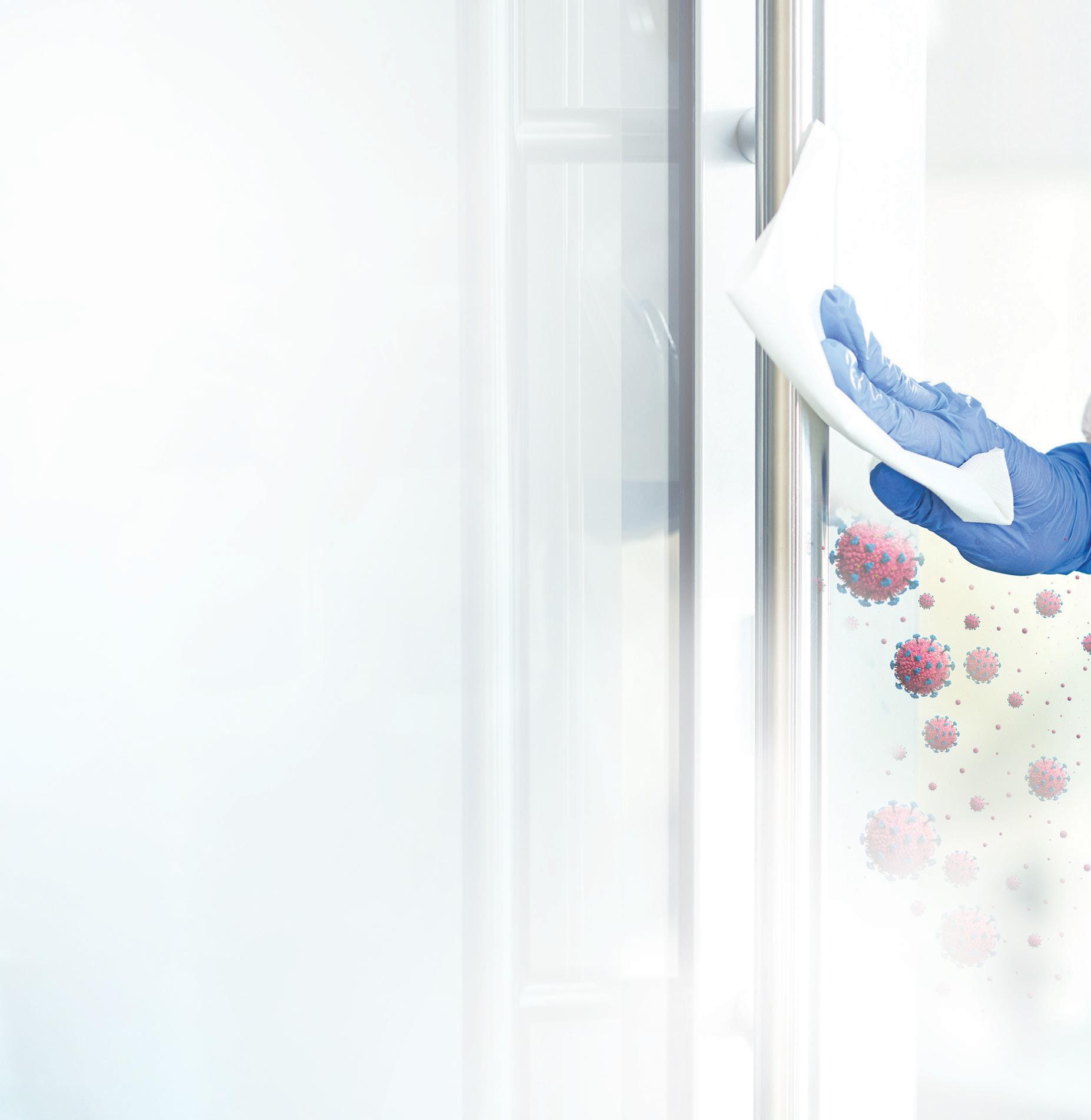


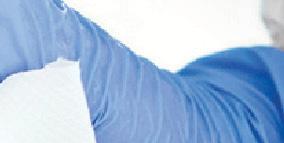


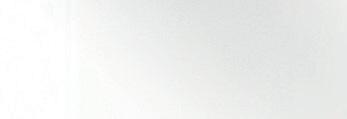











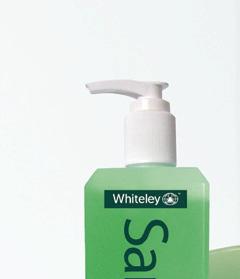
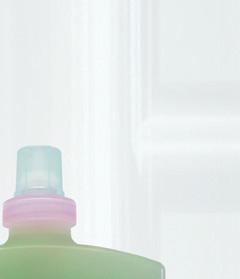
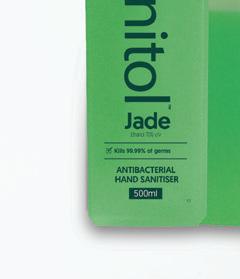





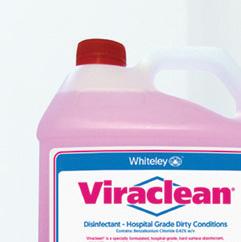






www.whiteley.co.nz





































































































 Words Cameron Cooper
Words Cameron Cooper














































 Words Cameron Cooper
Words Cameron Cooper




 Words Eric Sprague
Words Eric Sprague





















 Sarah McBride is CEO of the Building Service Contractors of New Zealand (BSCNZ)
Sarah McBride is CEO of the Building Service Contractors of New Zealand (BSCNZ)


























































